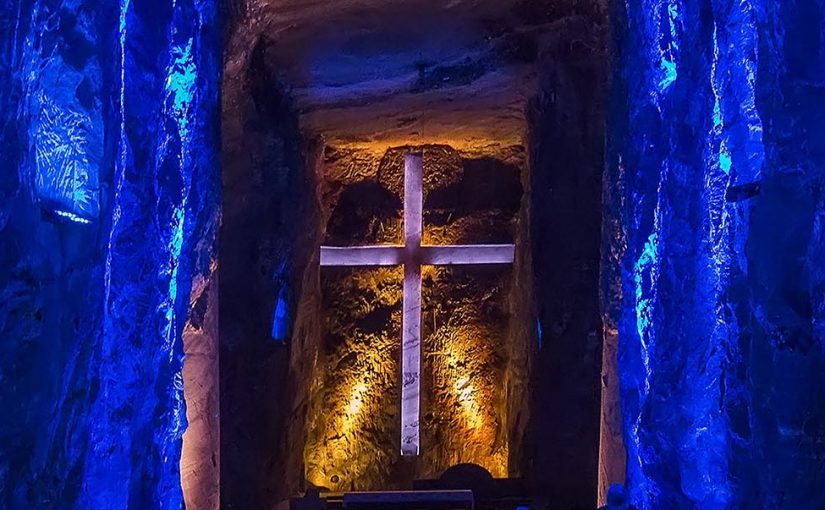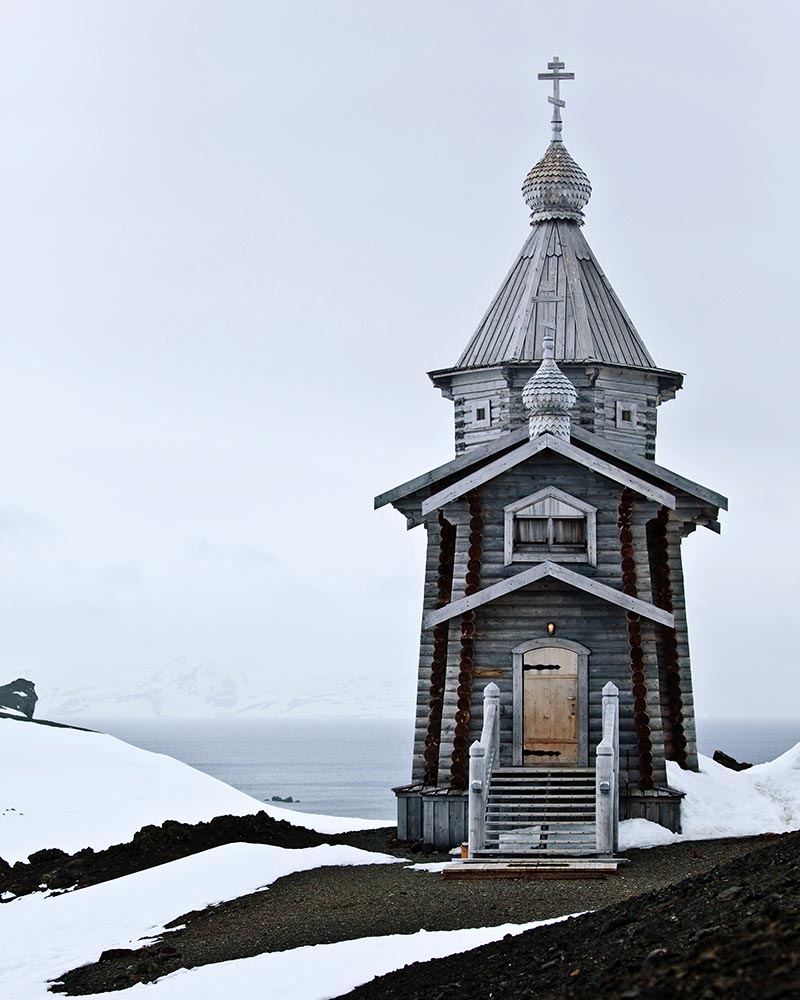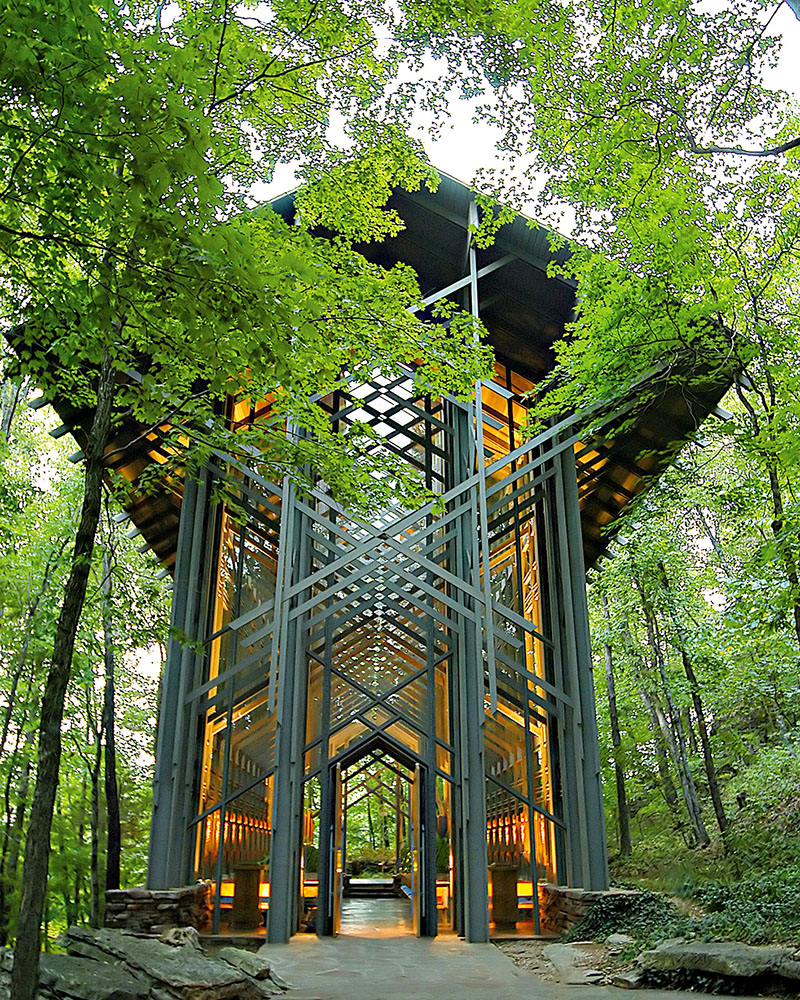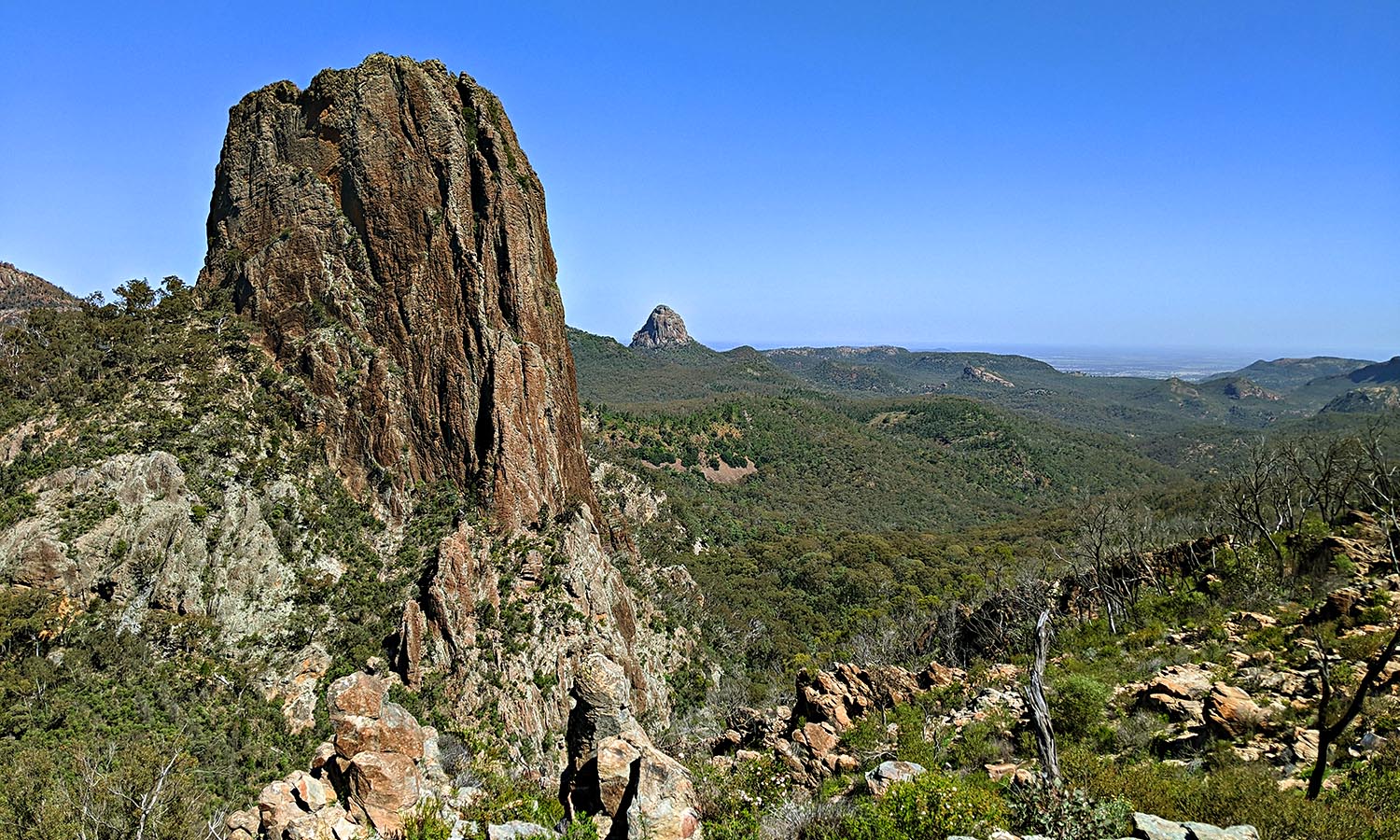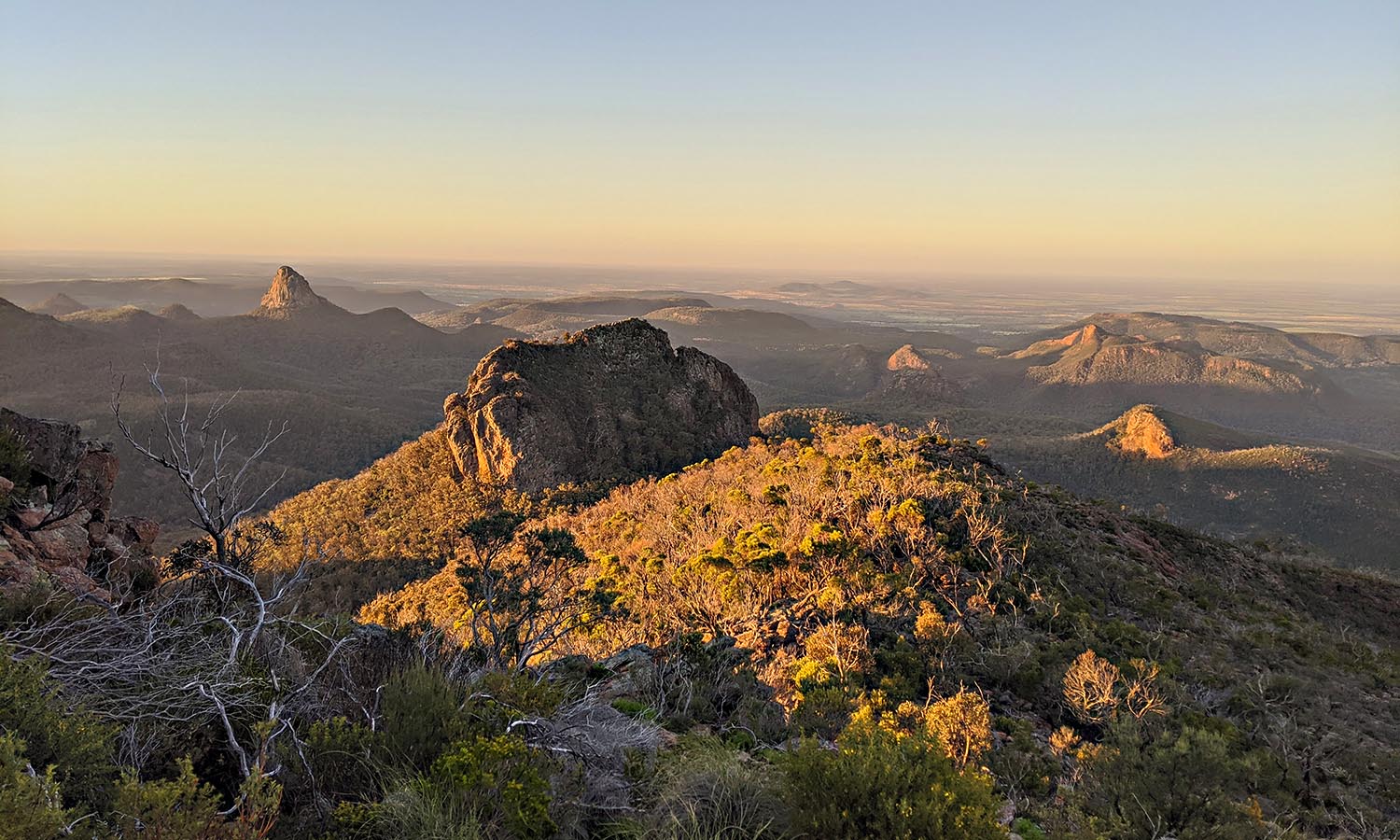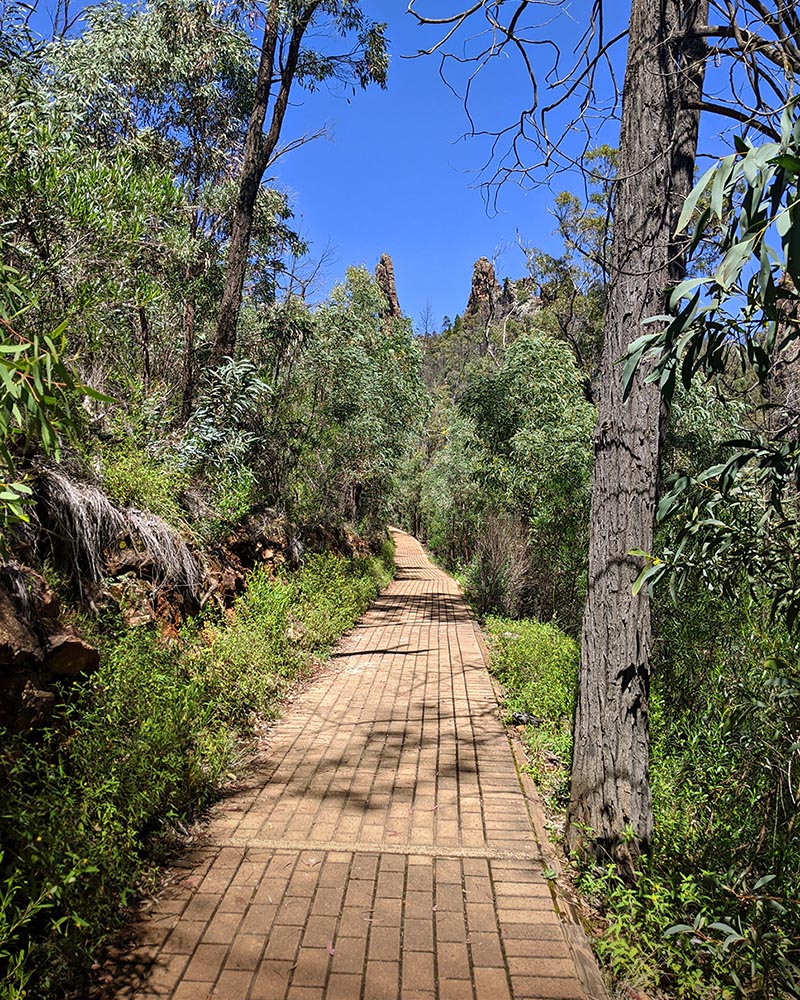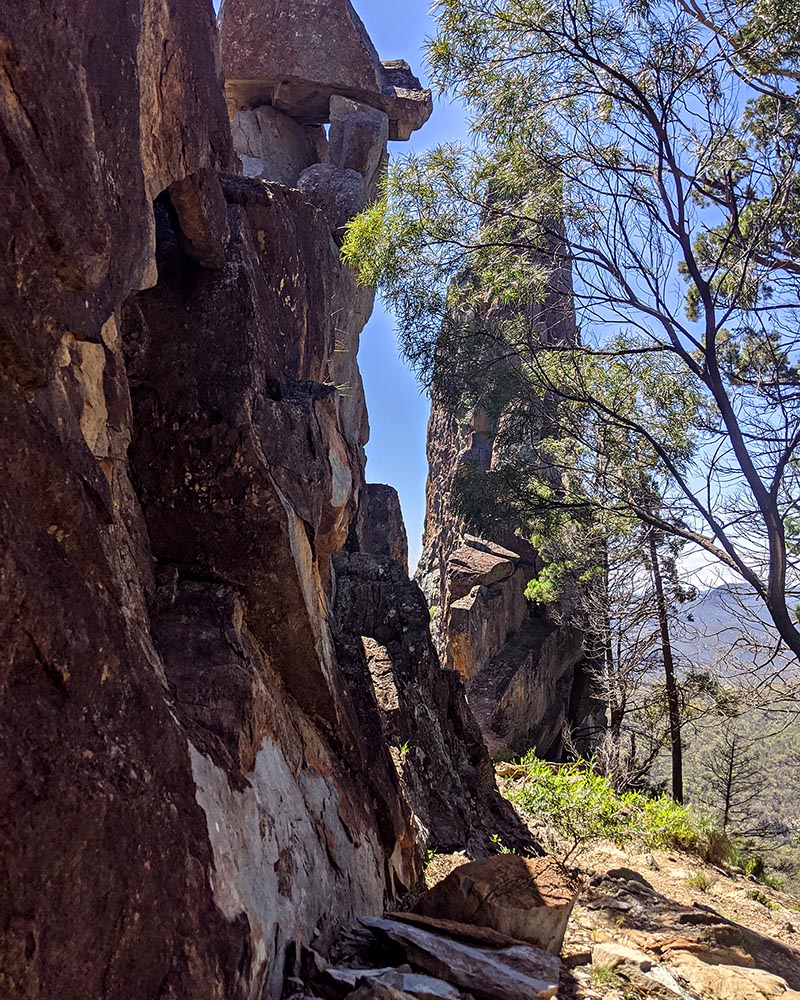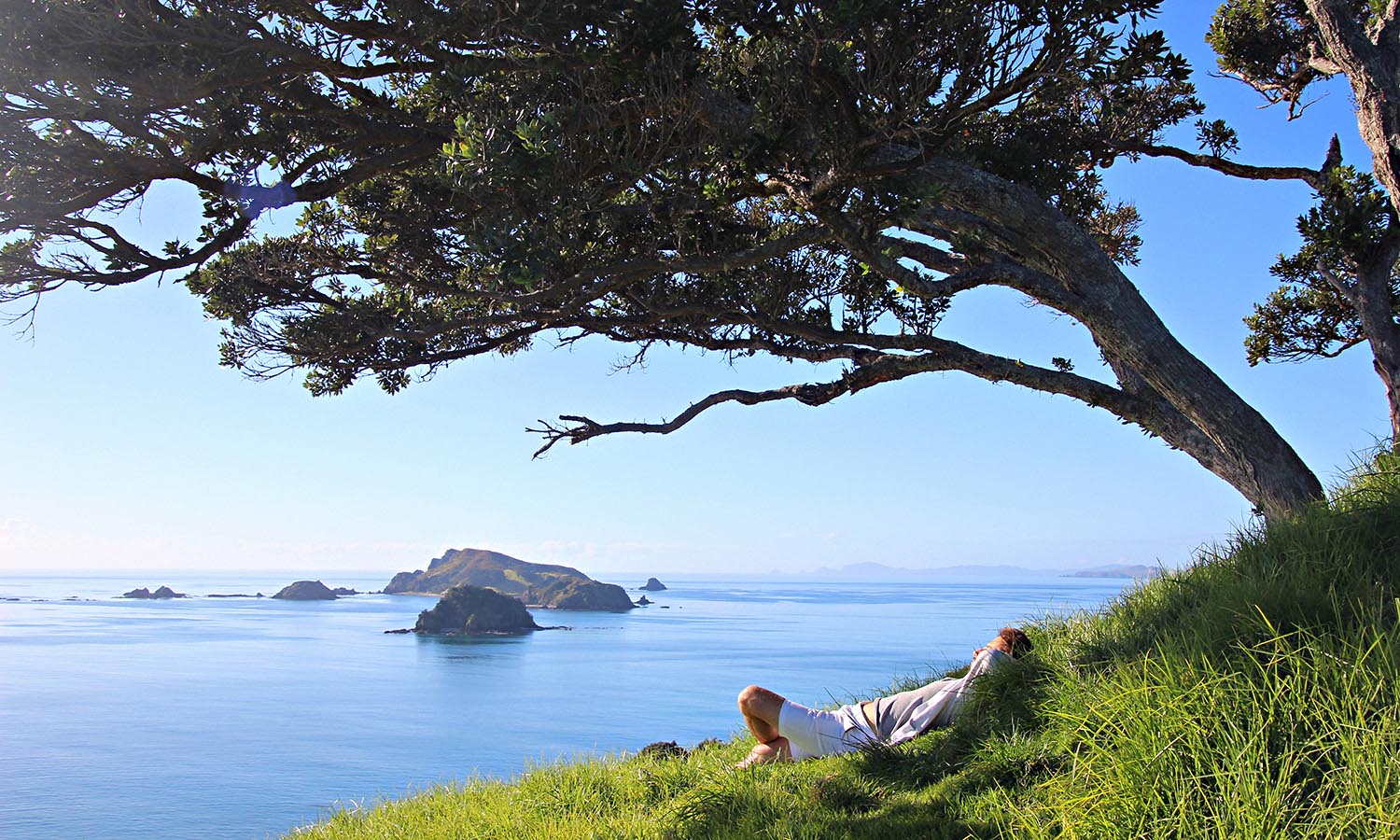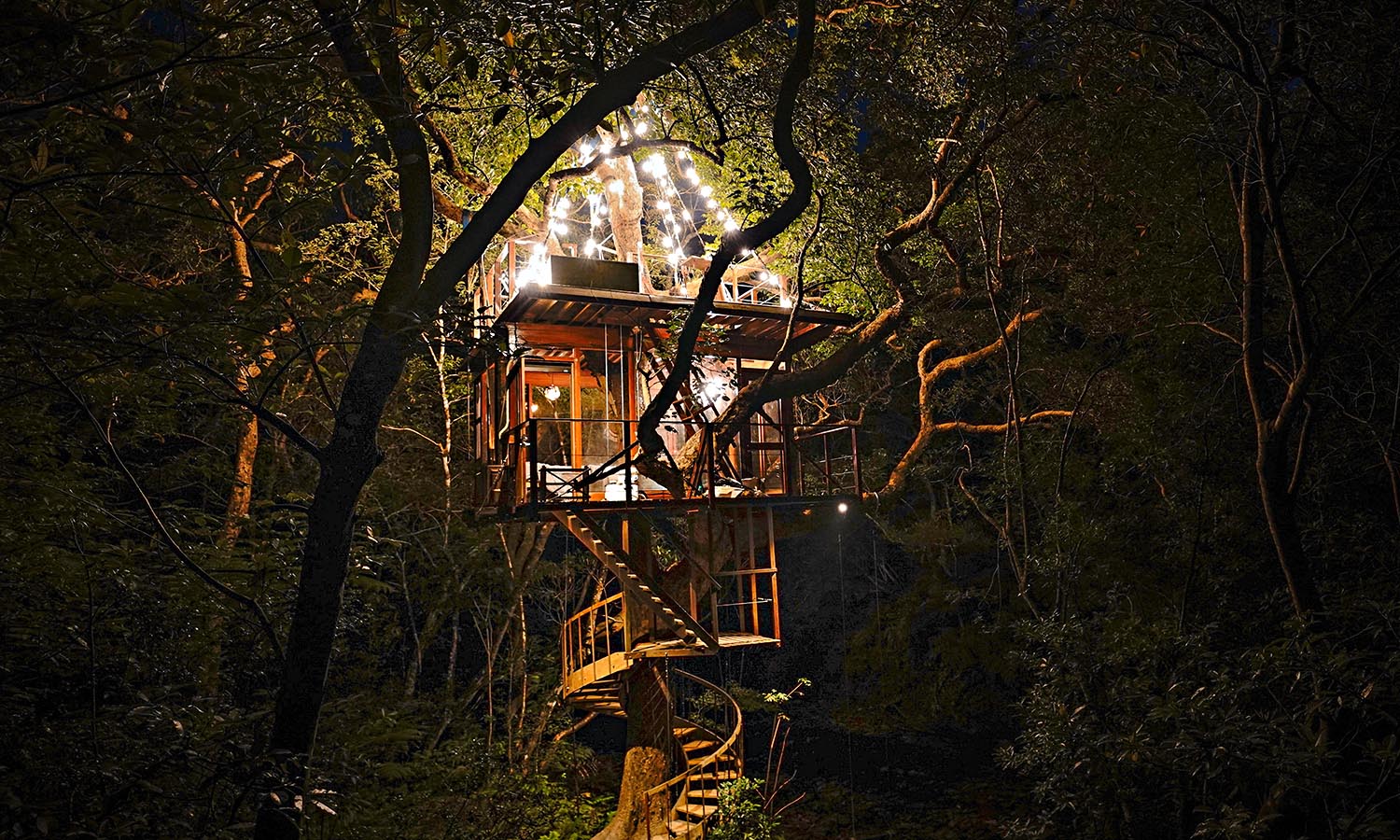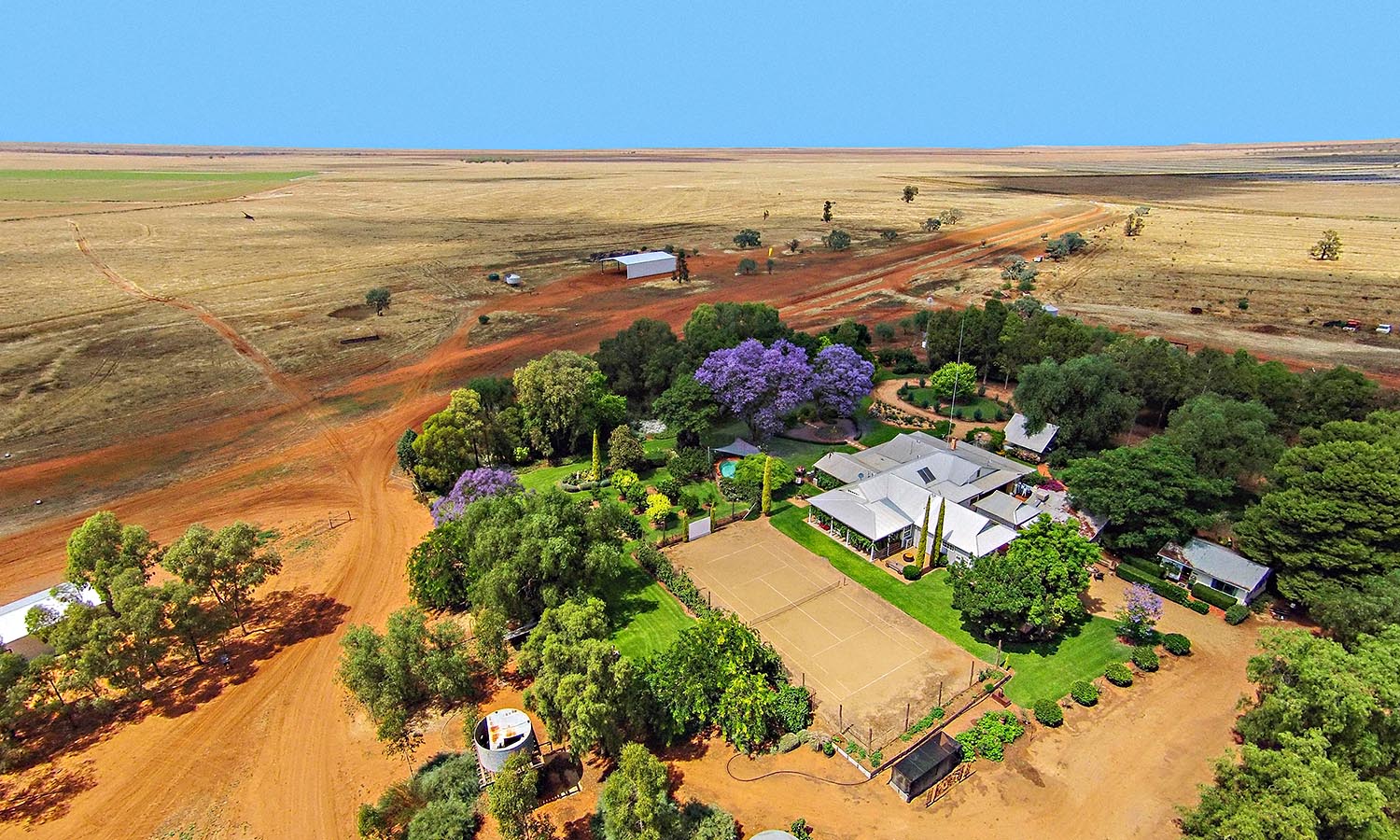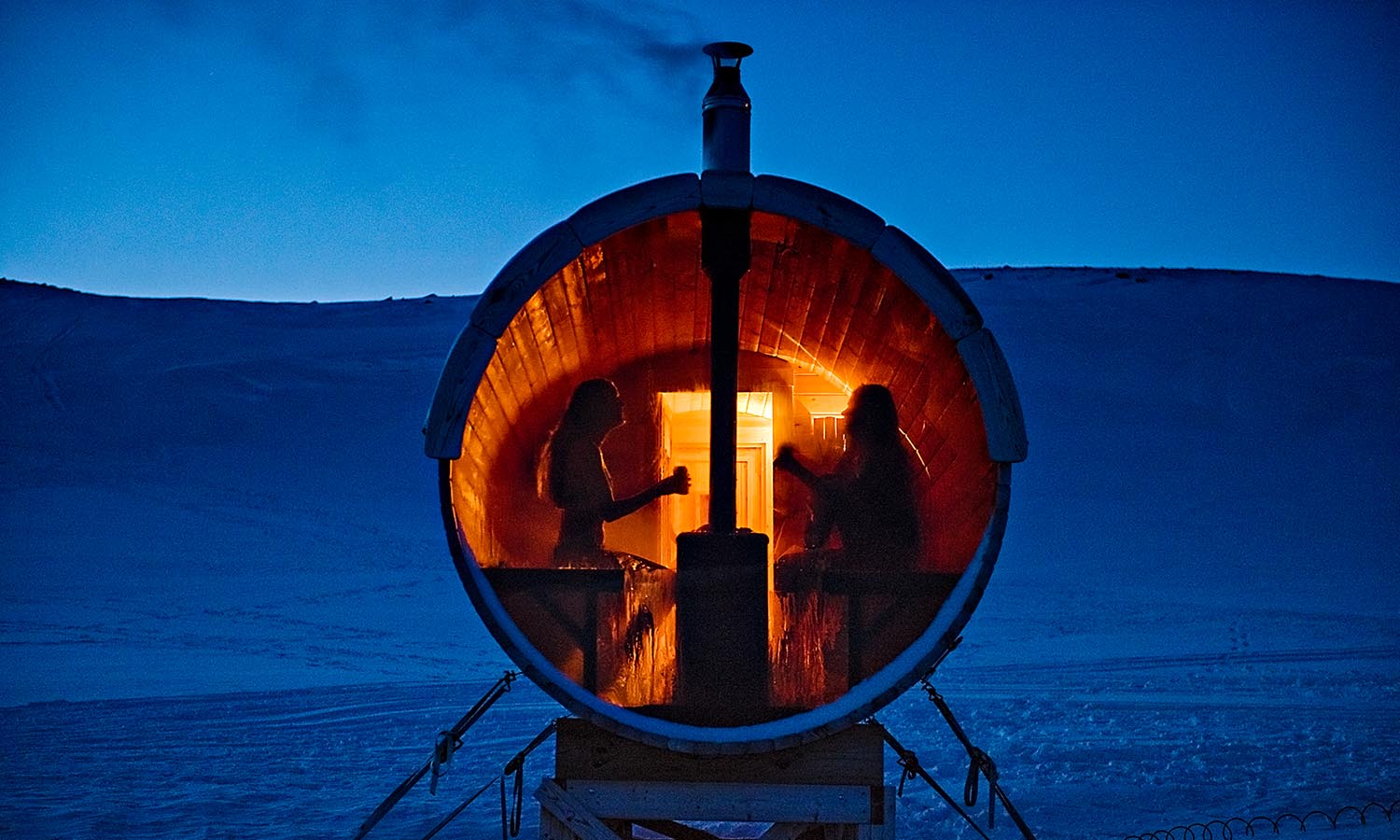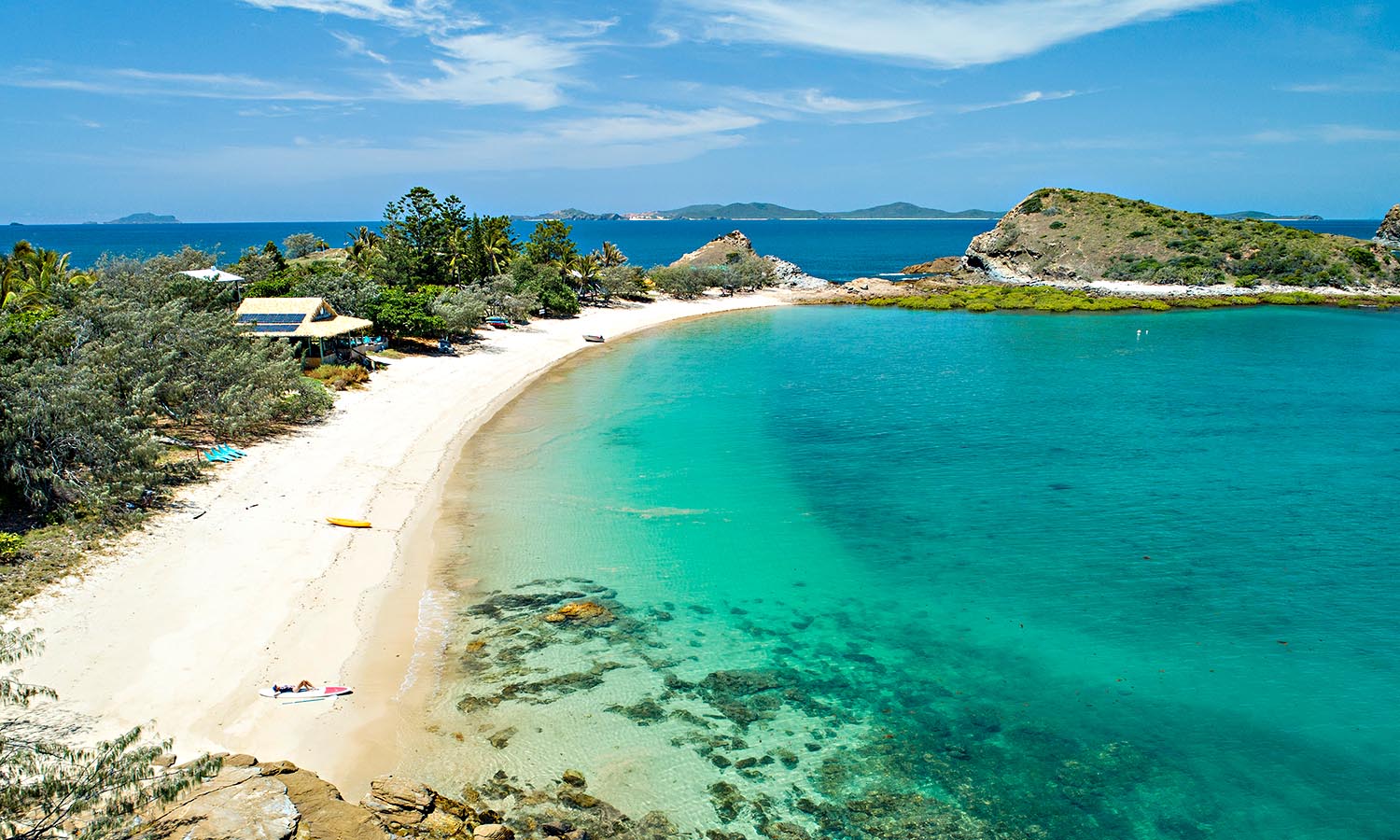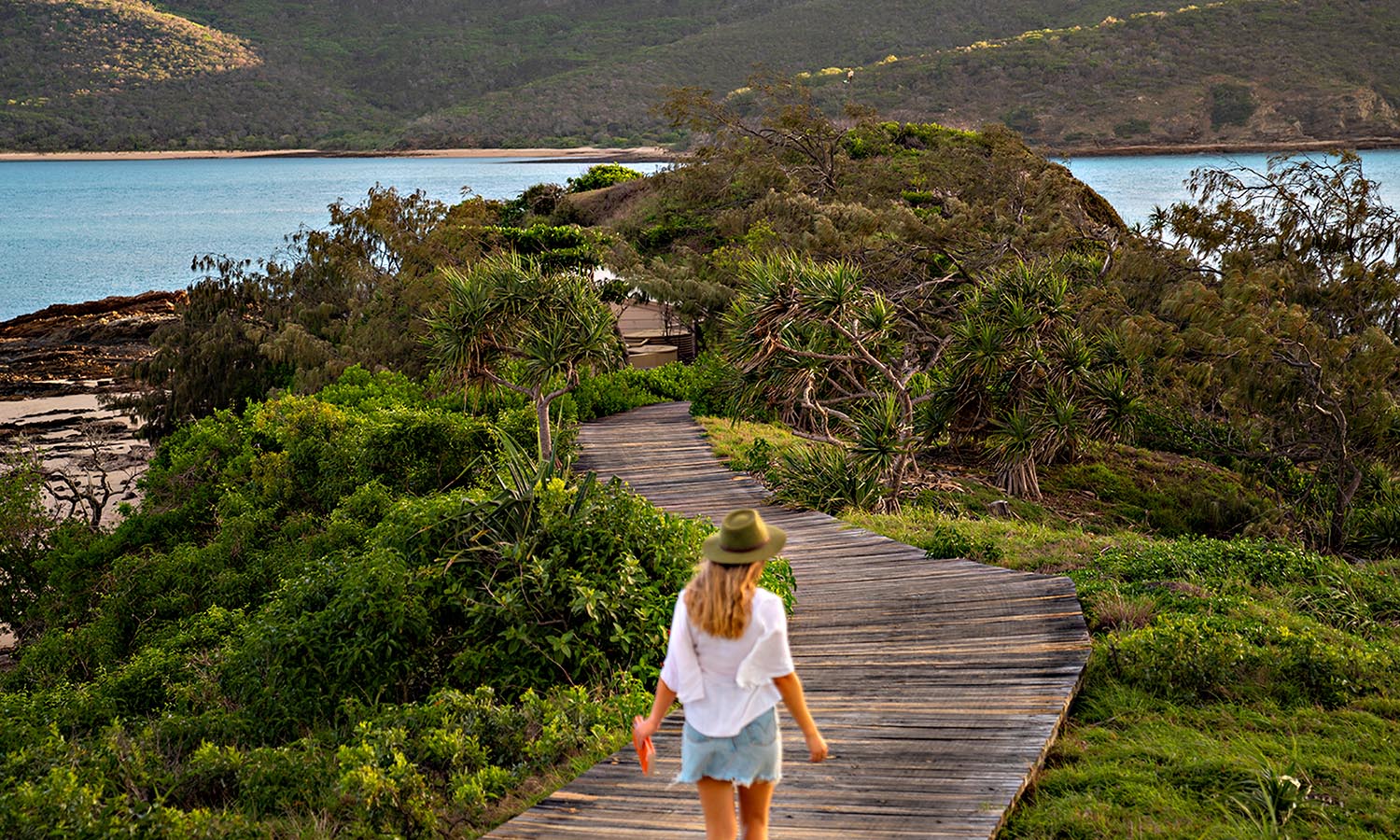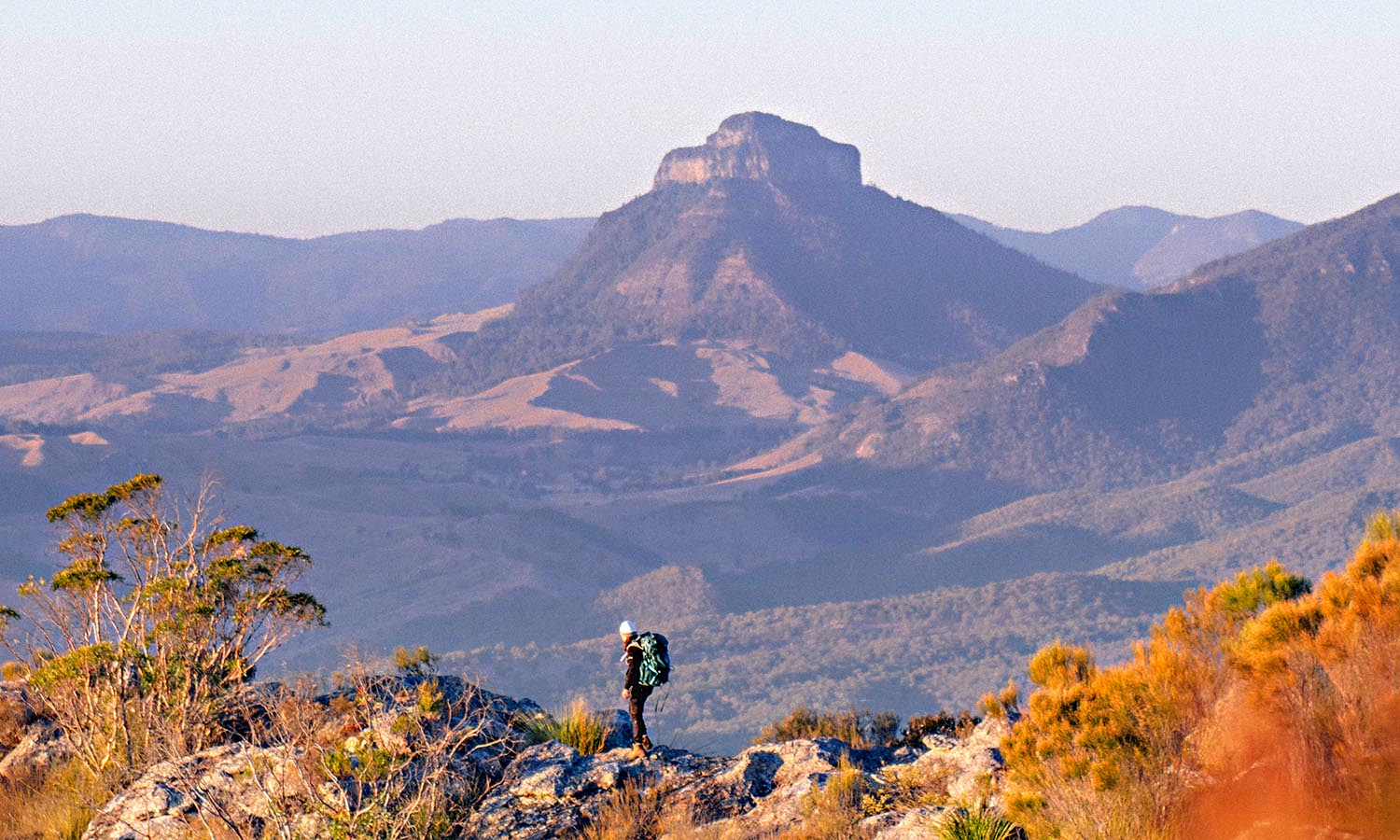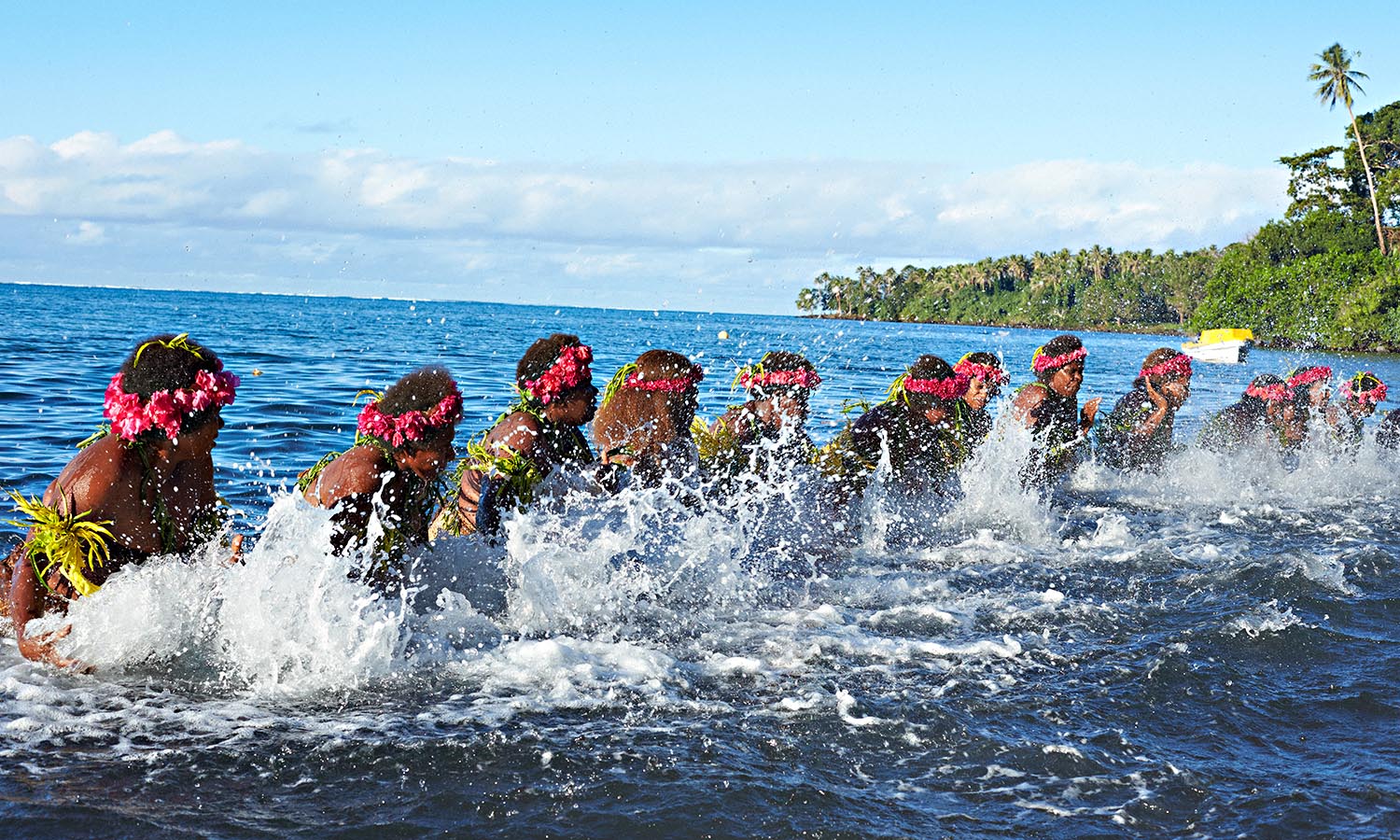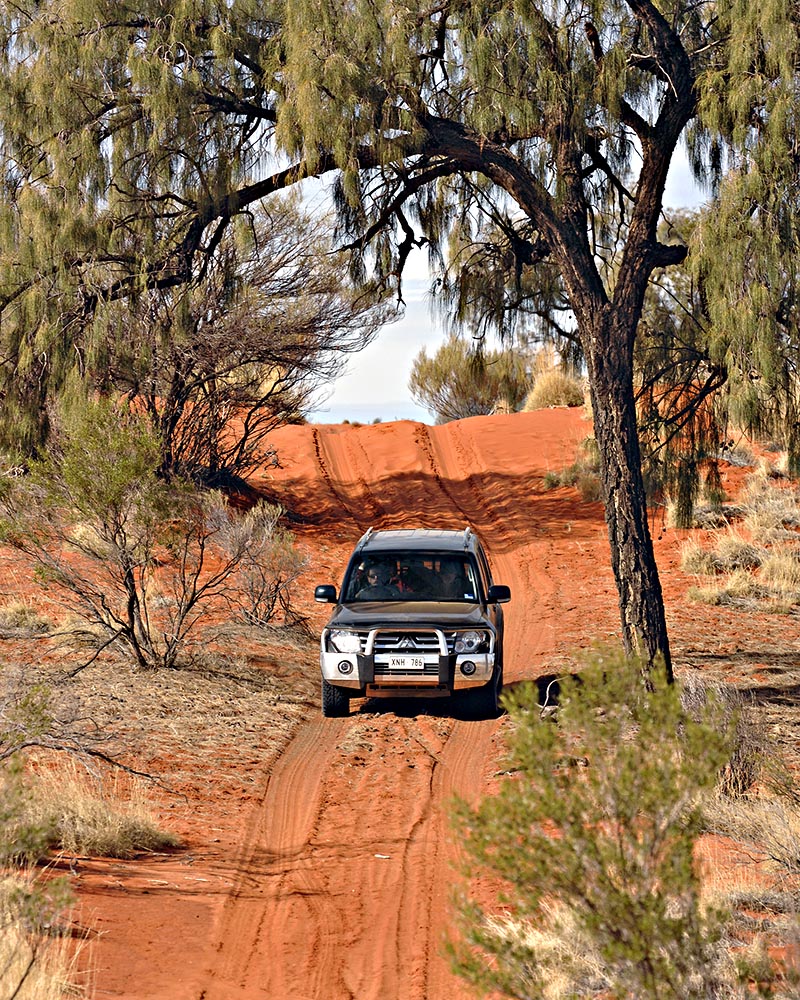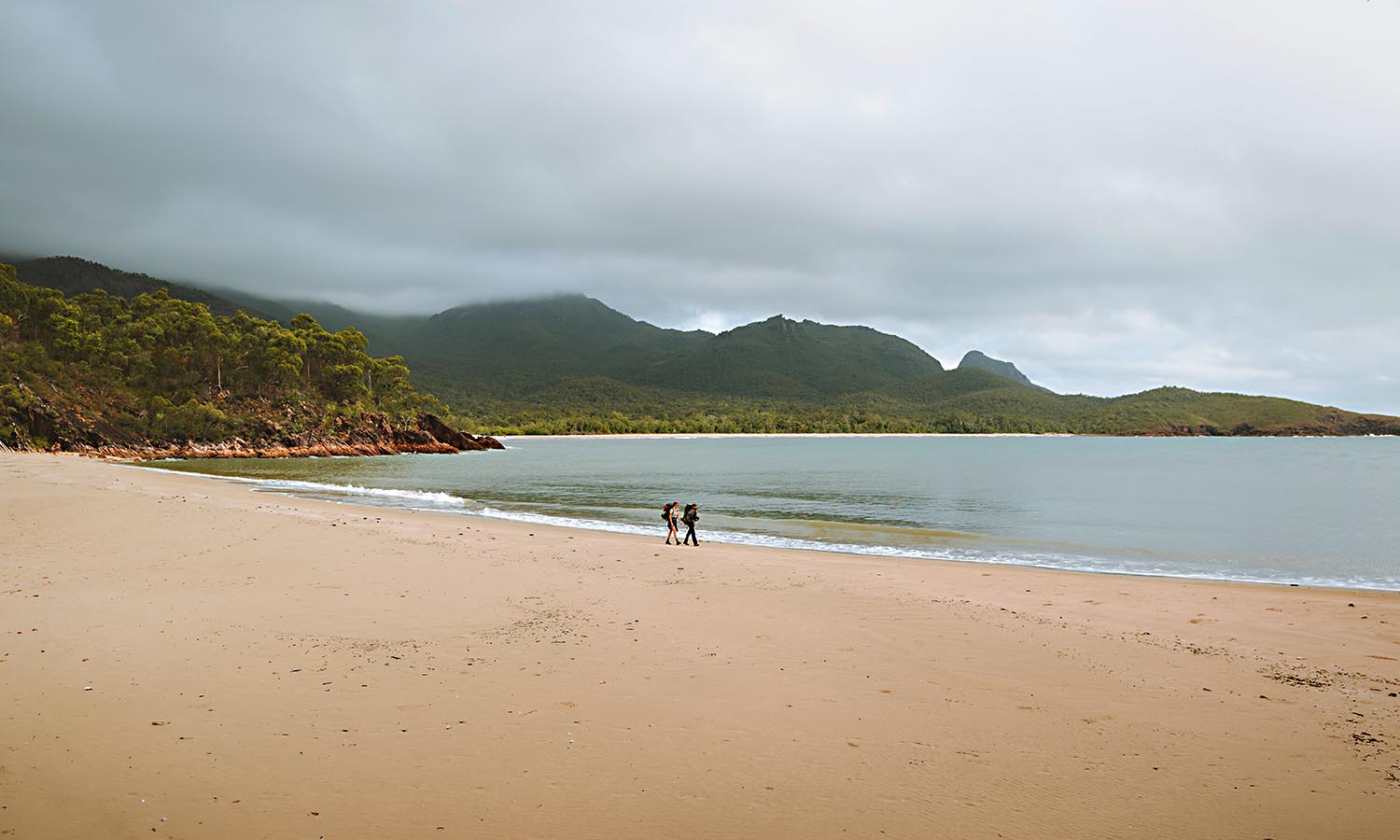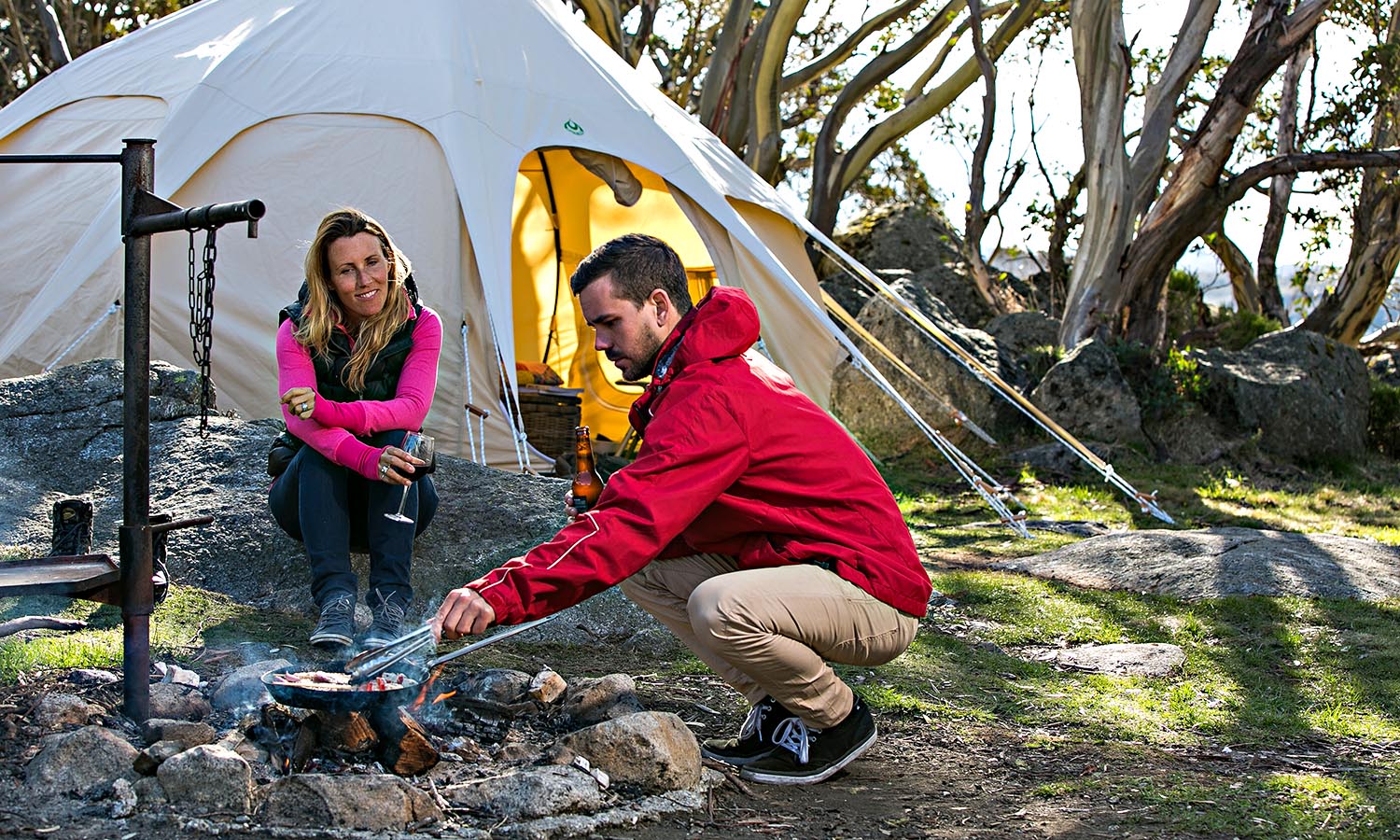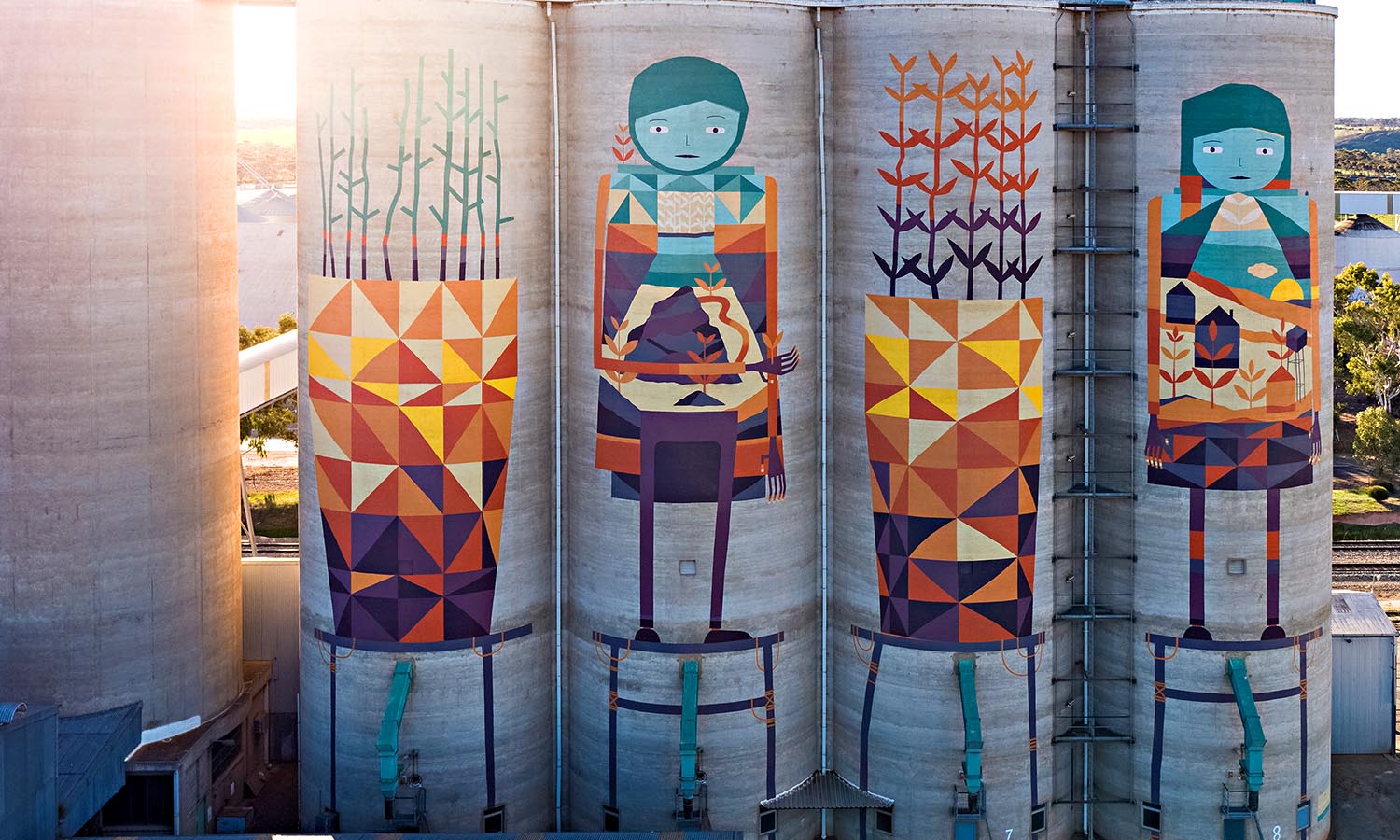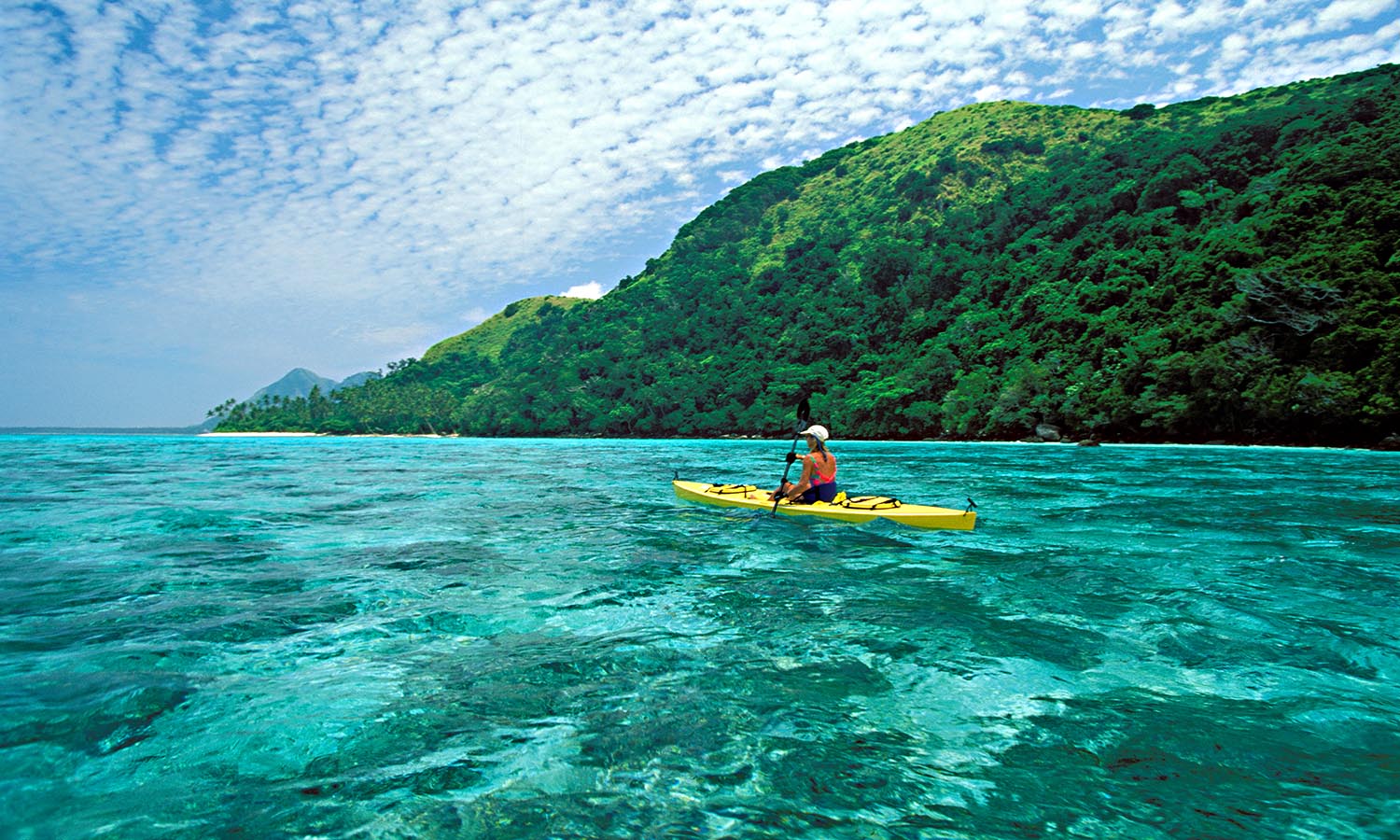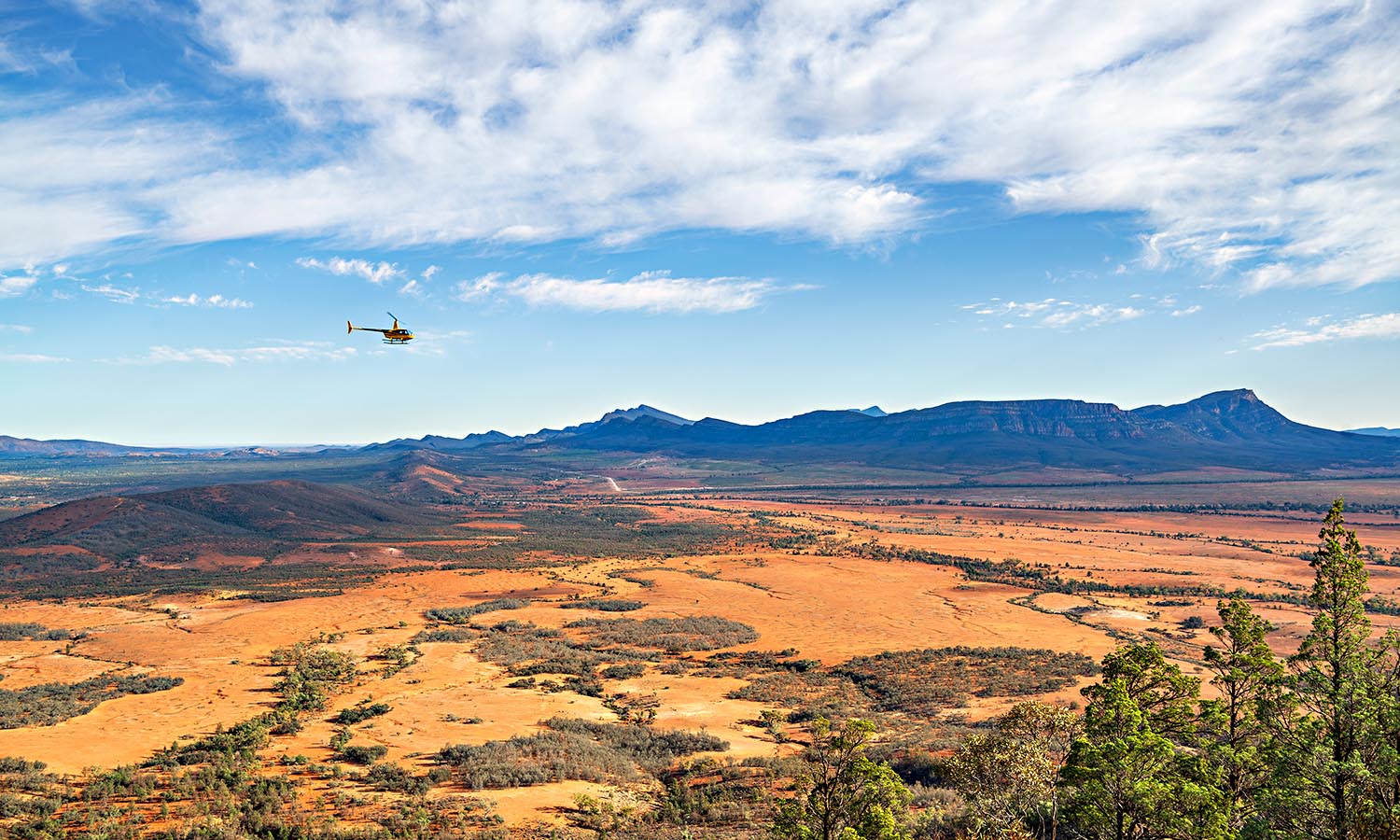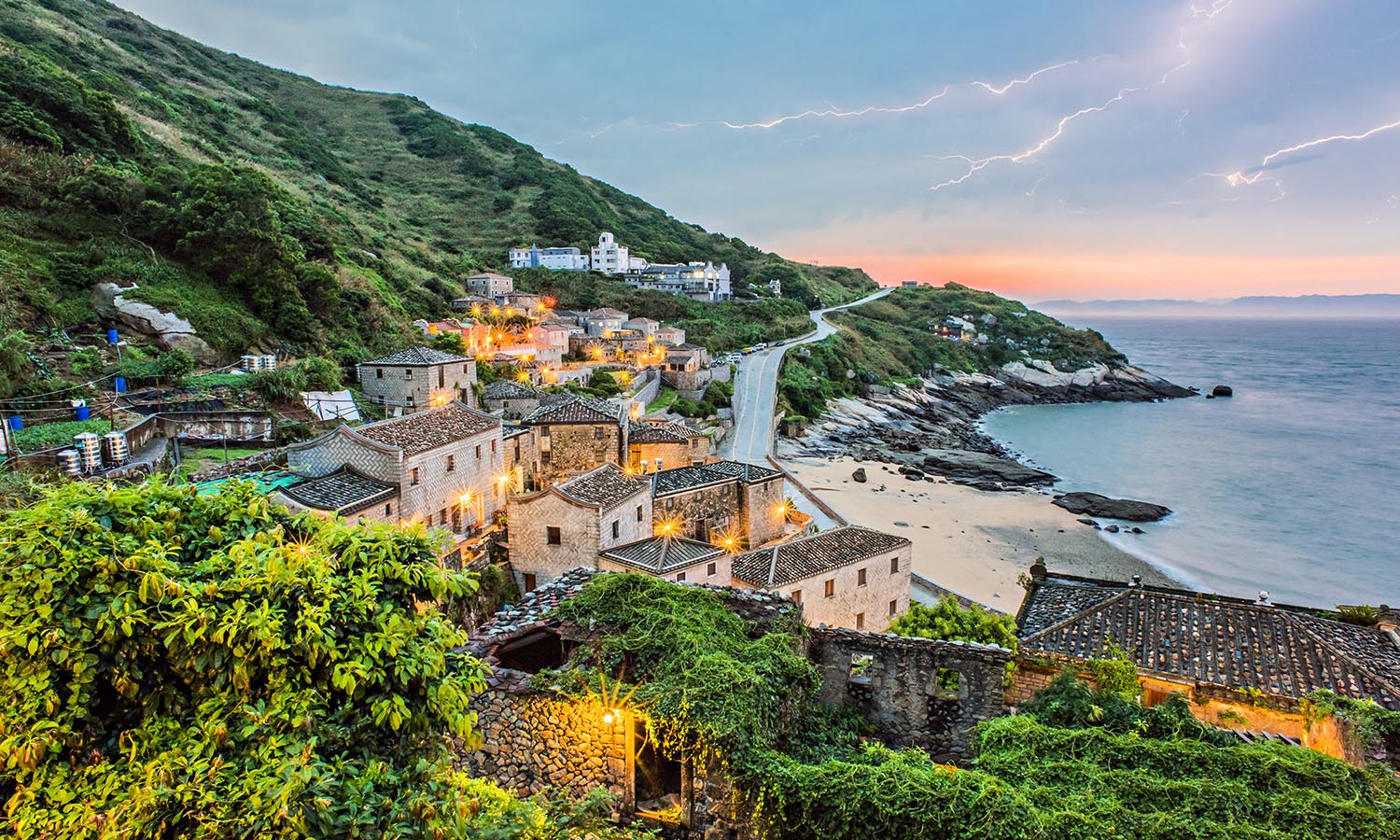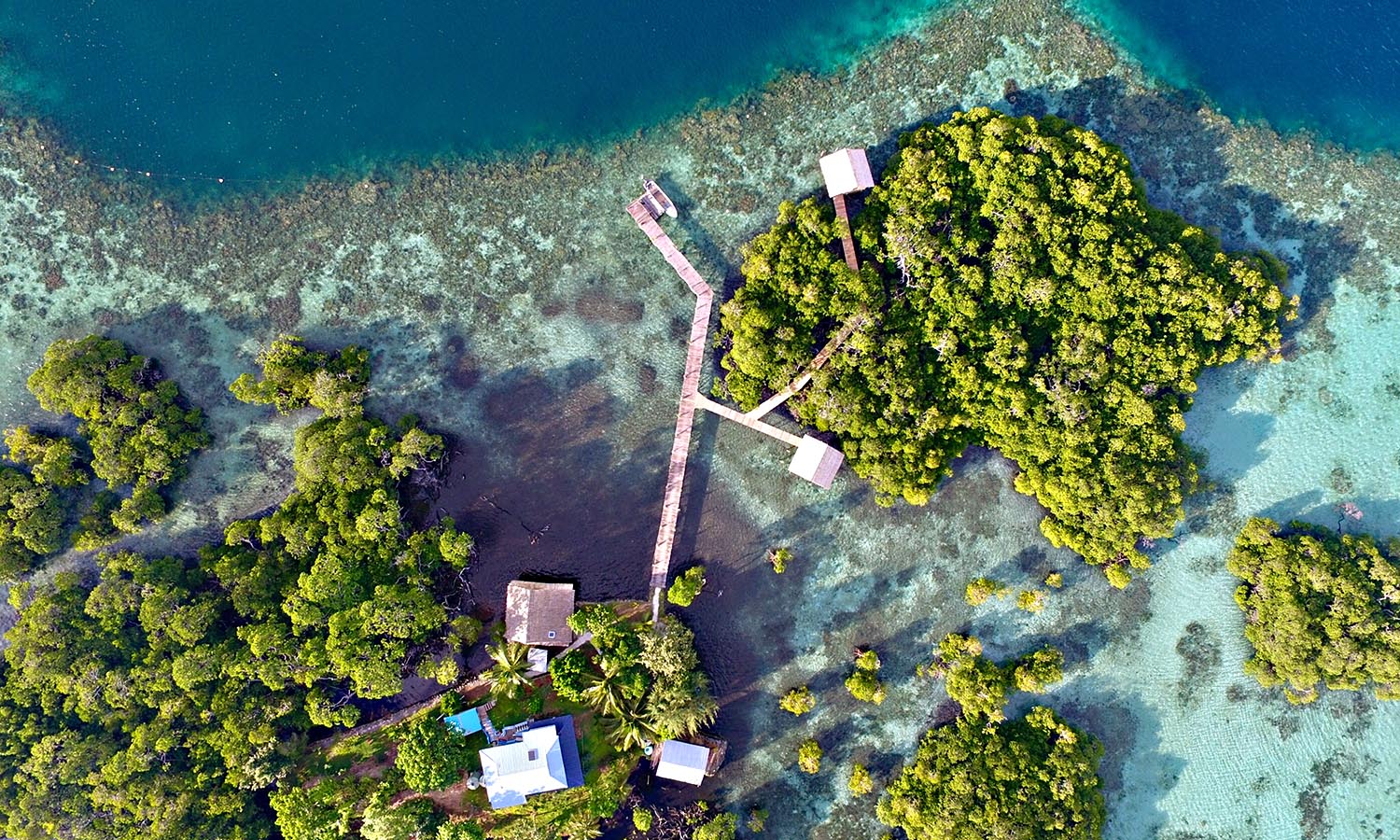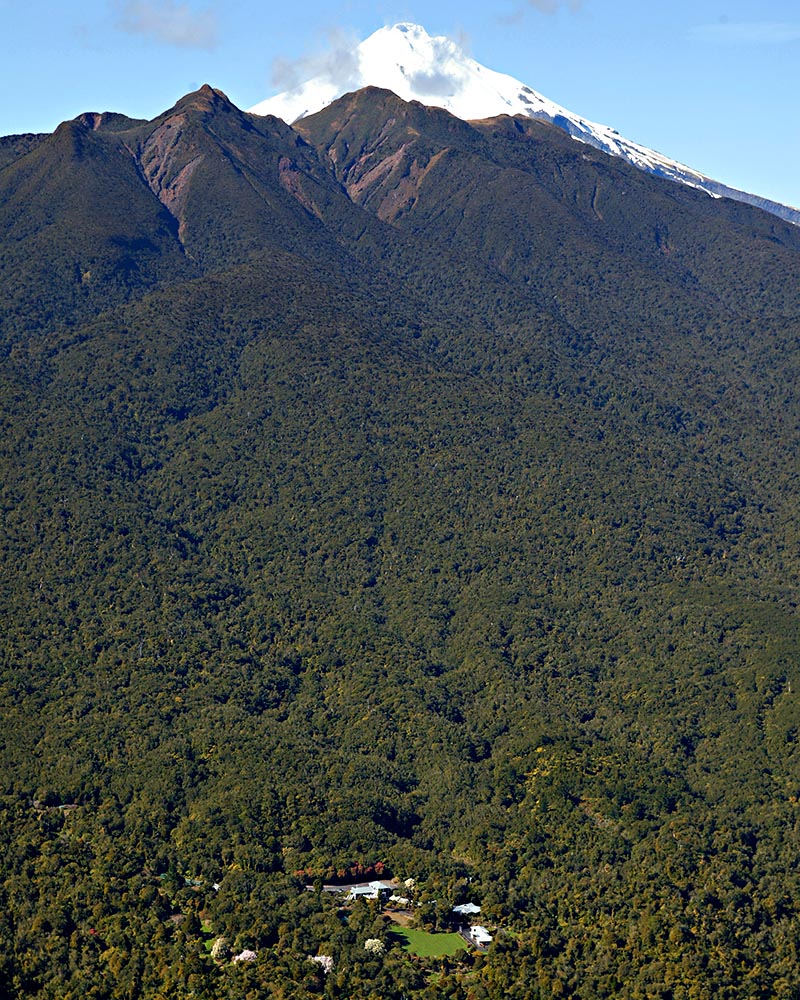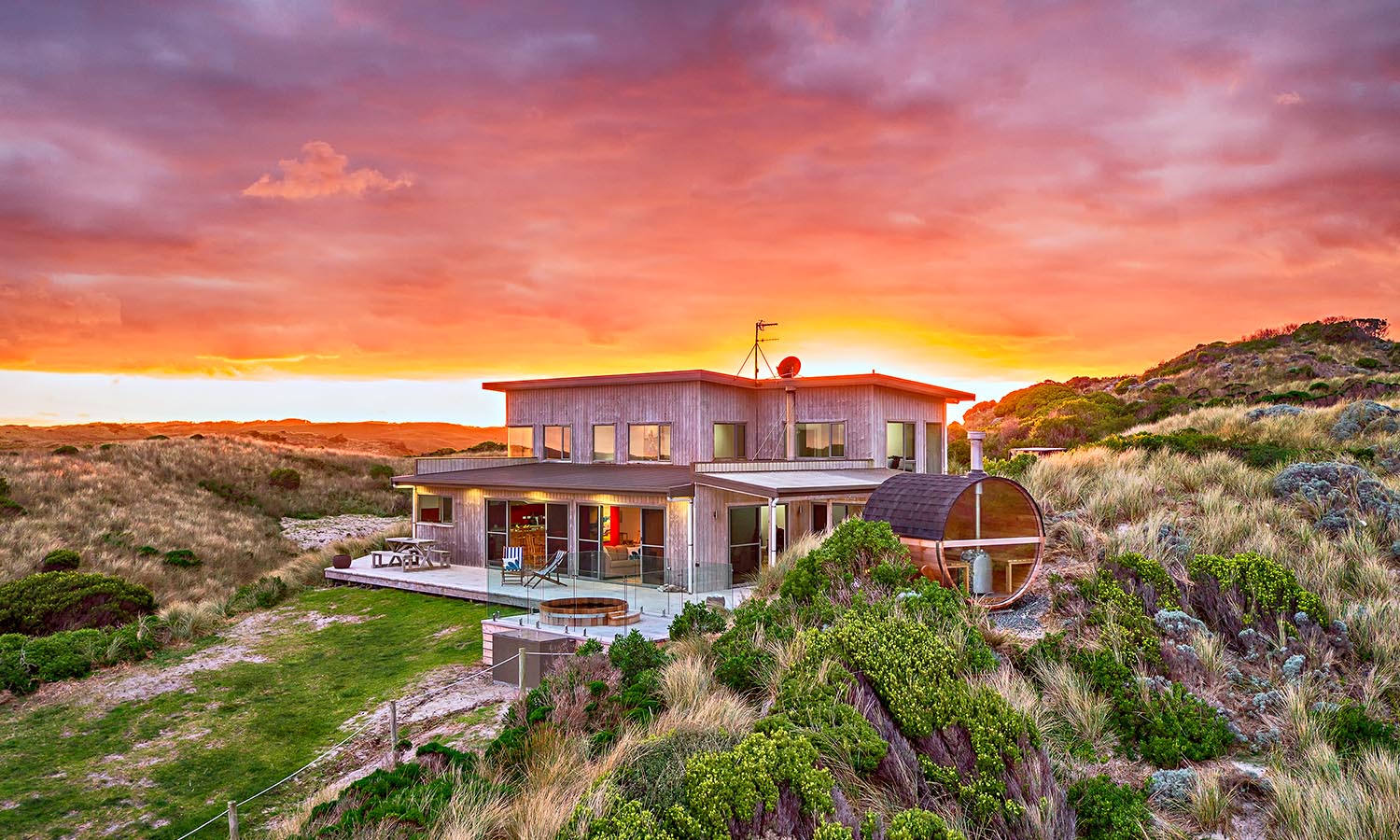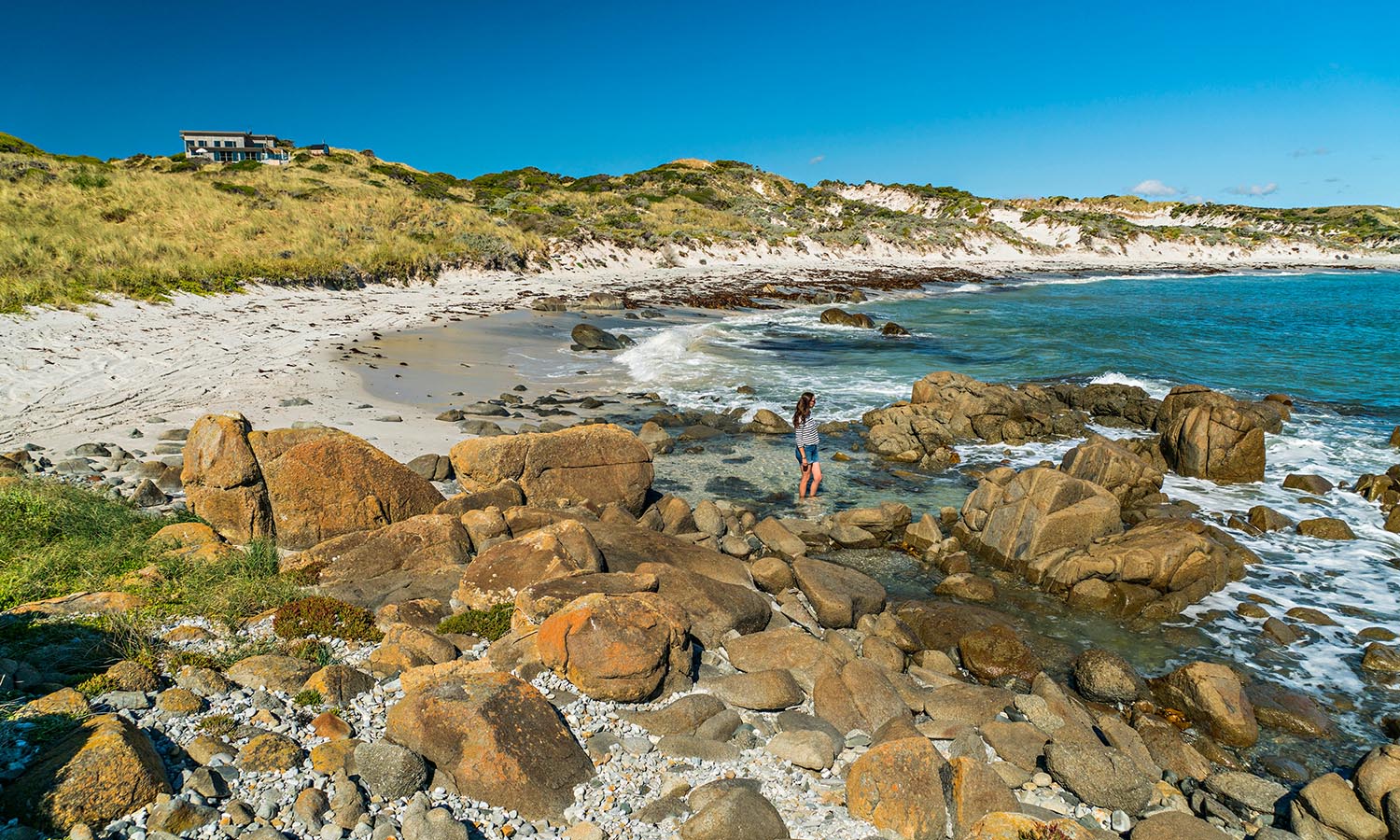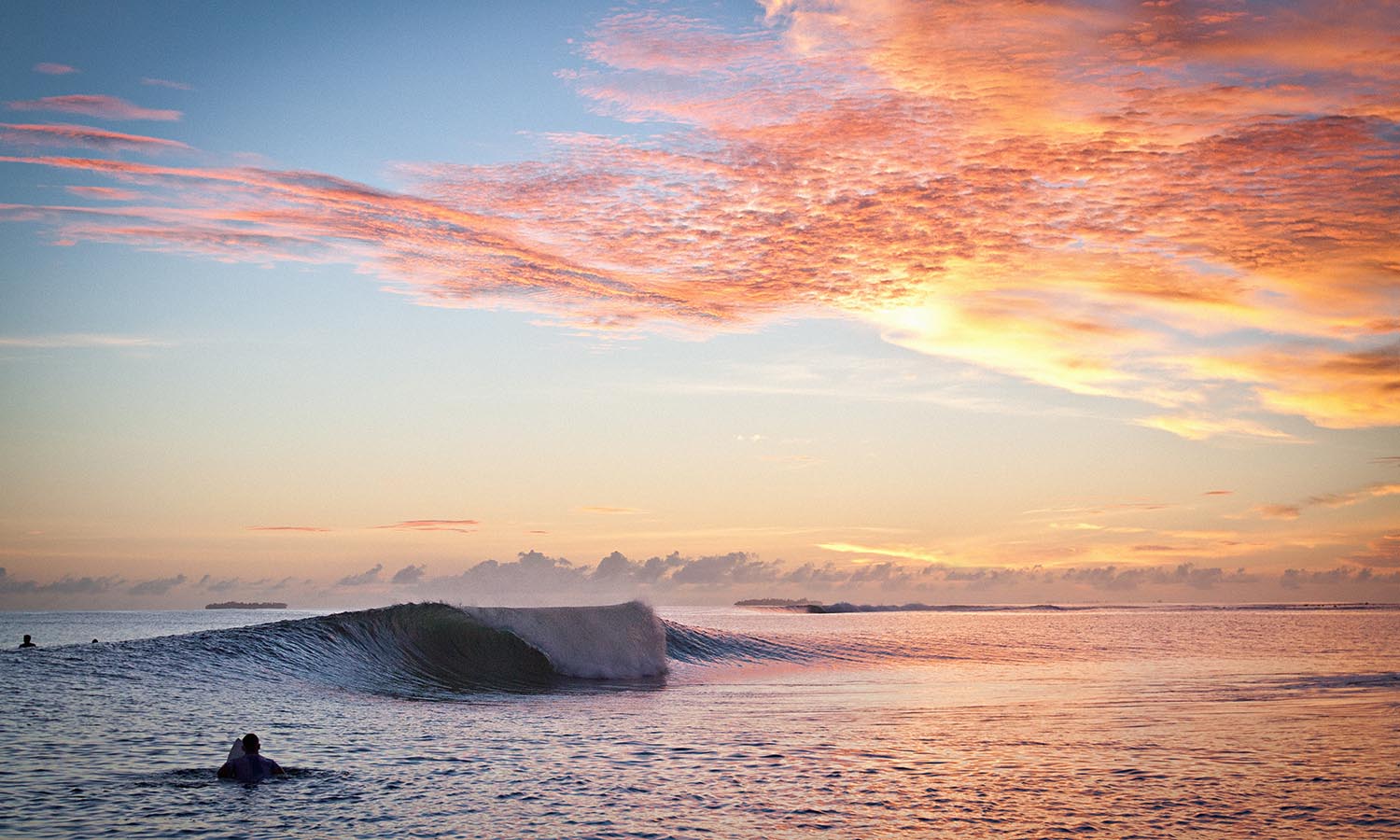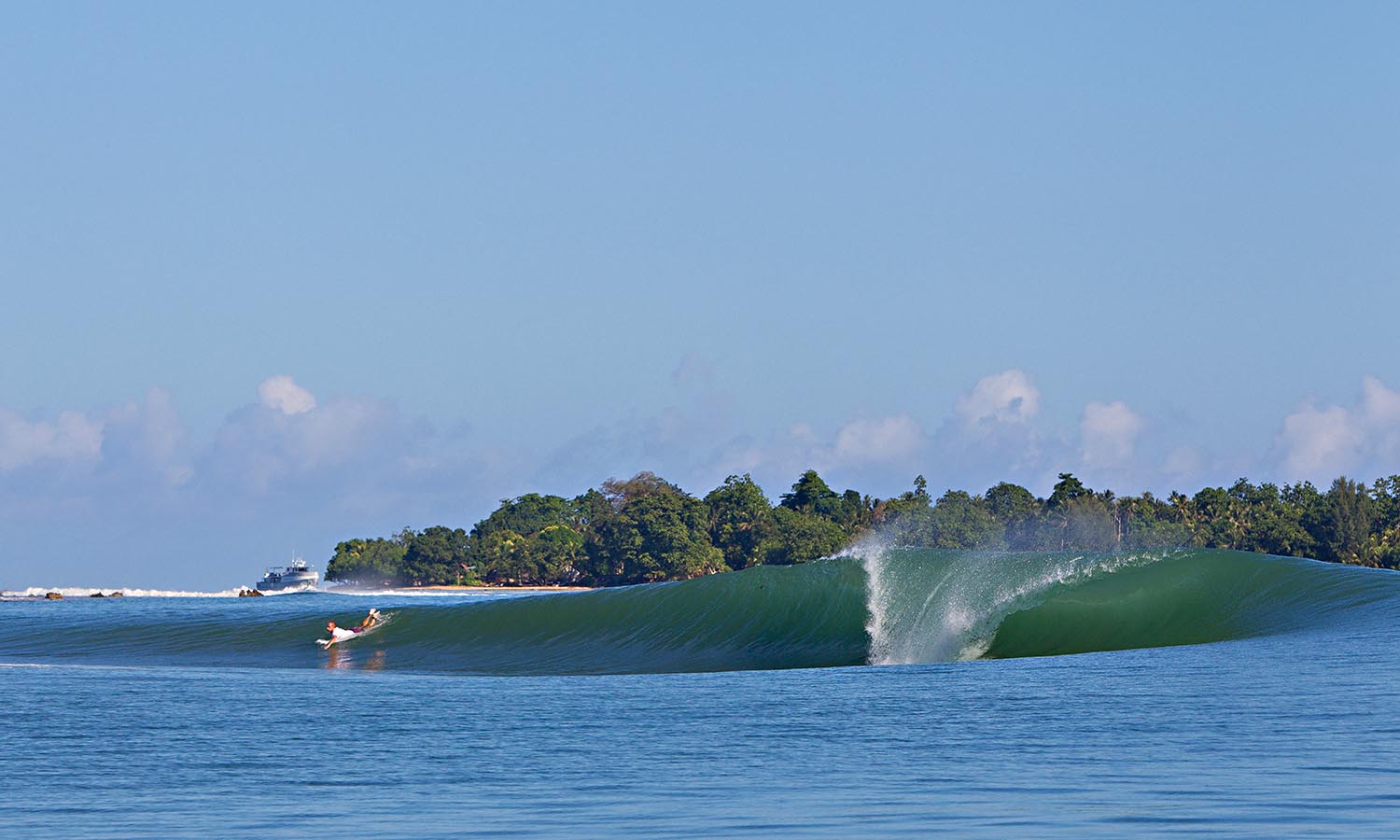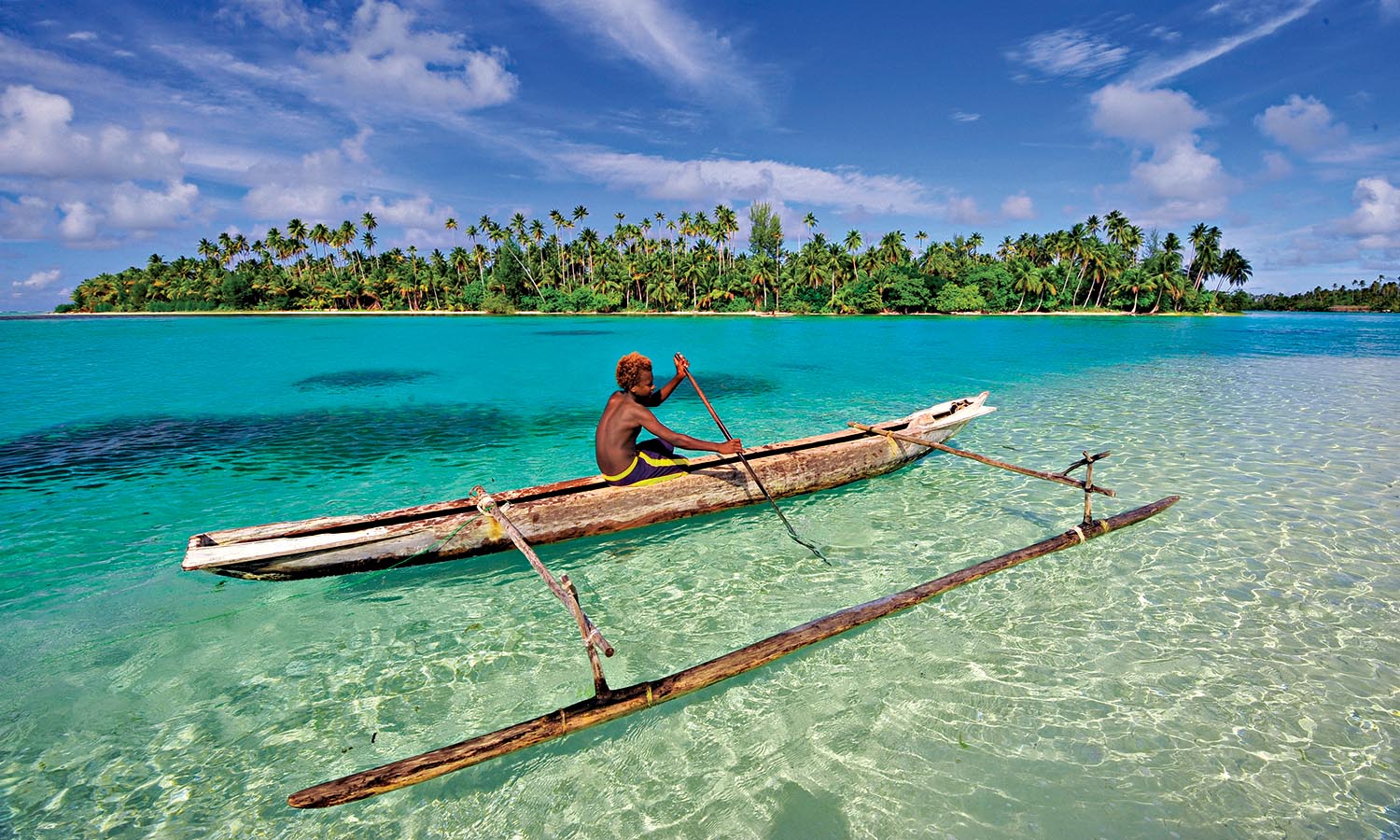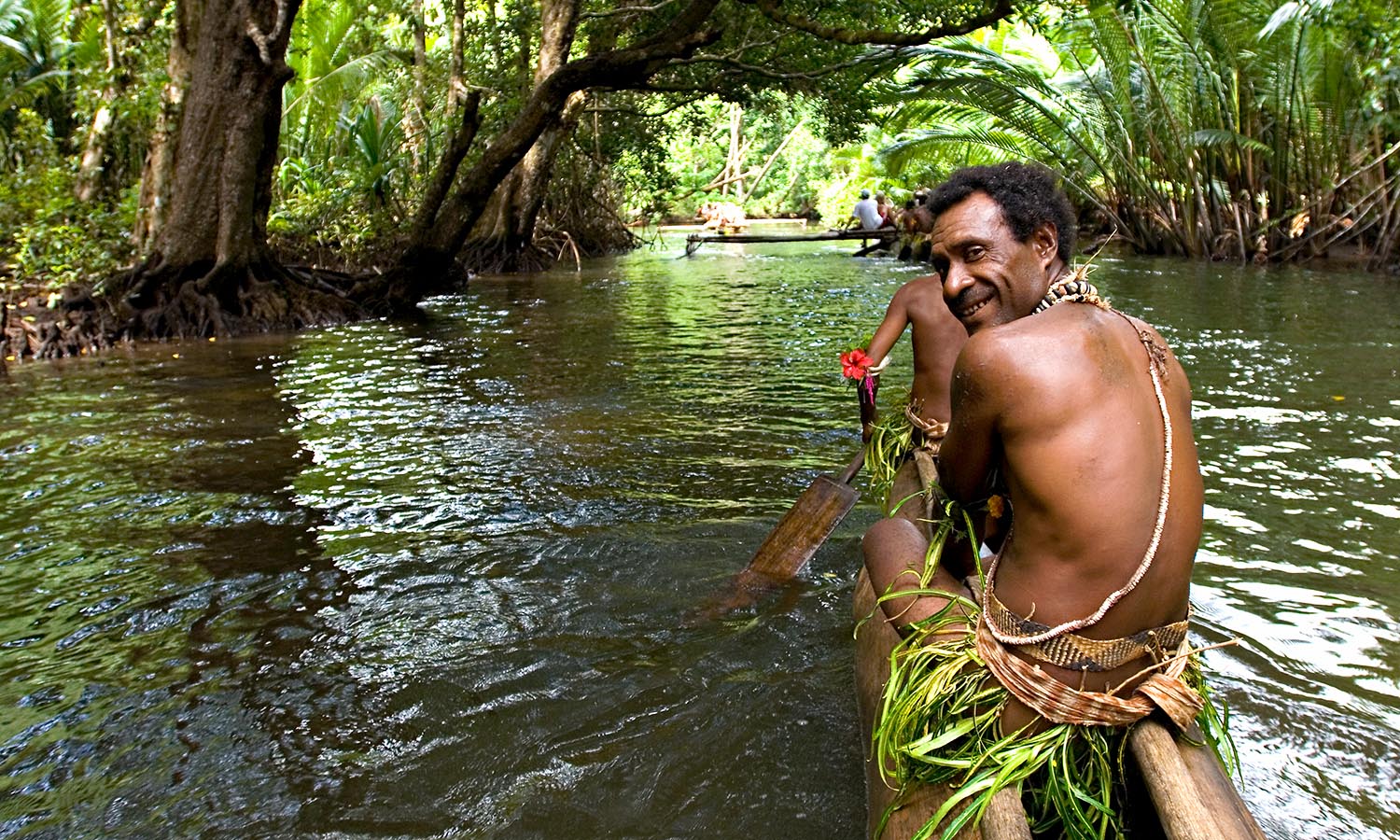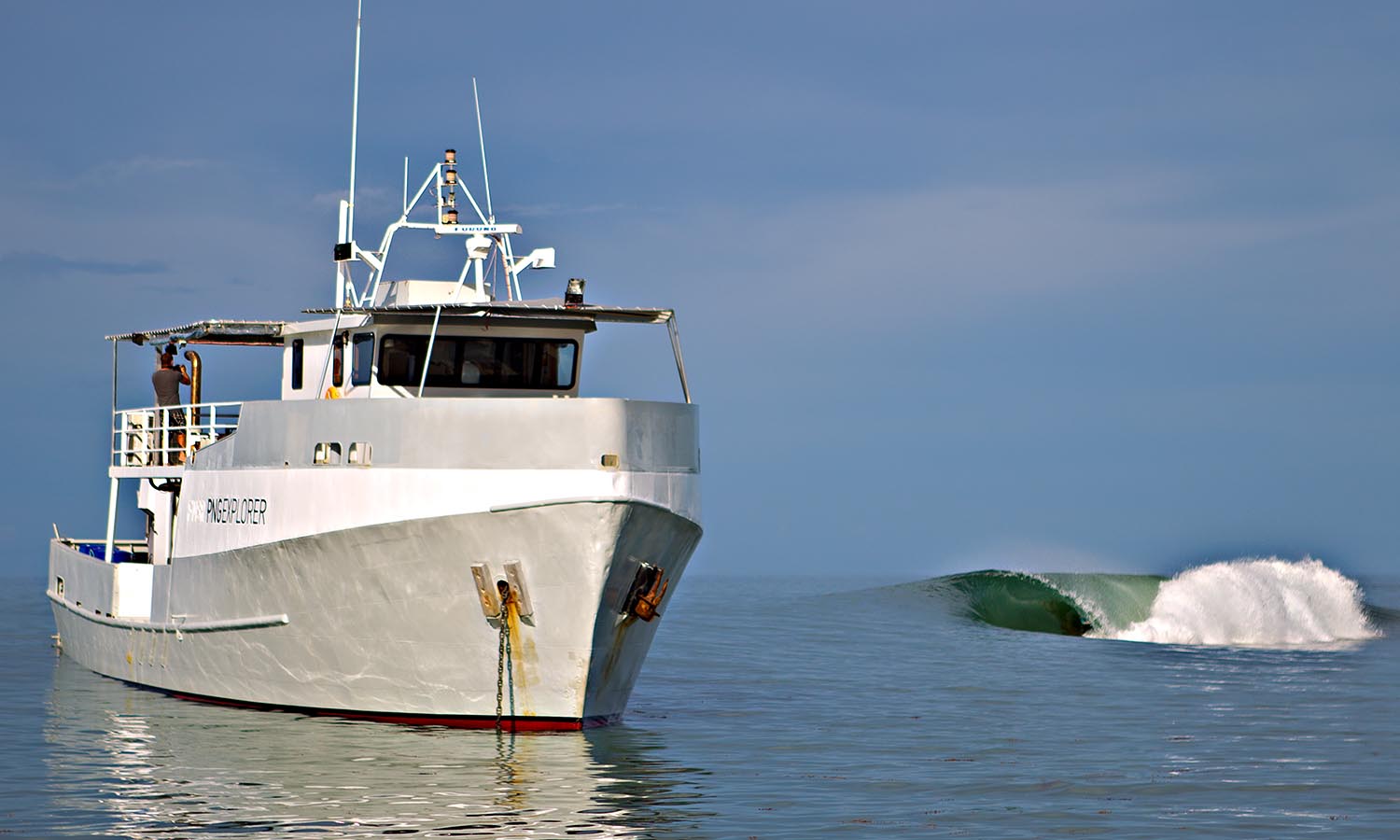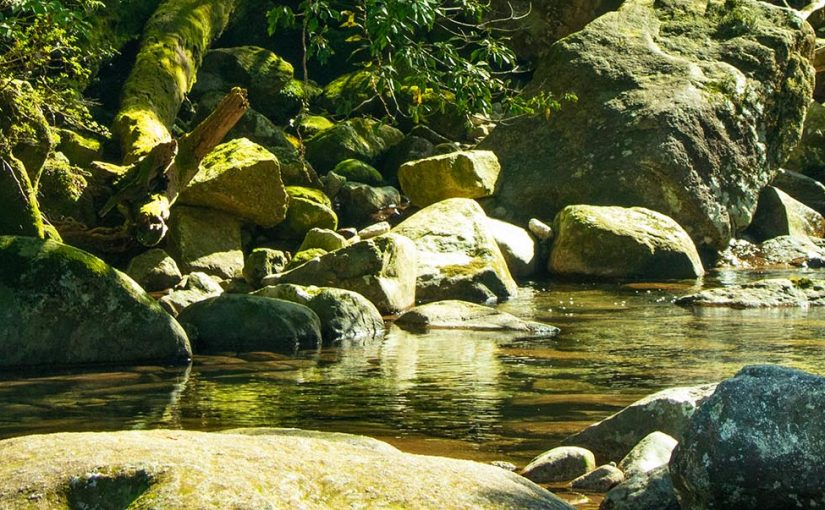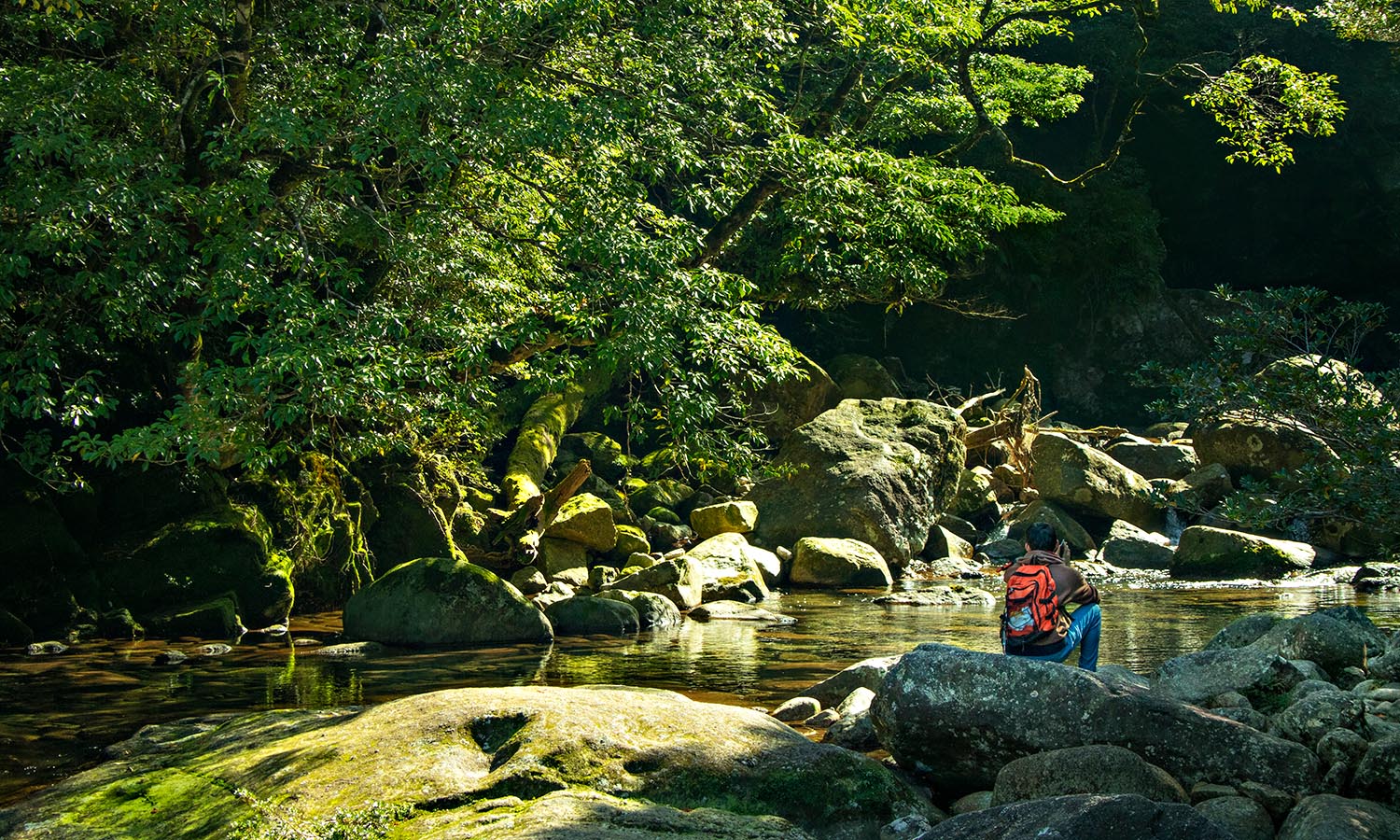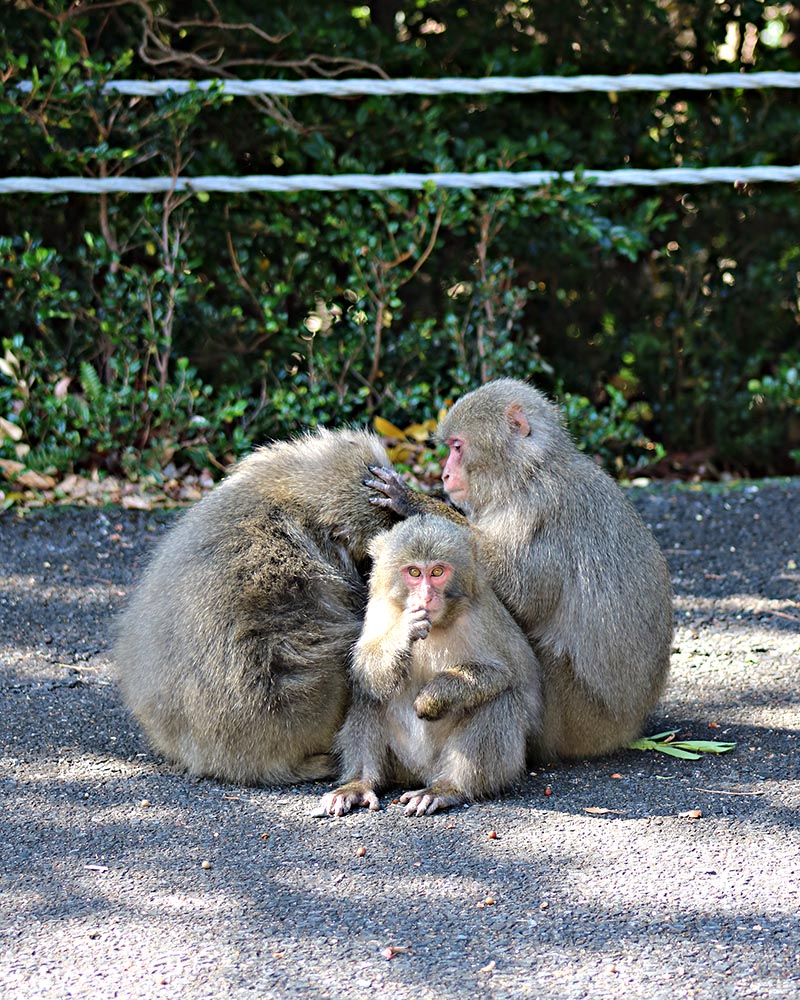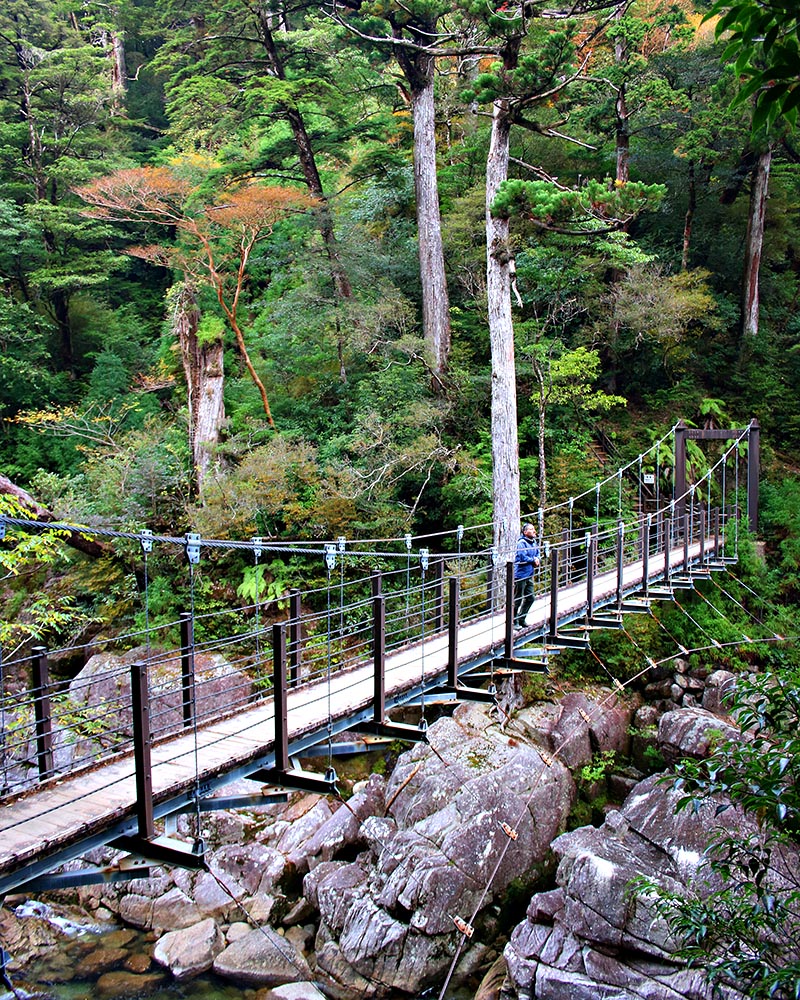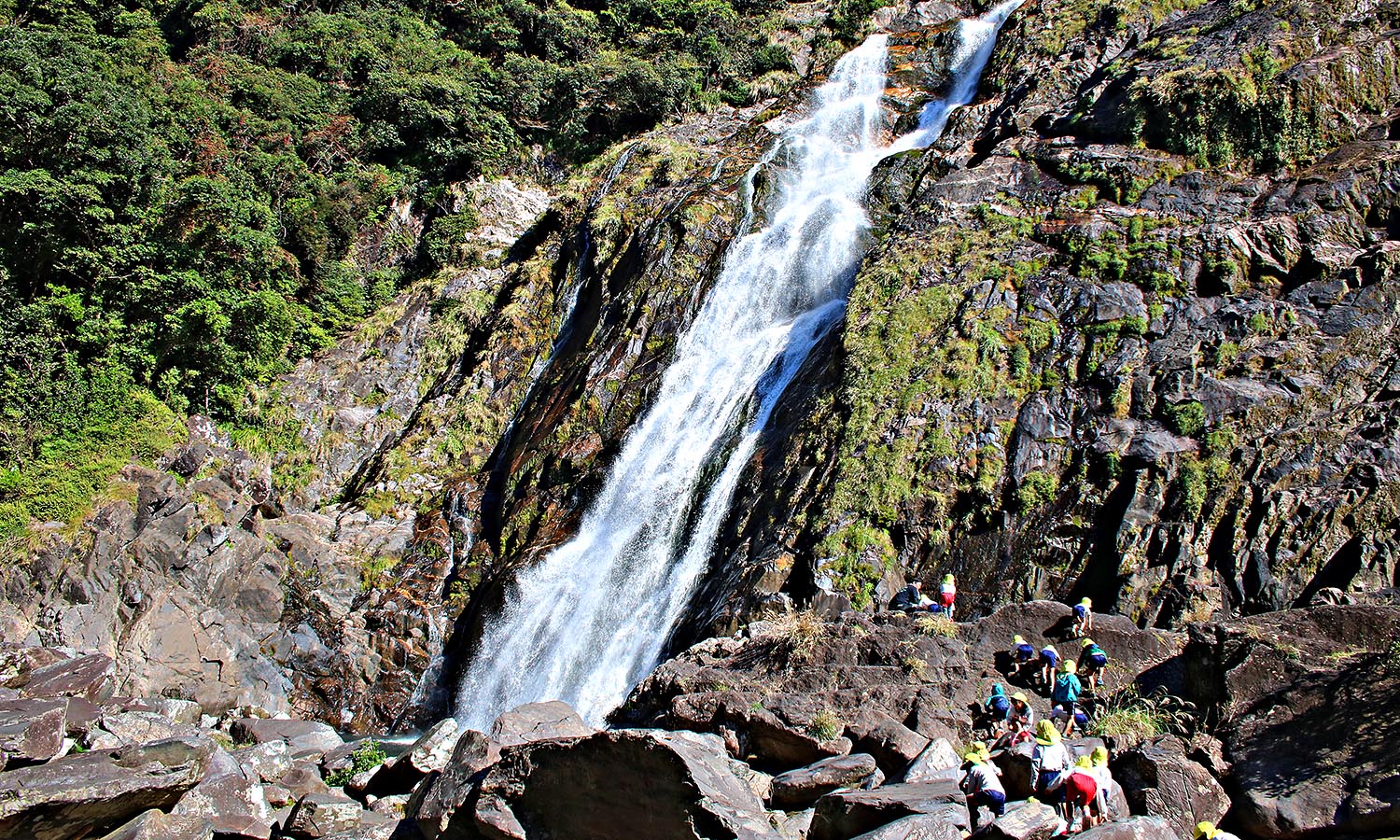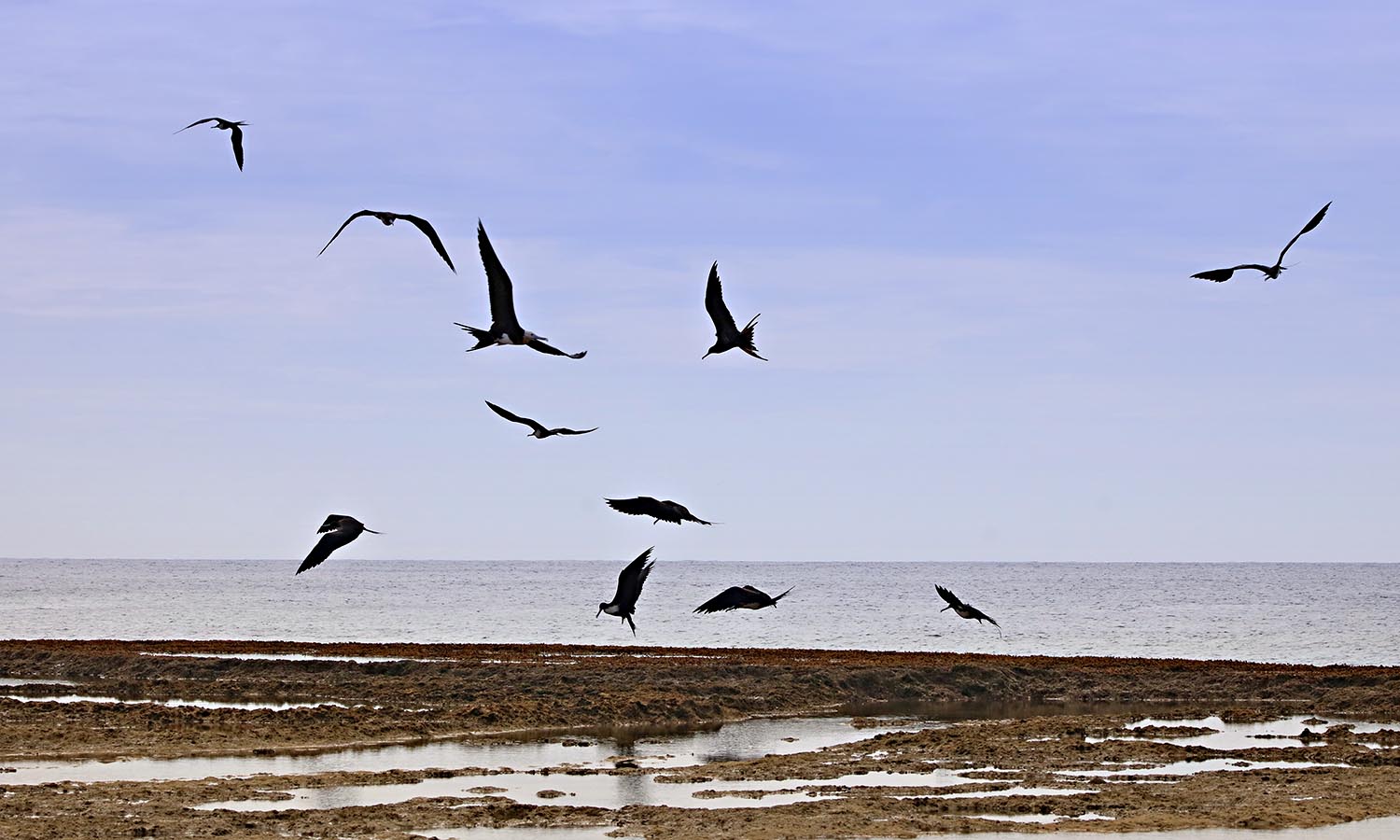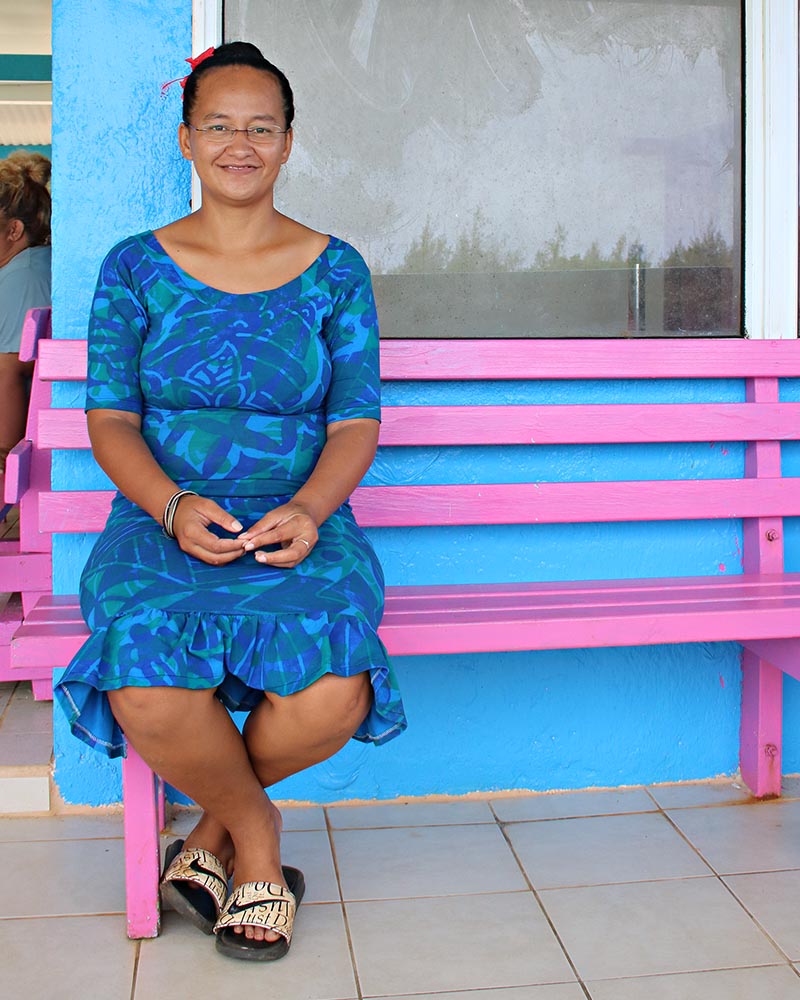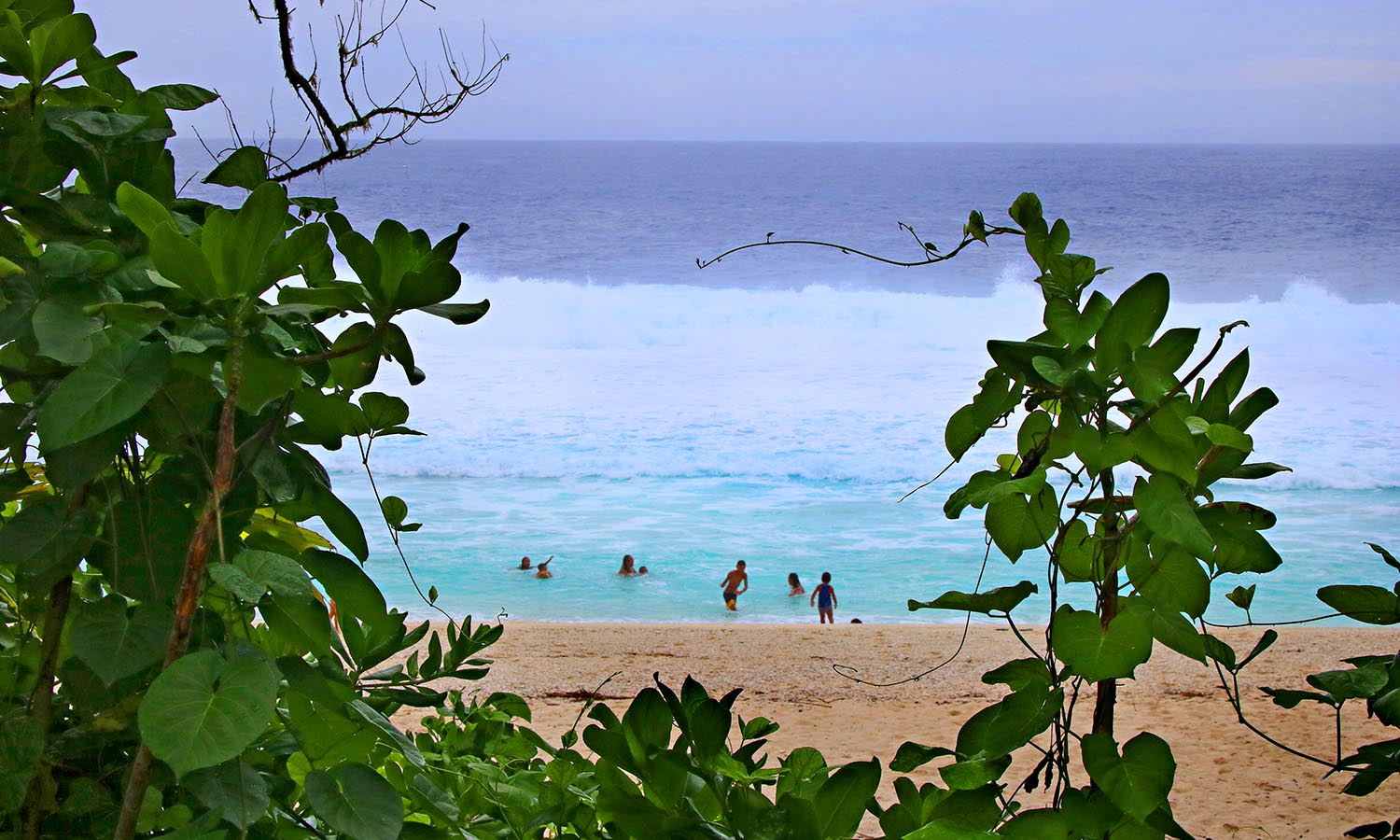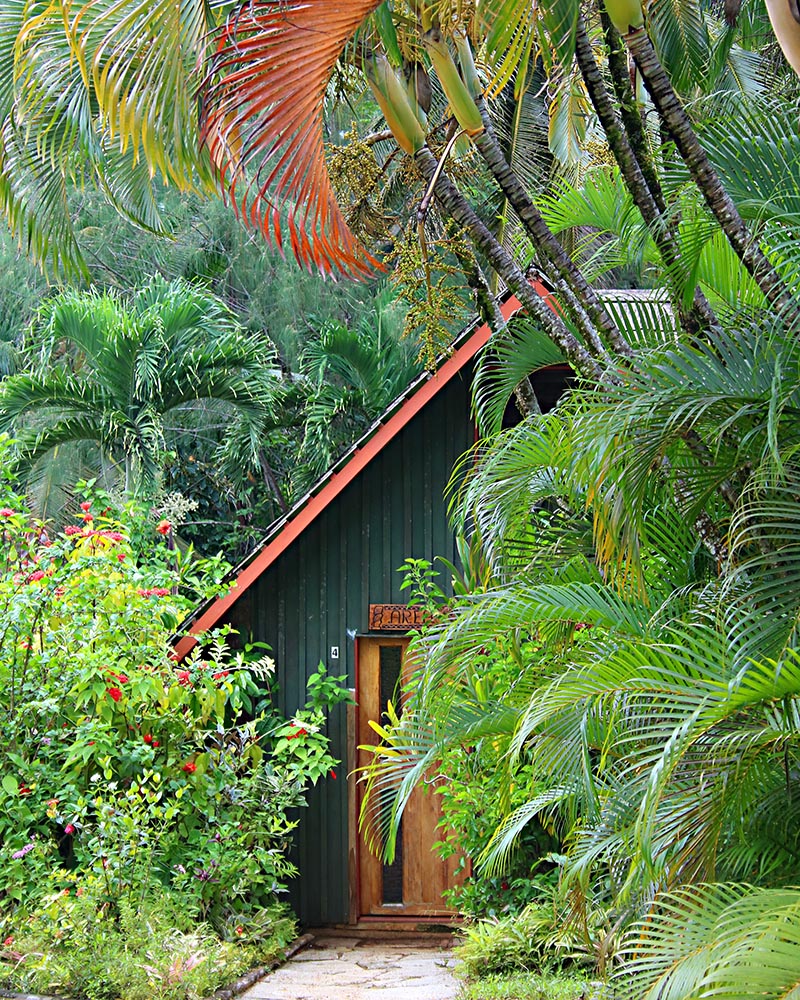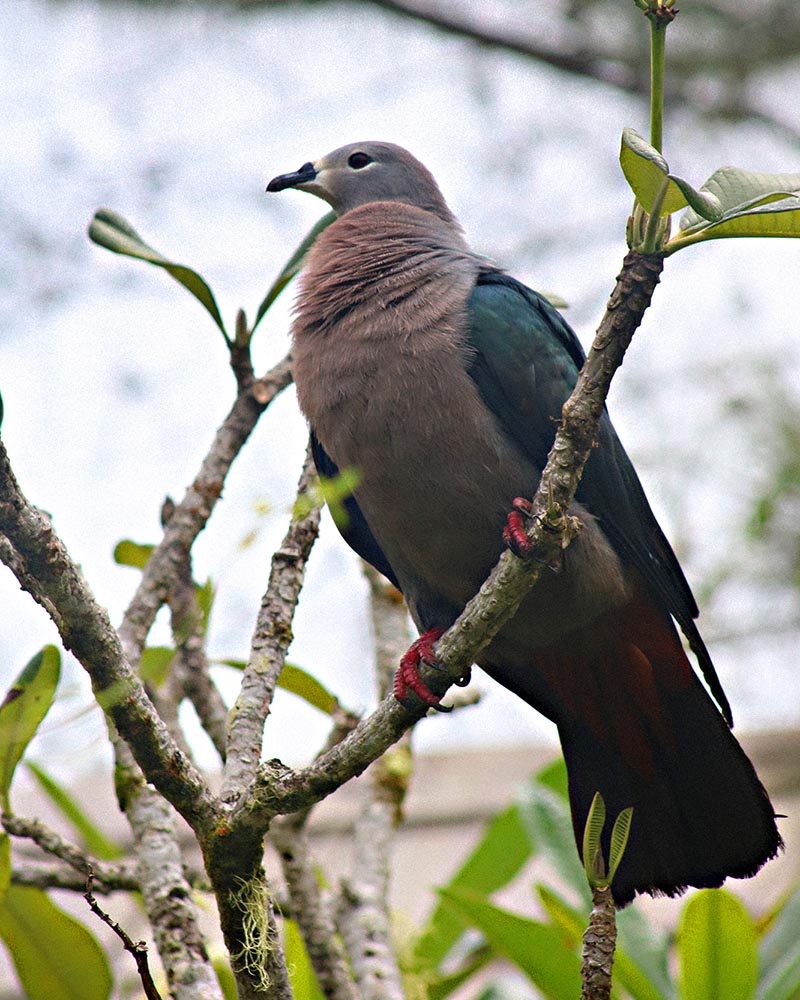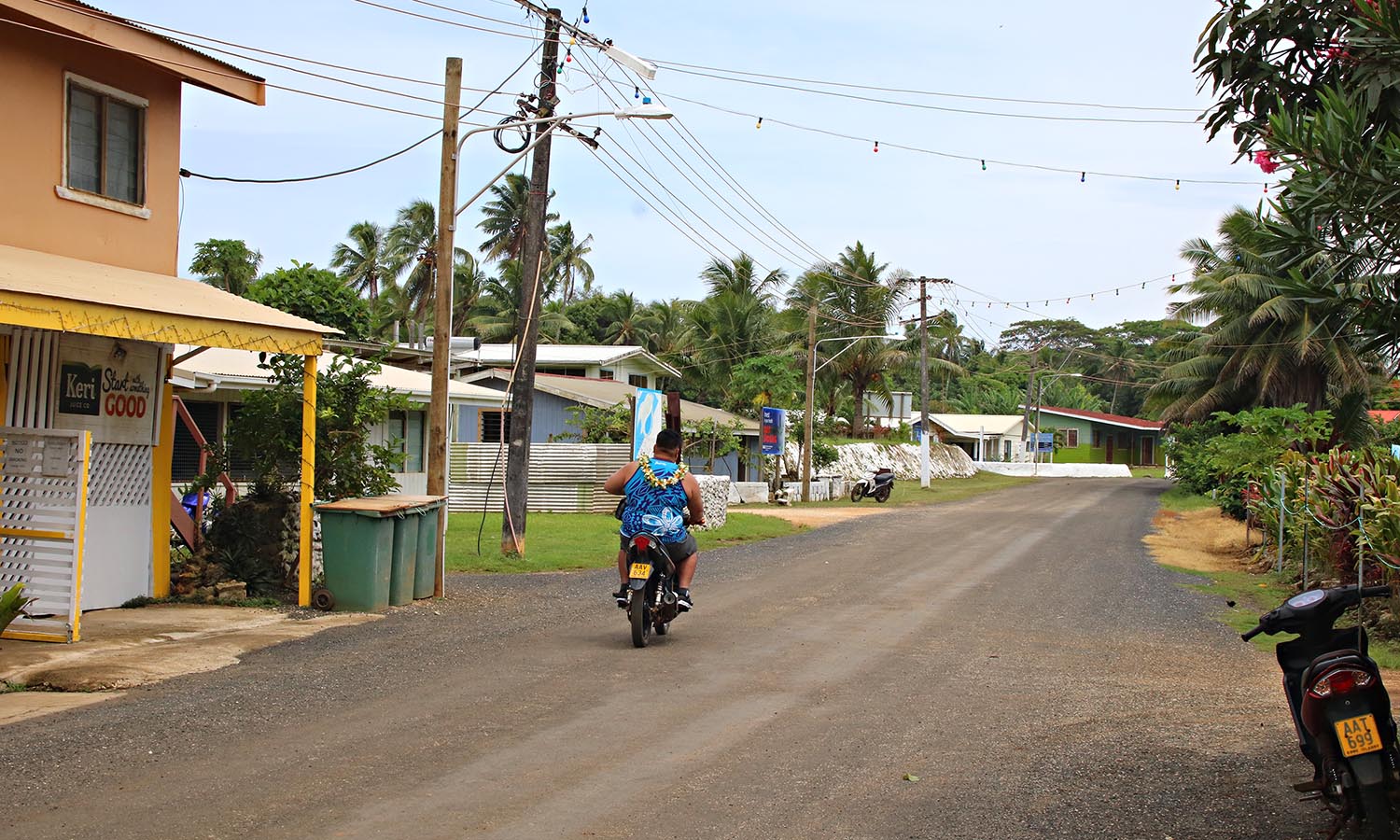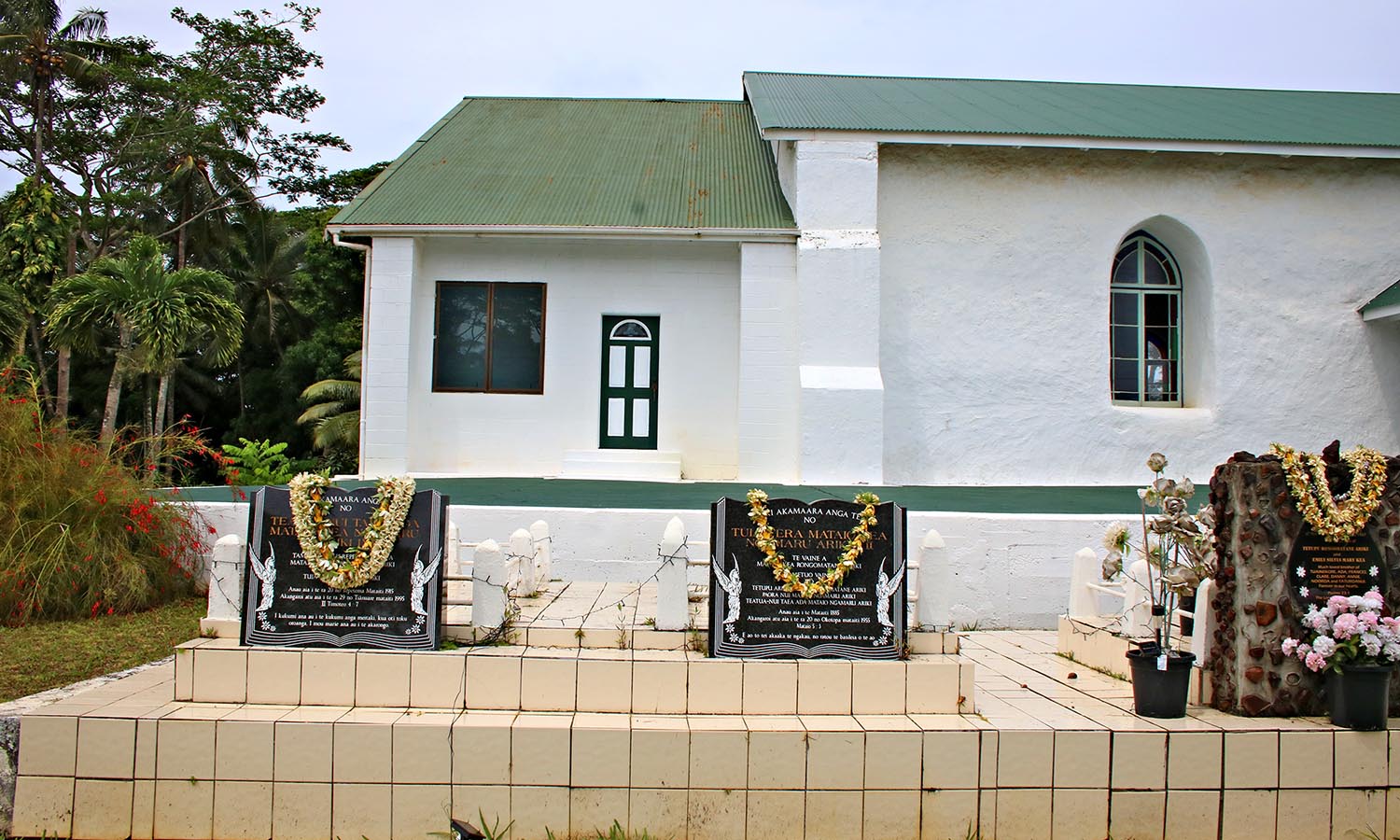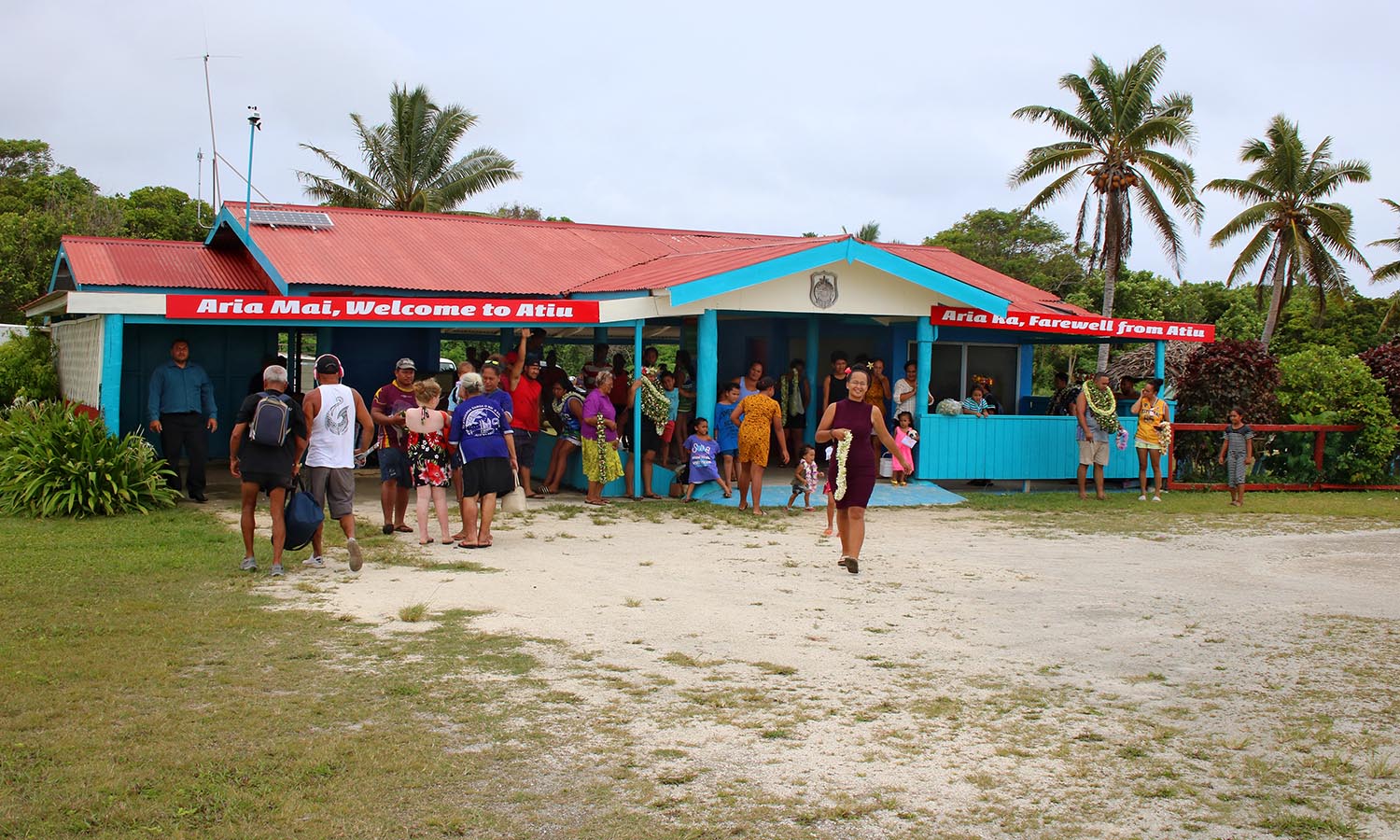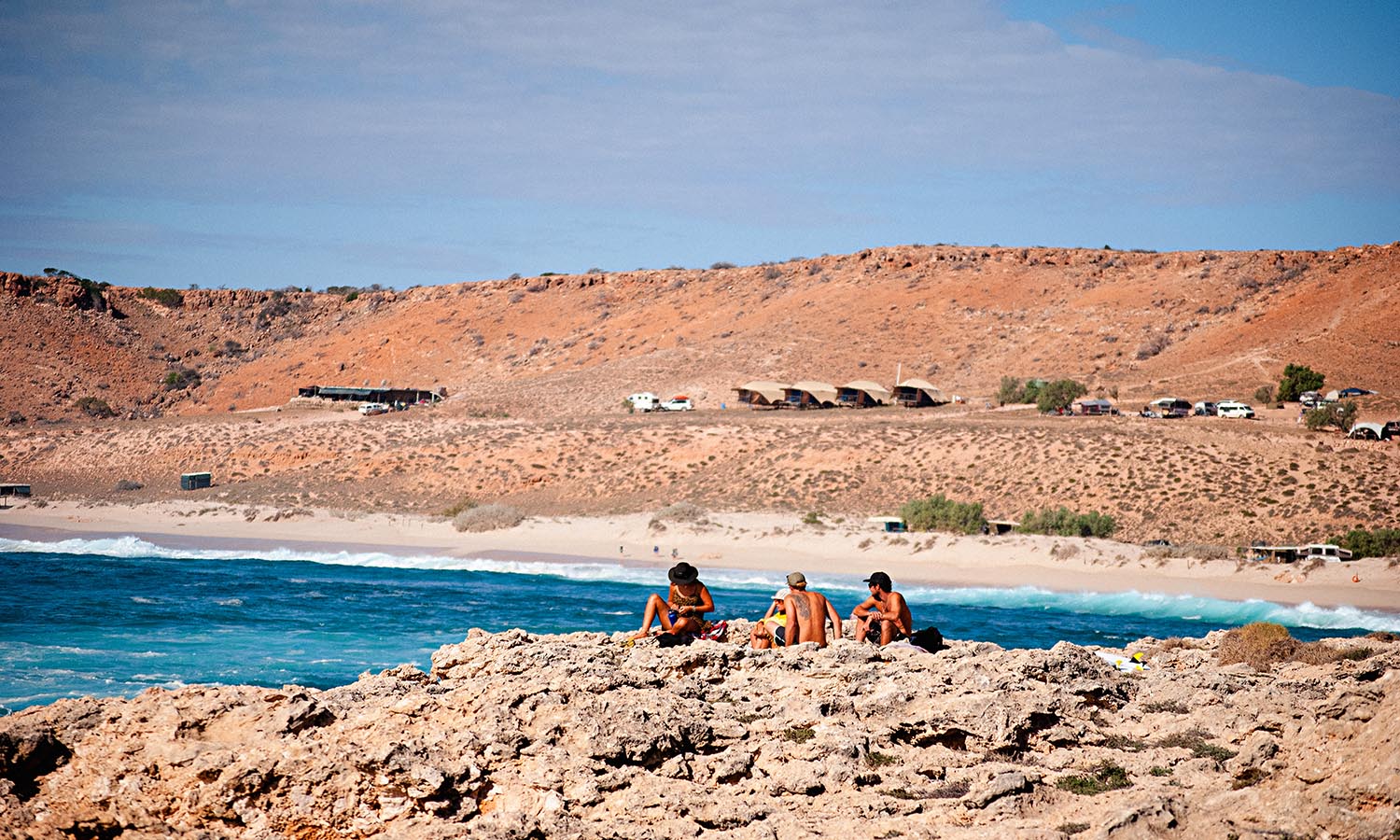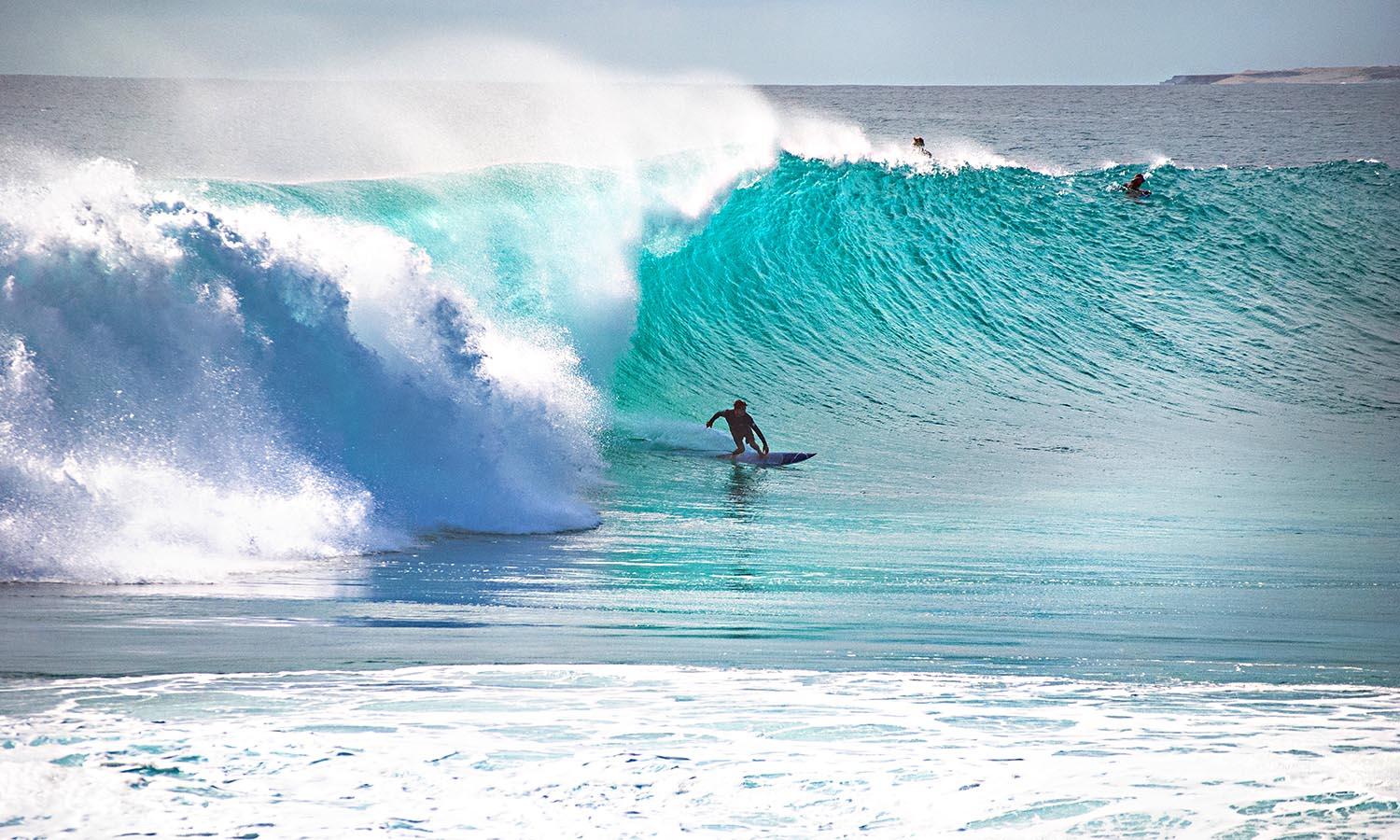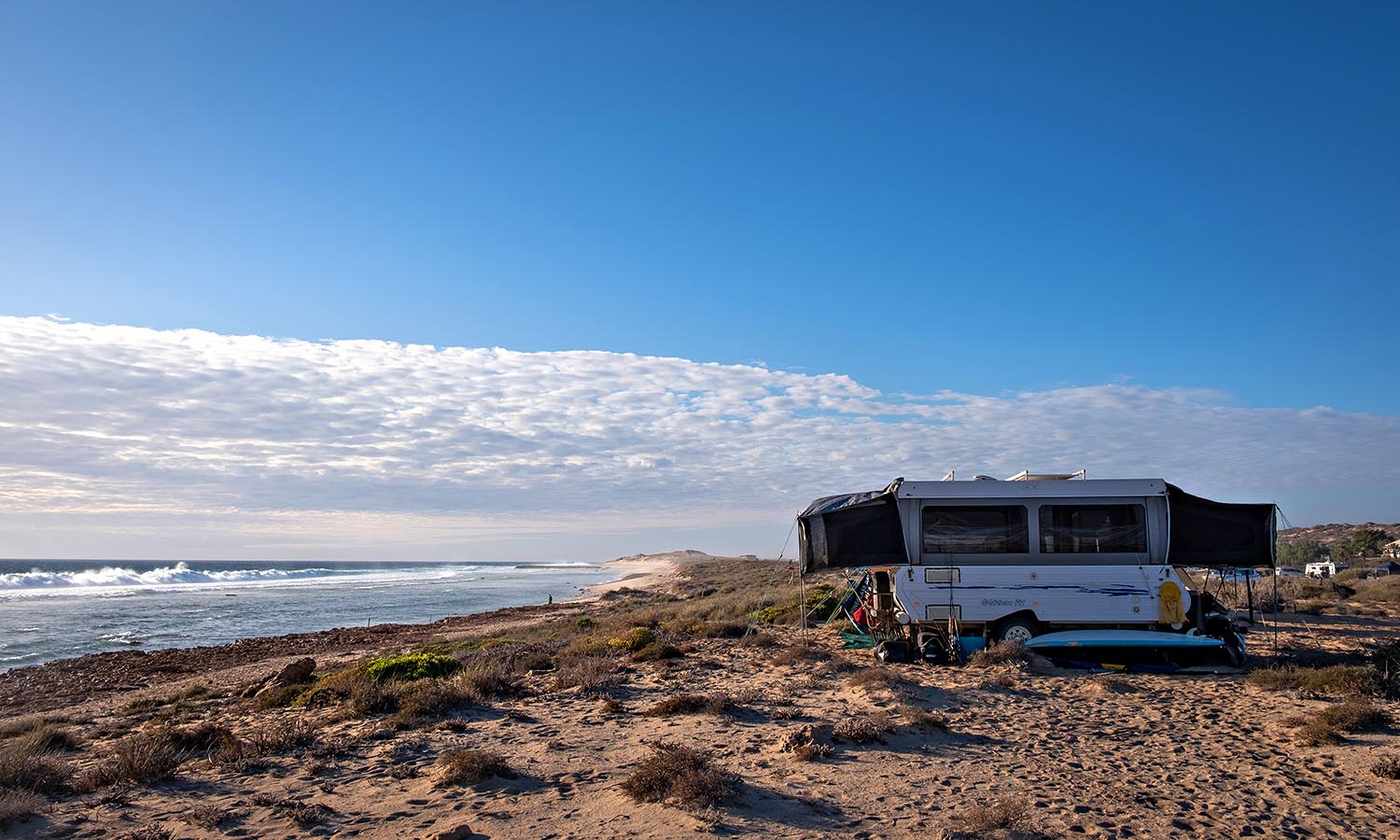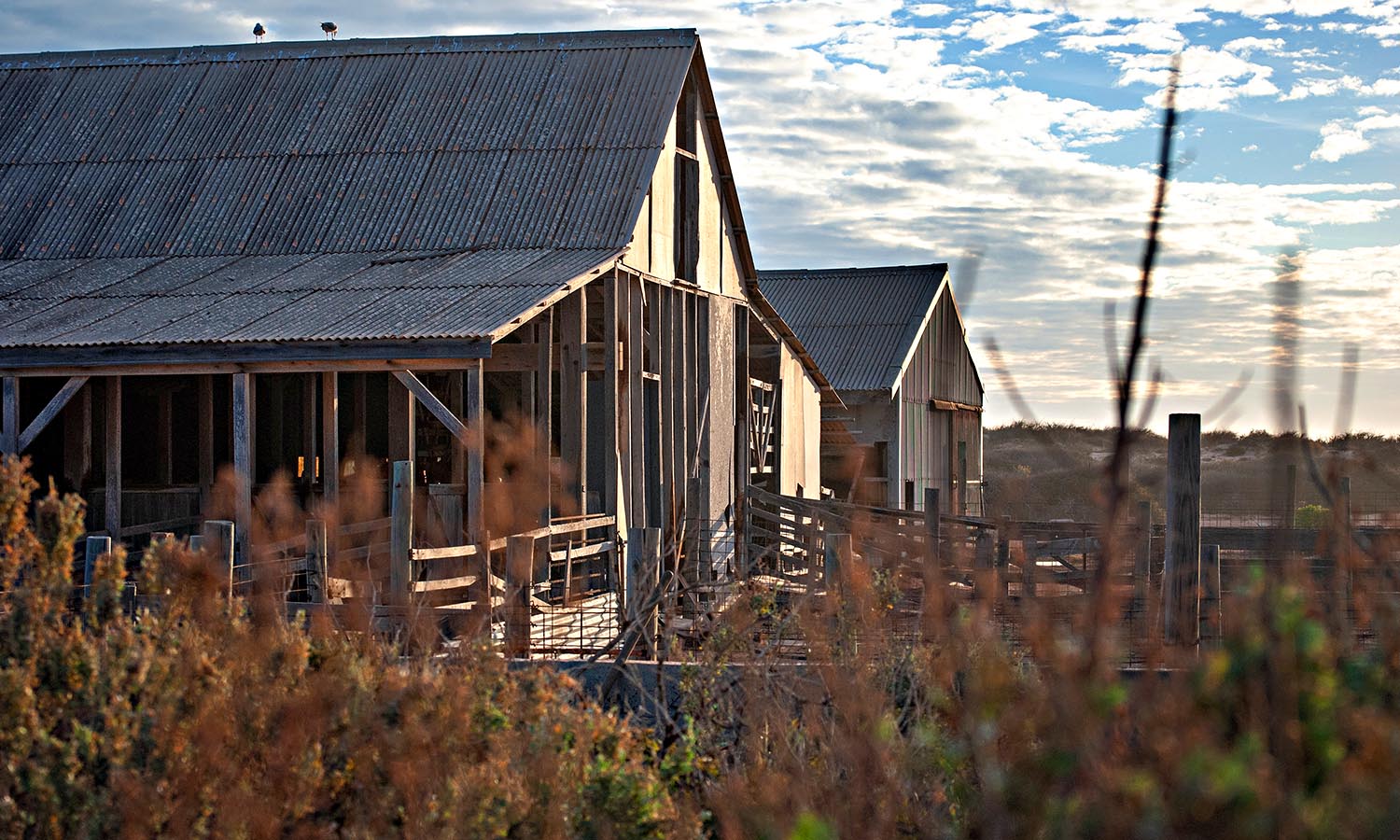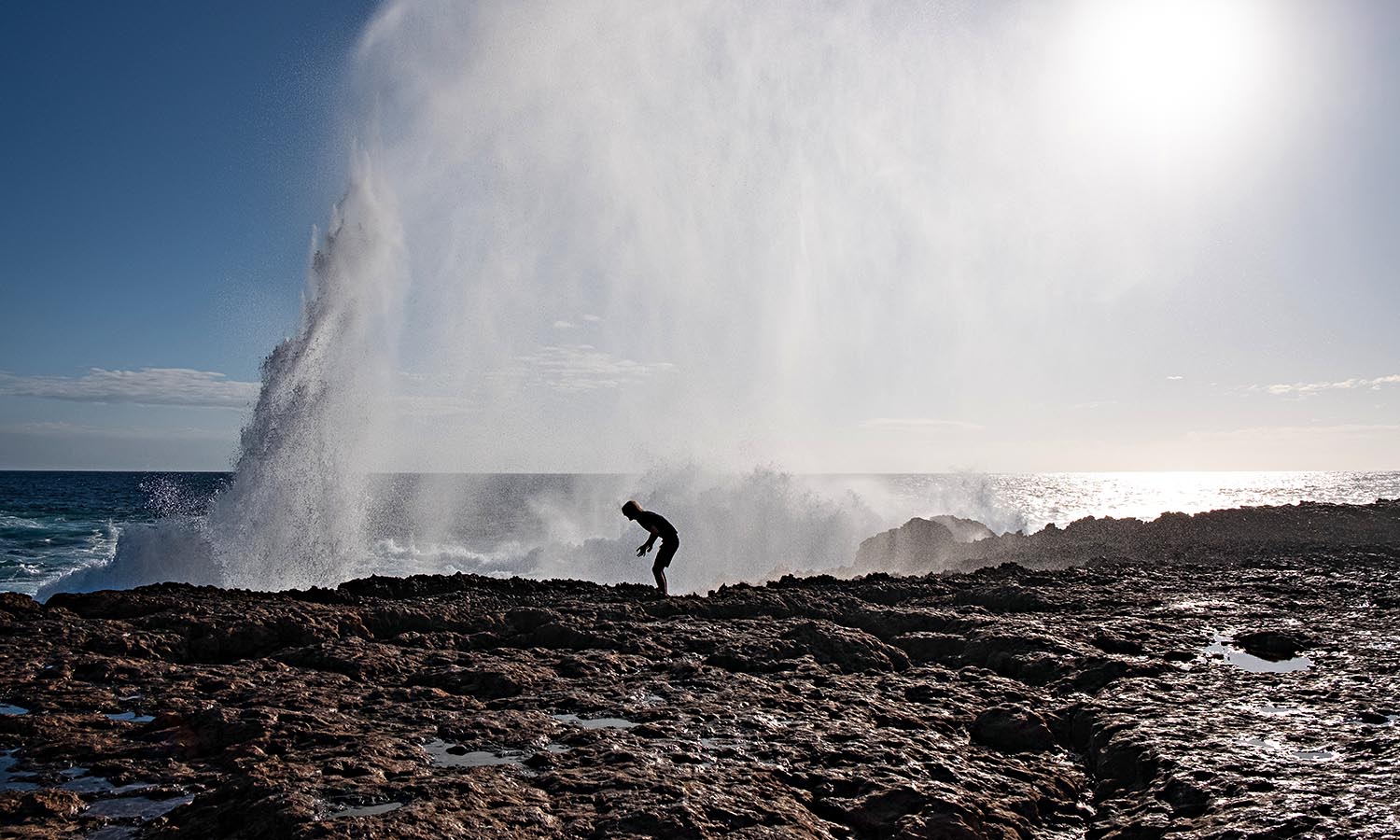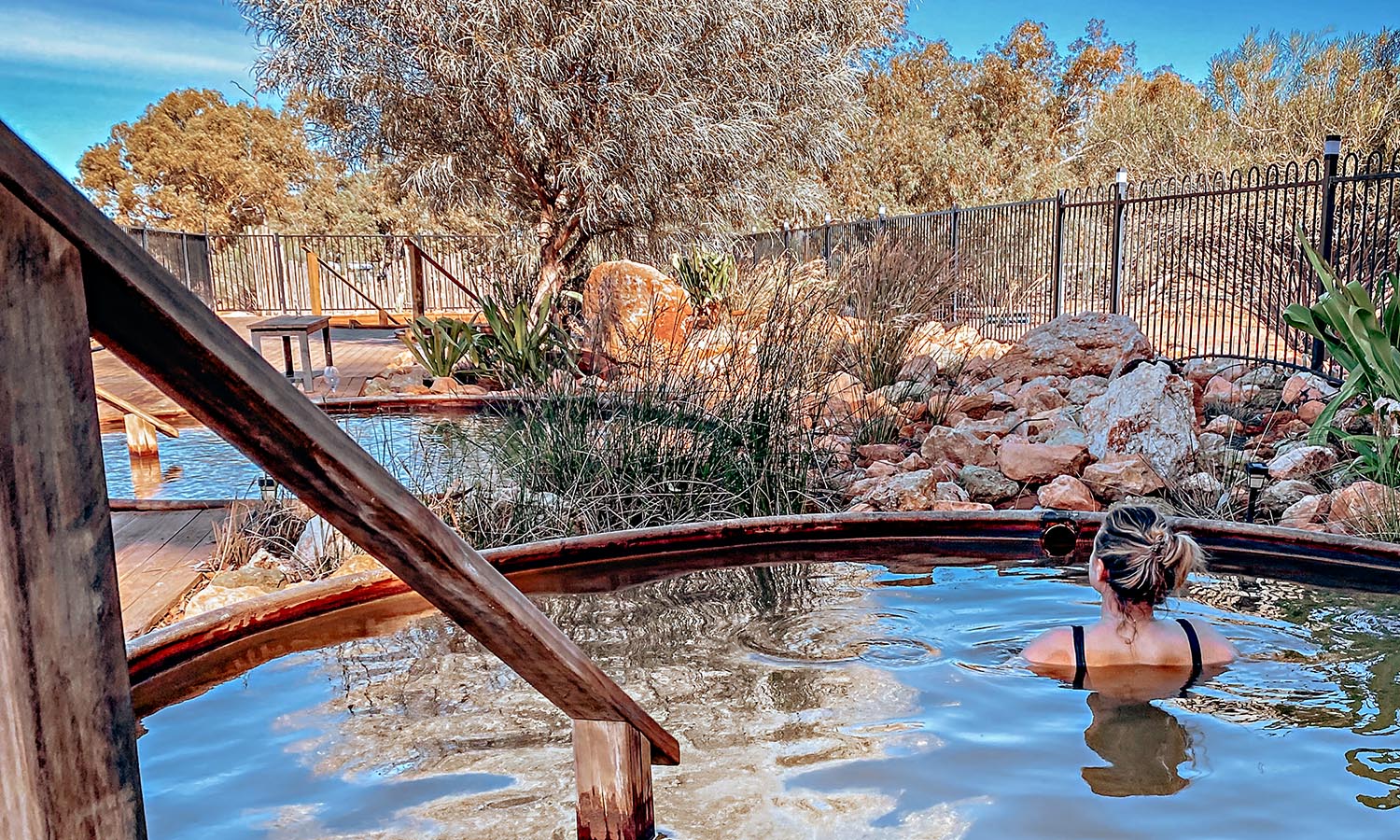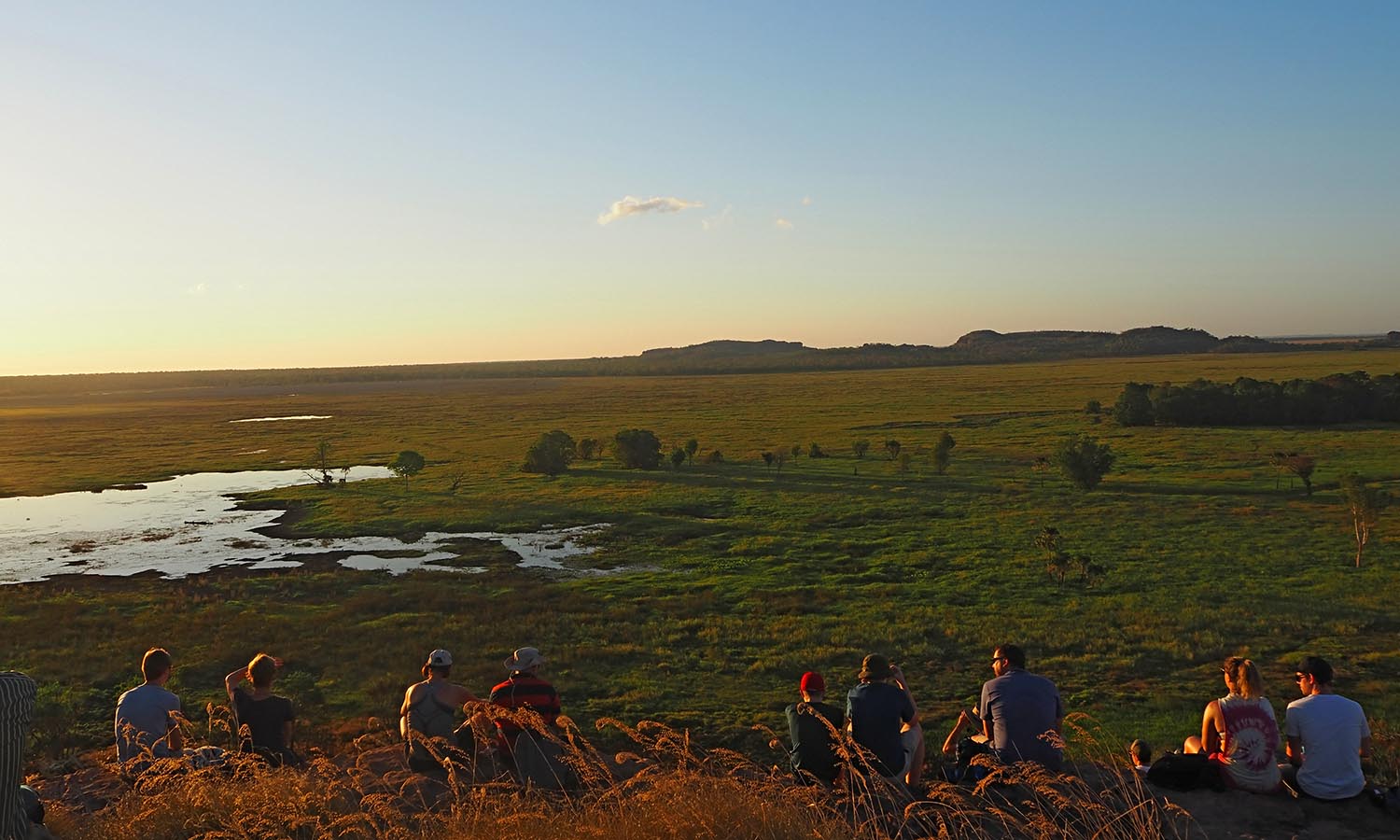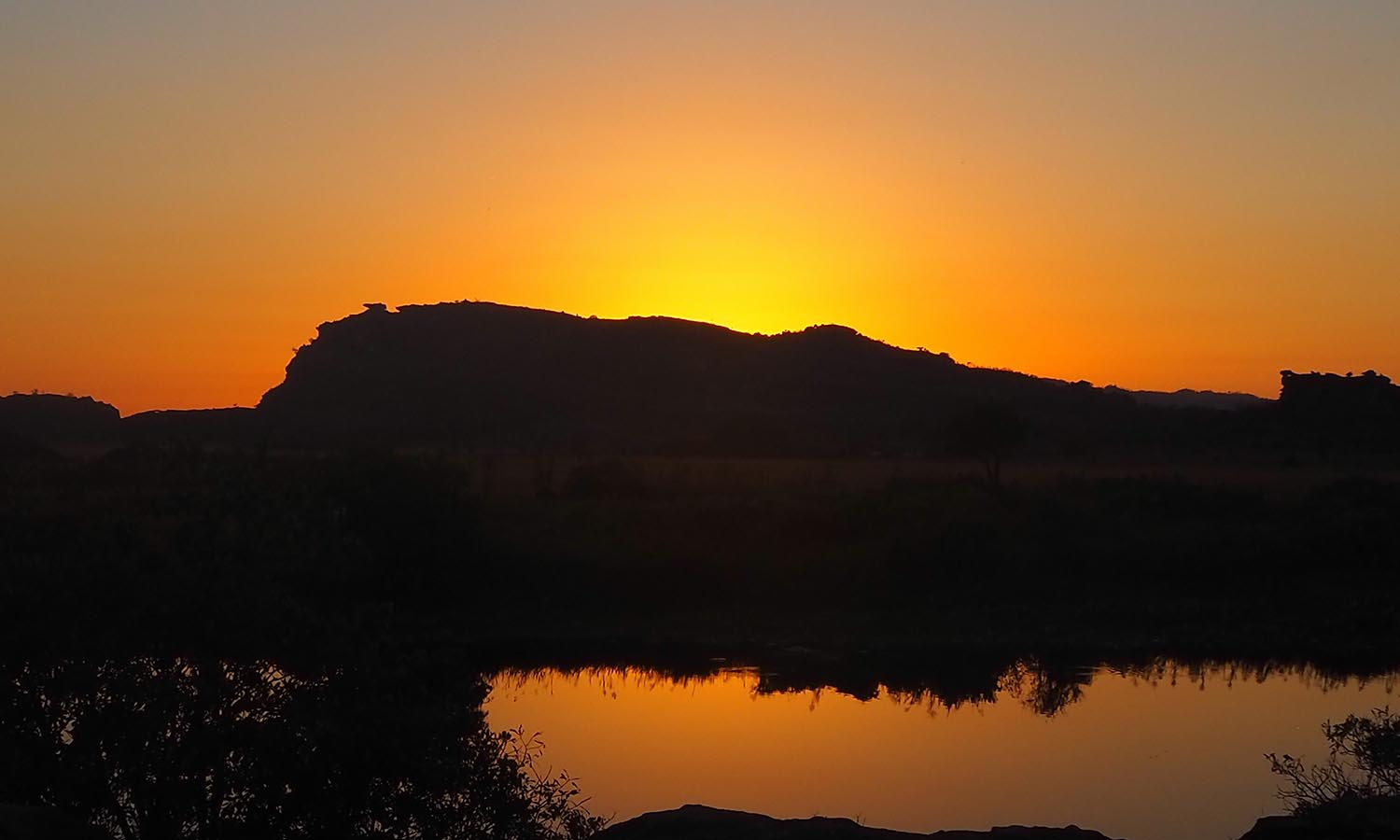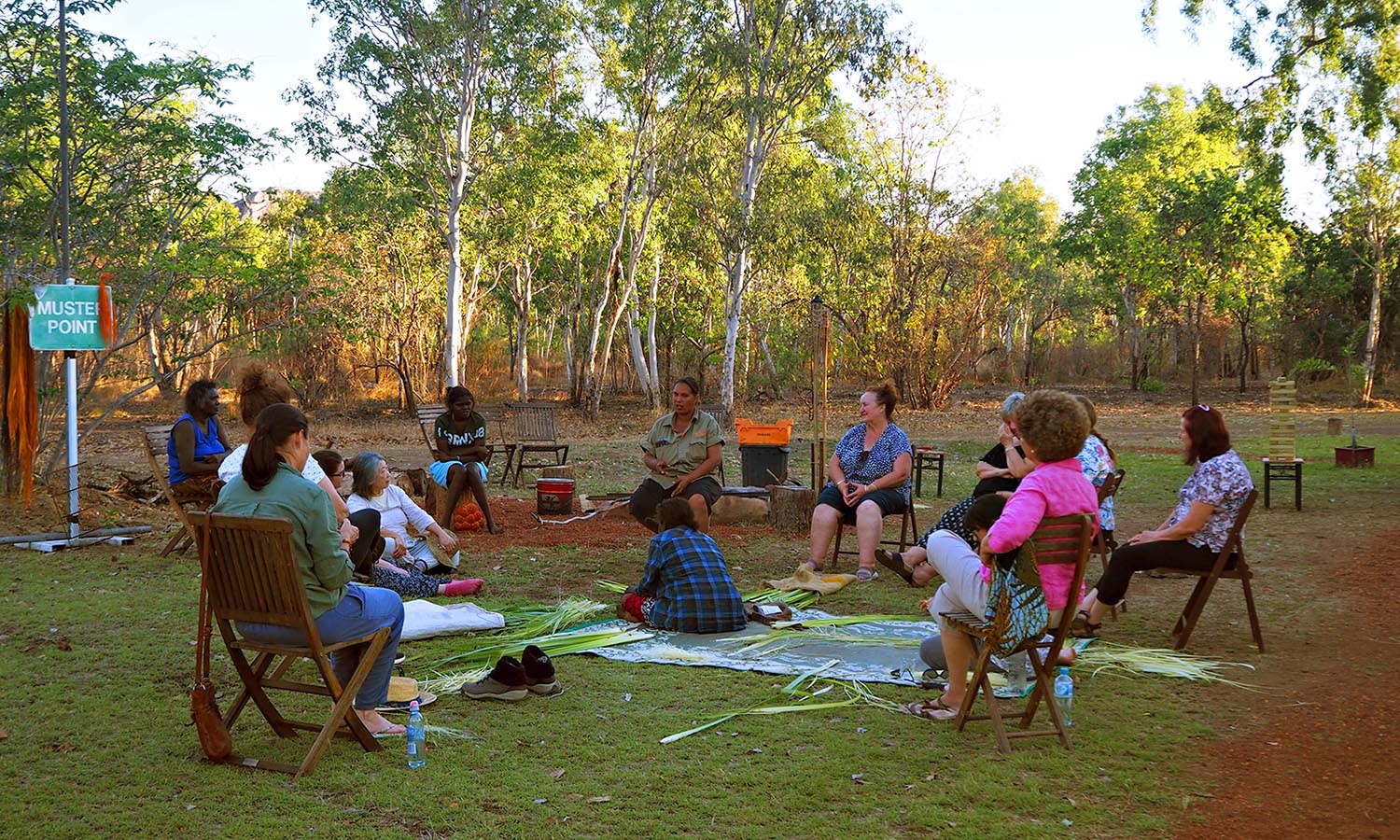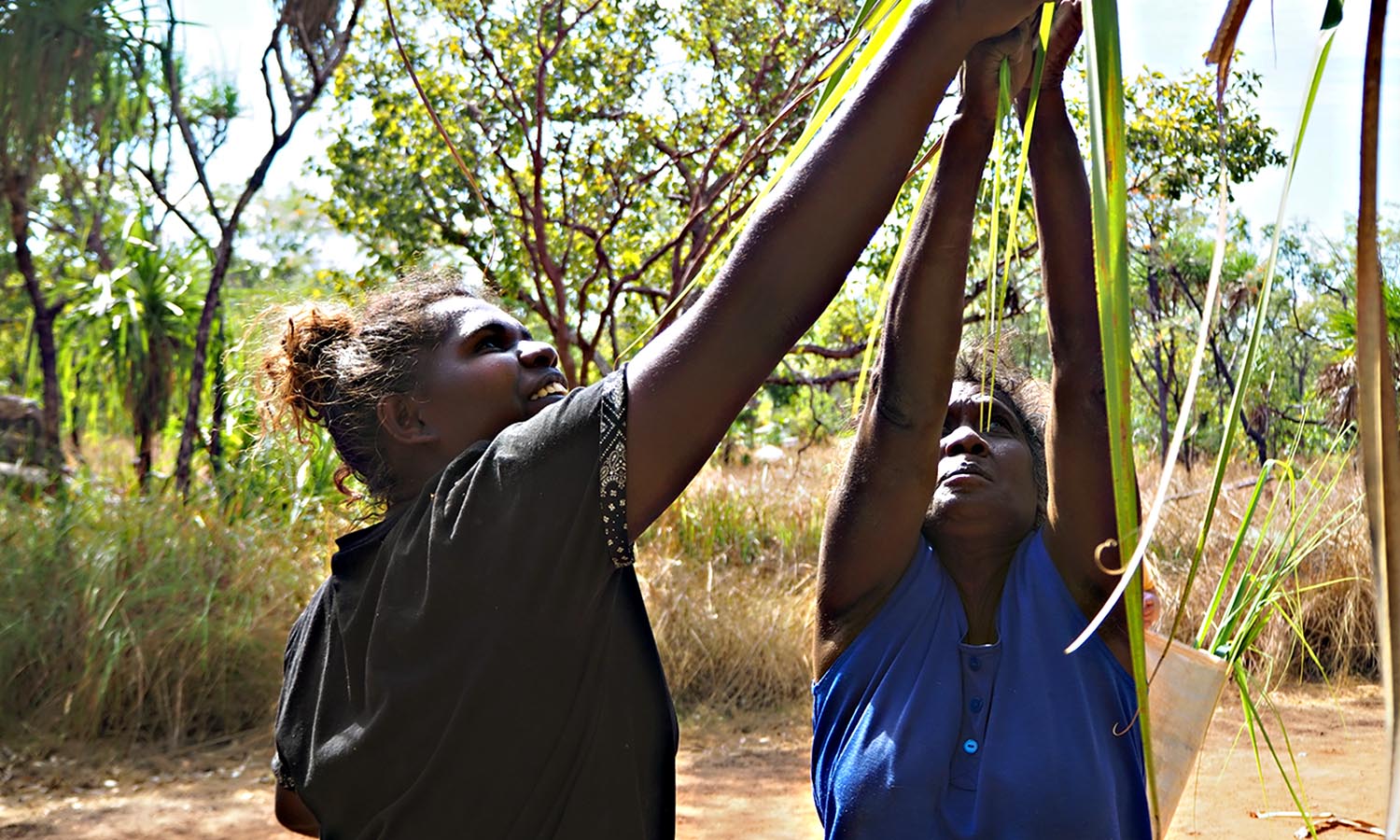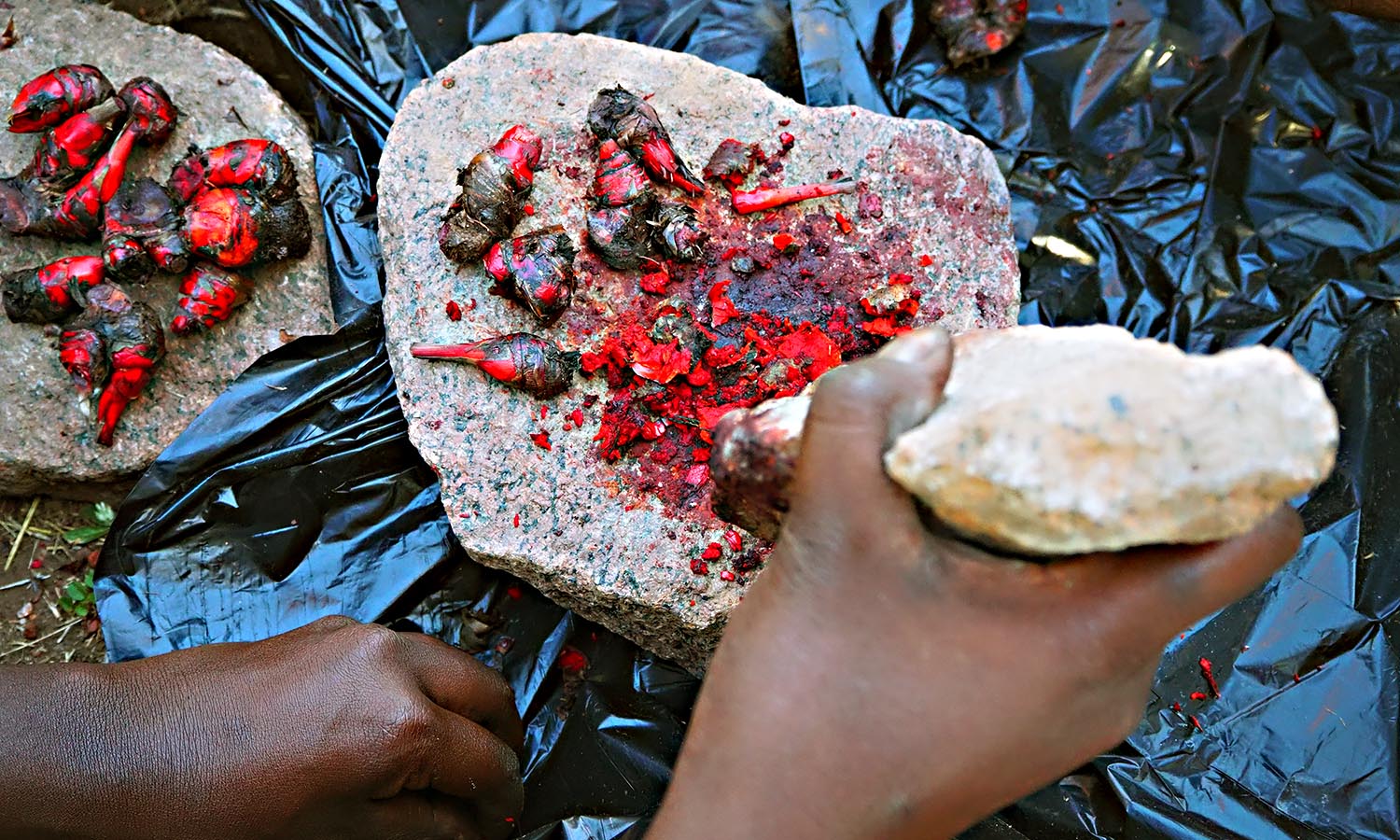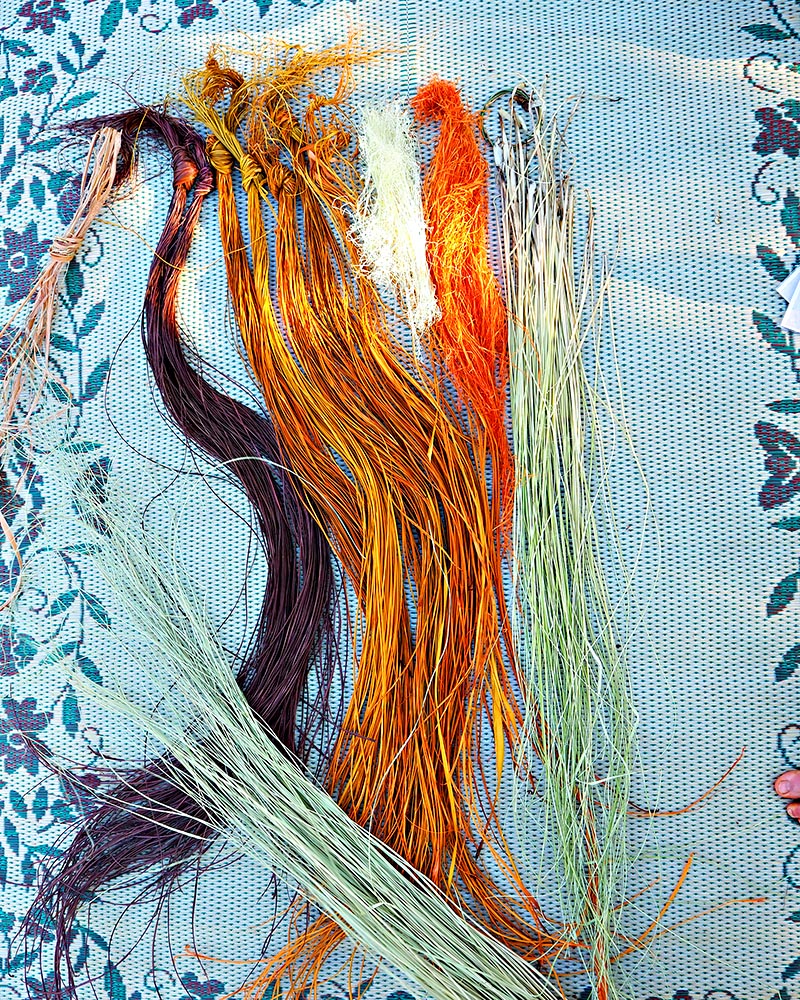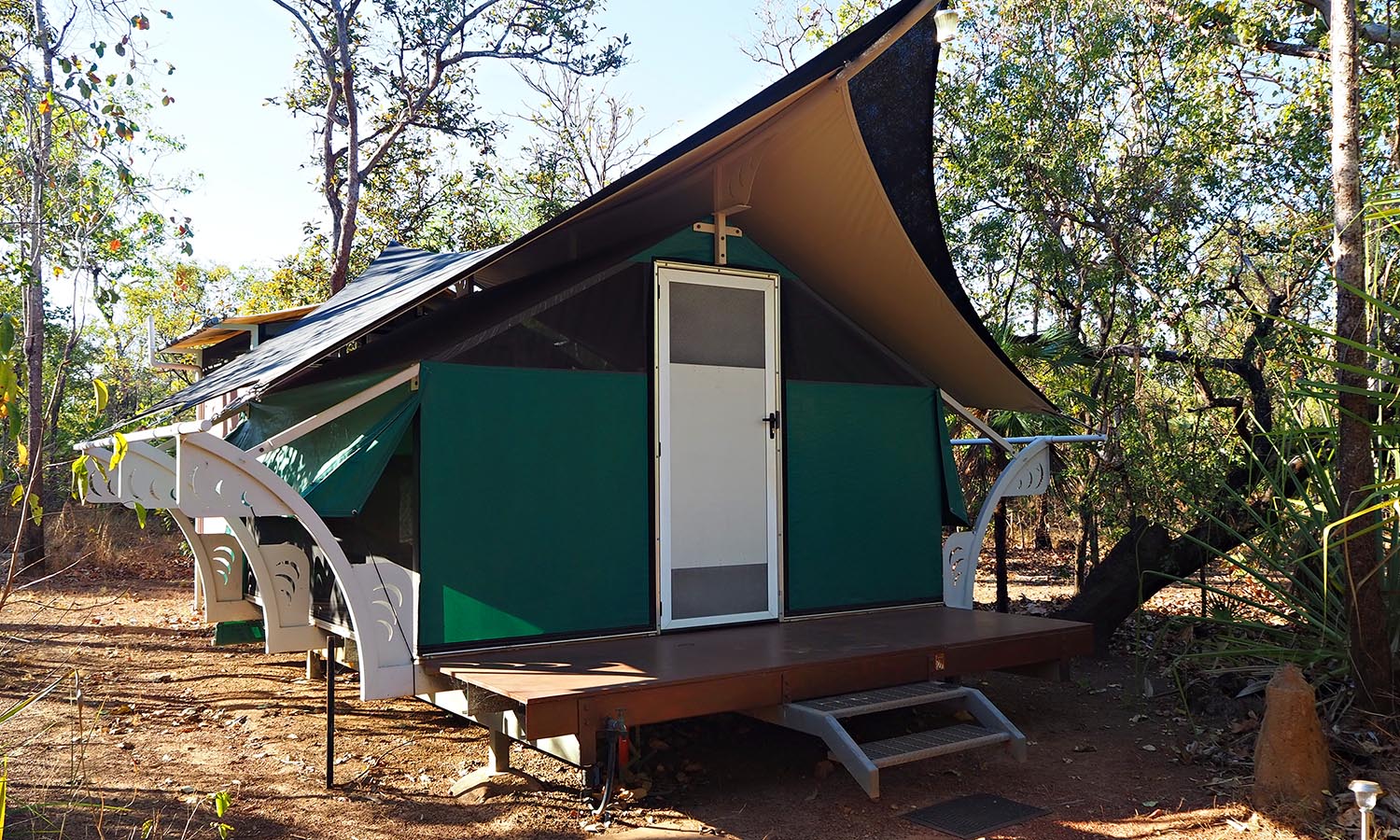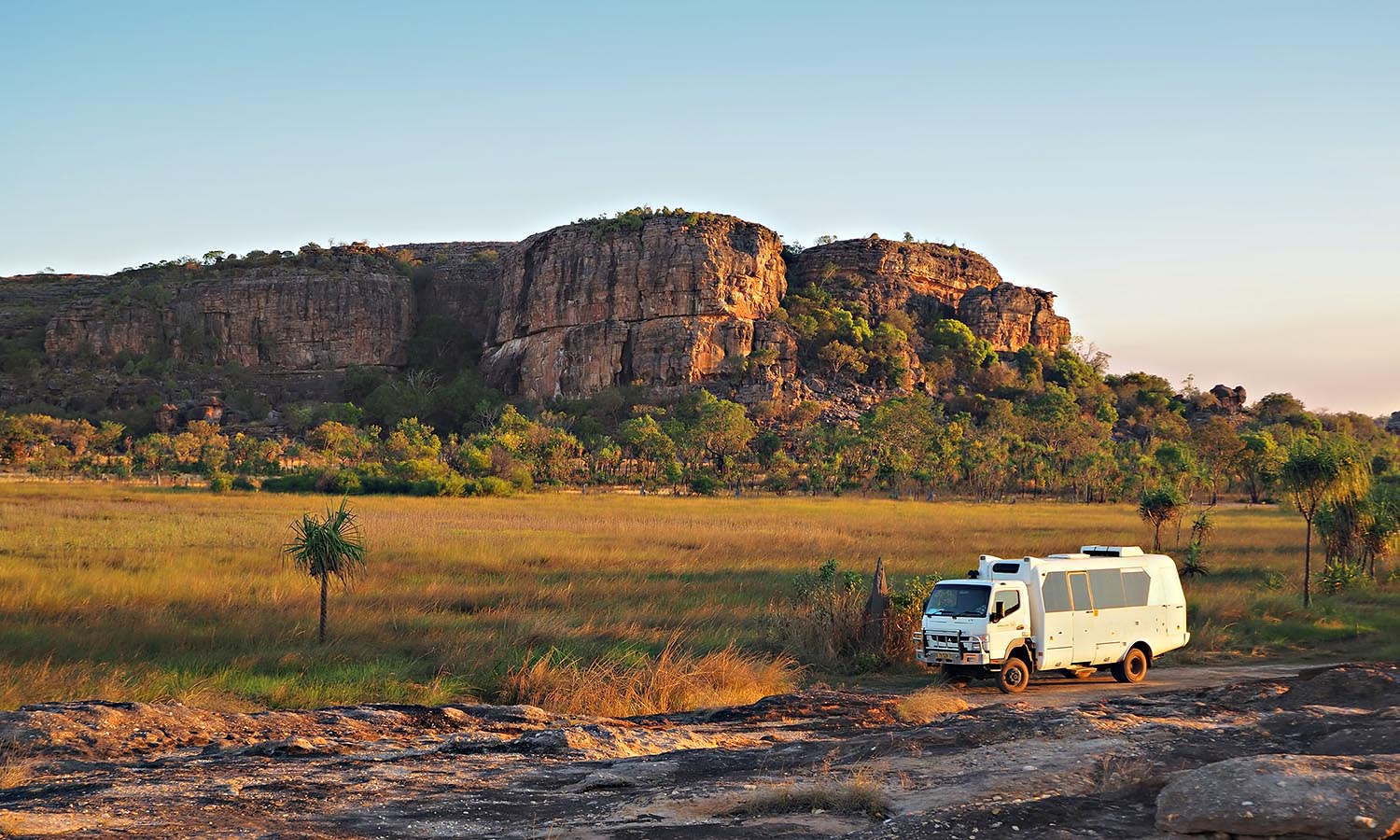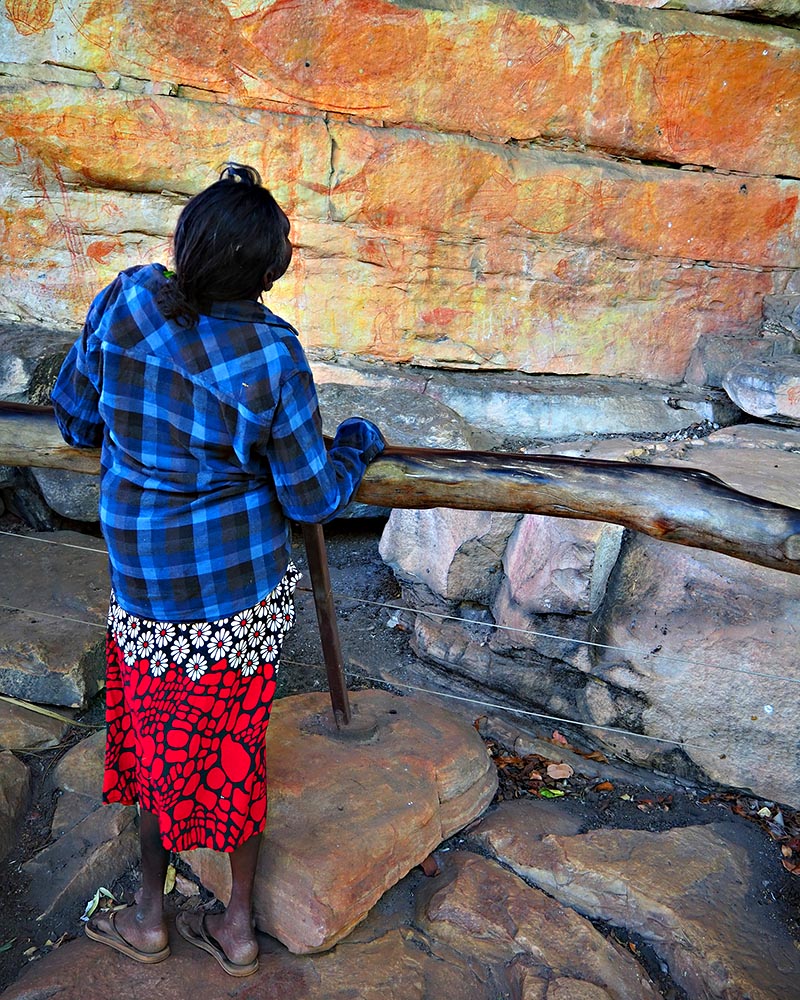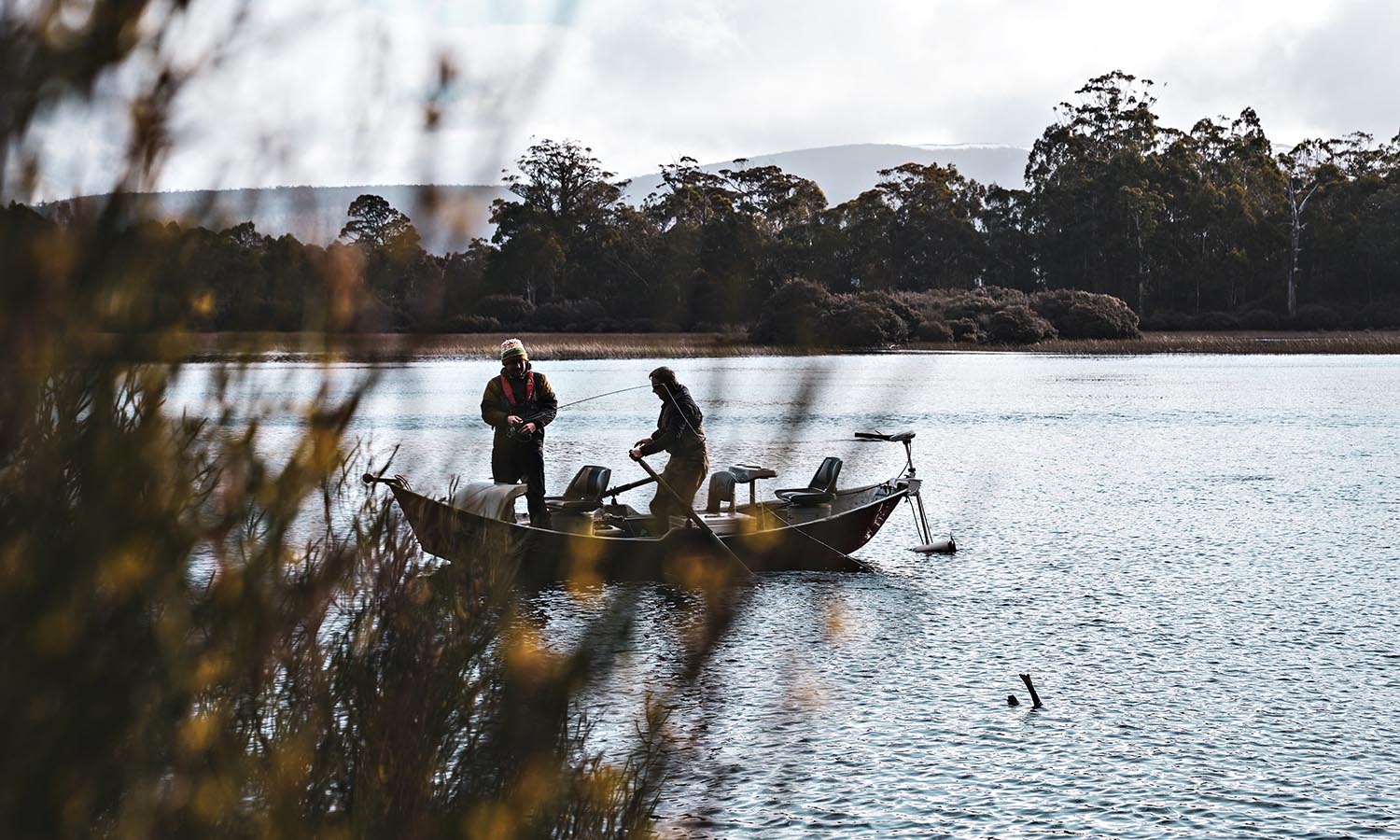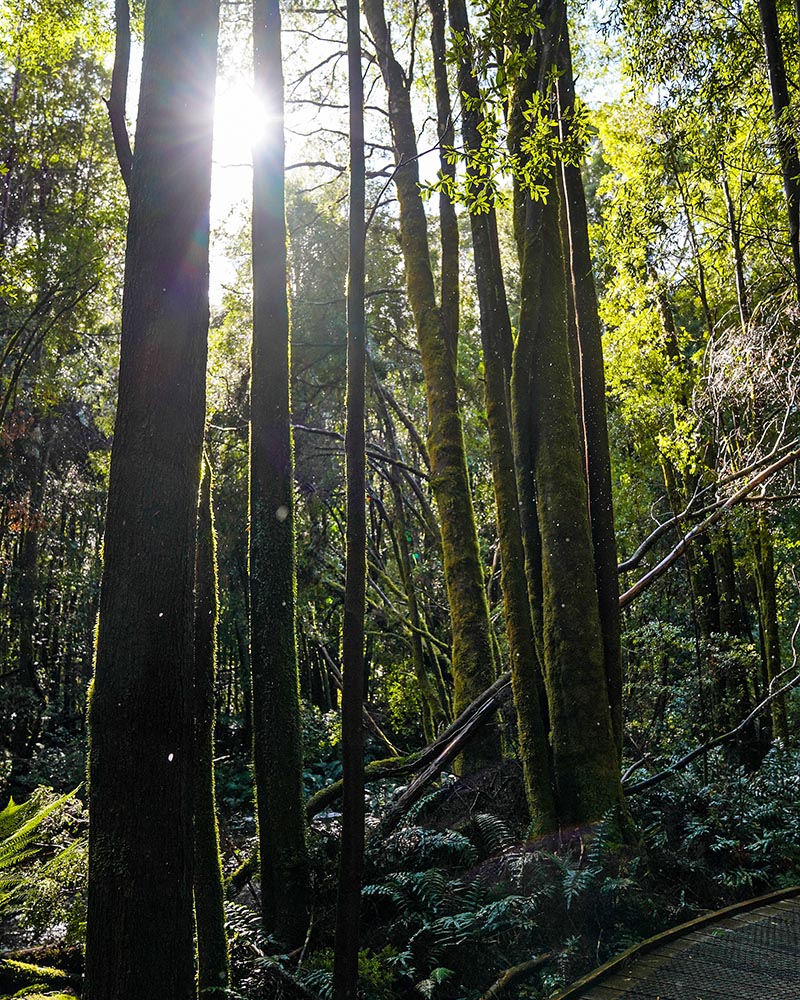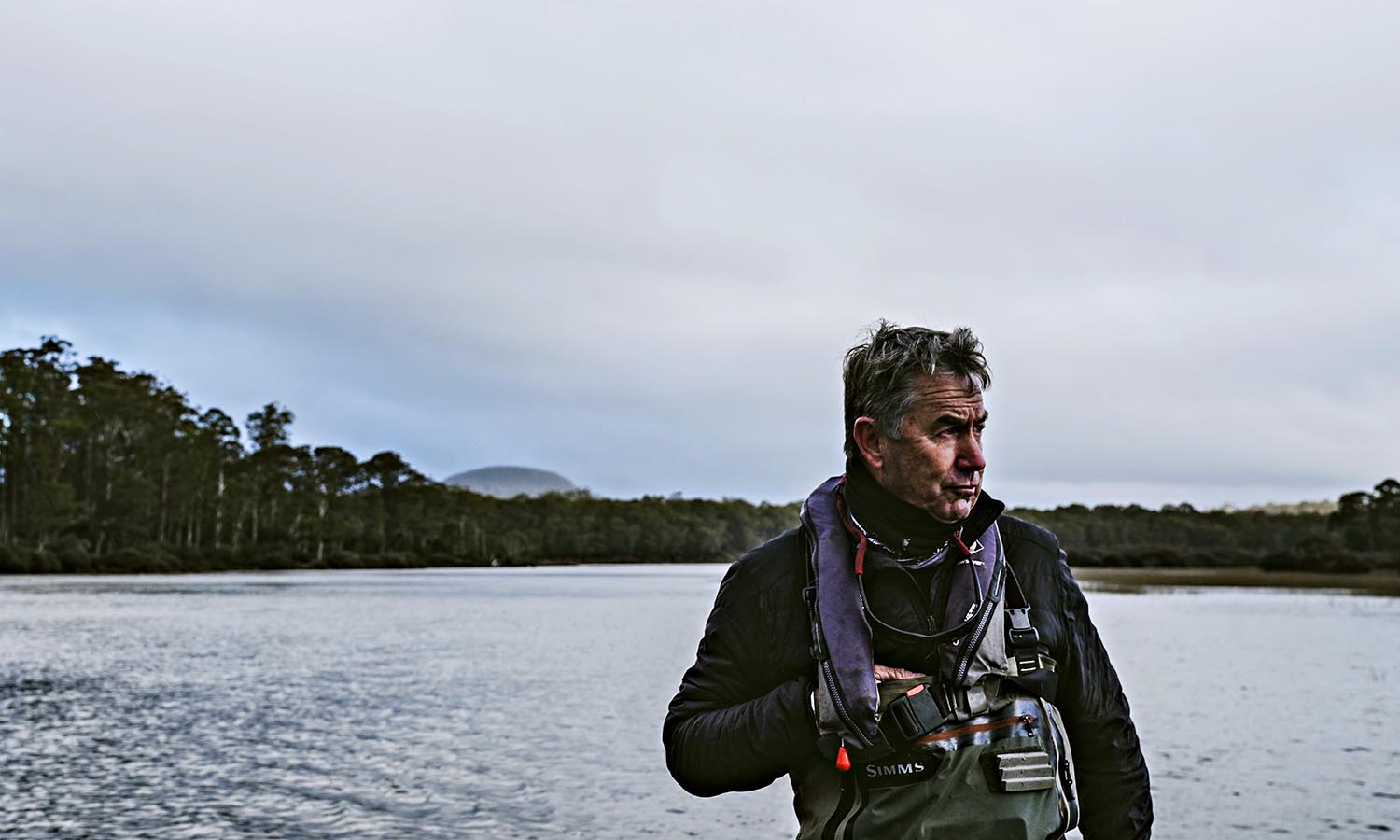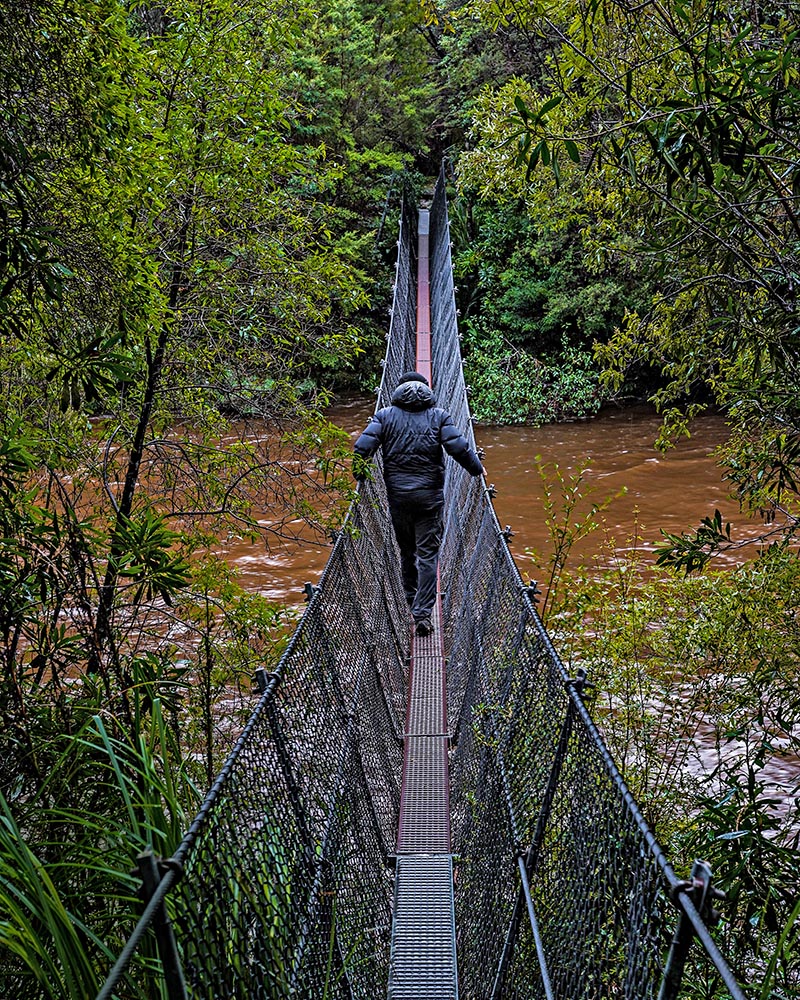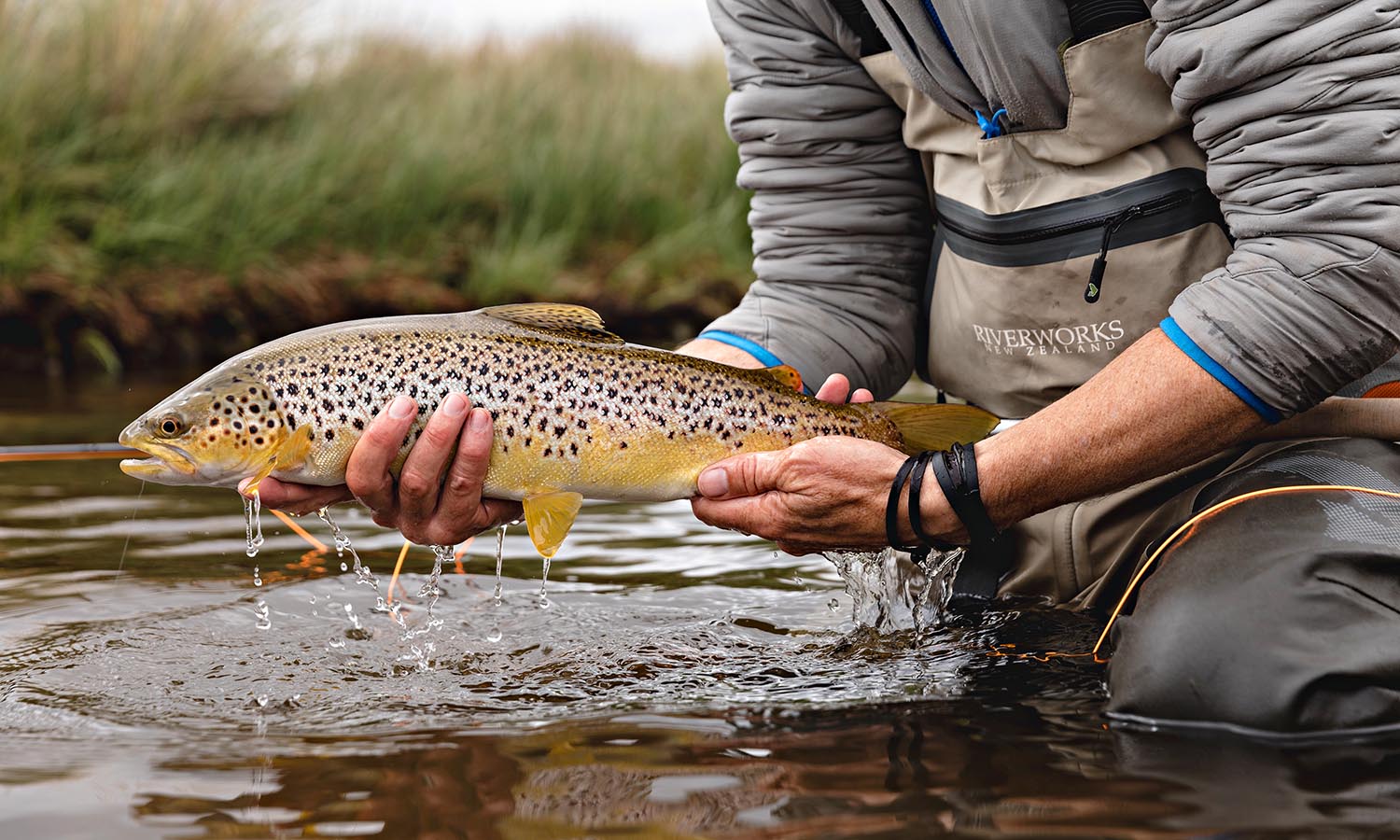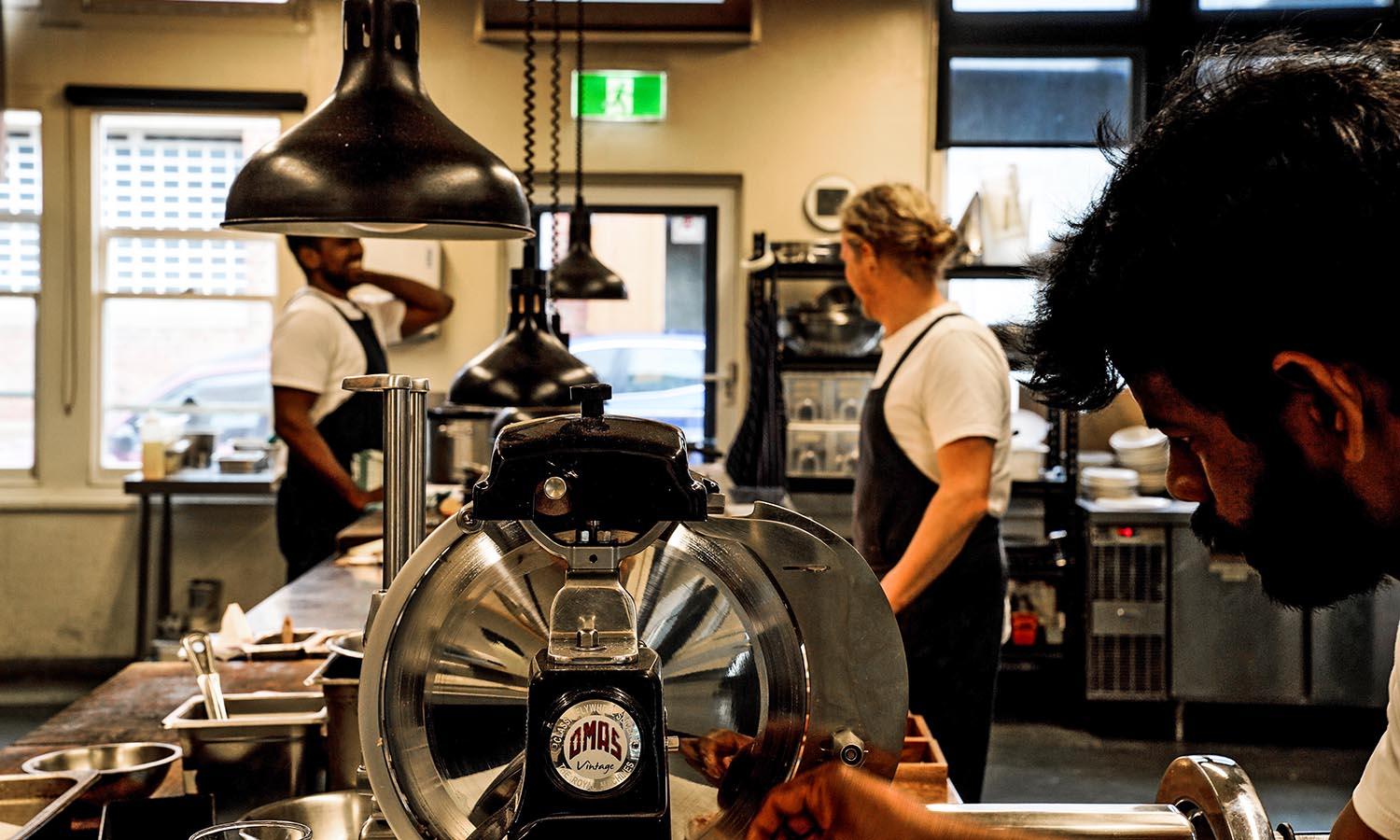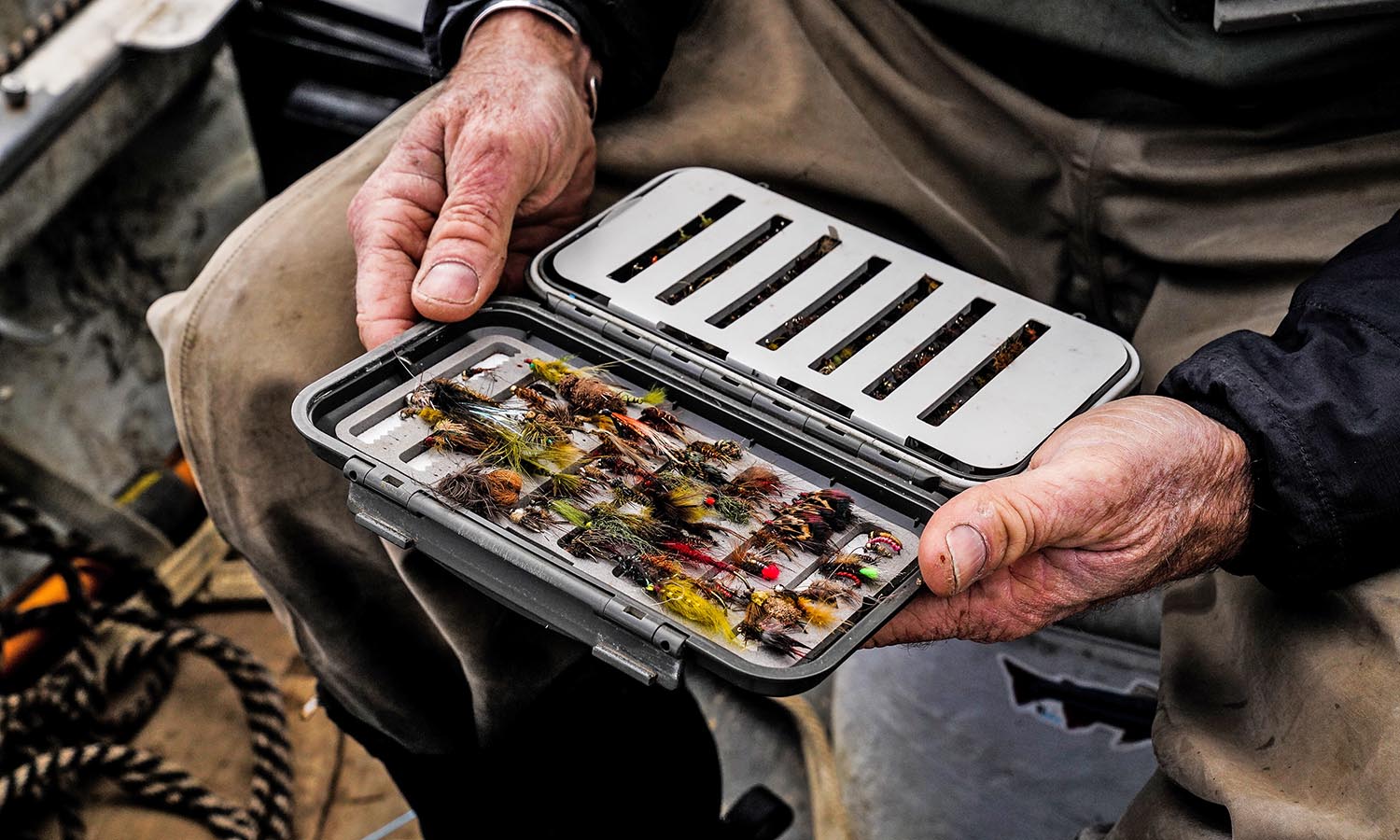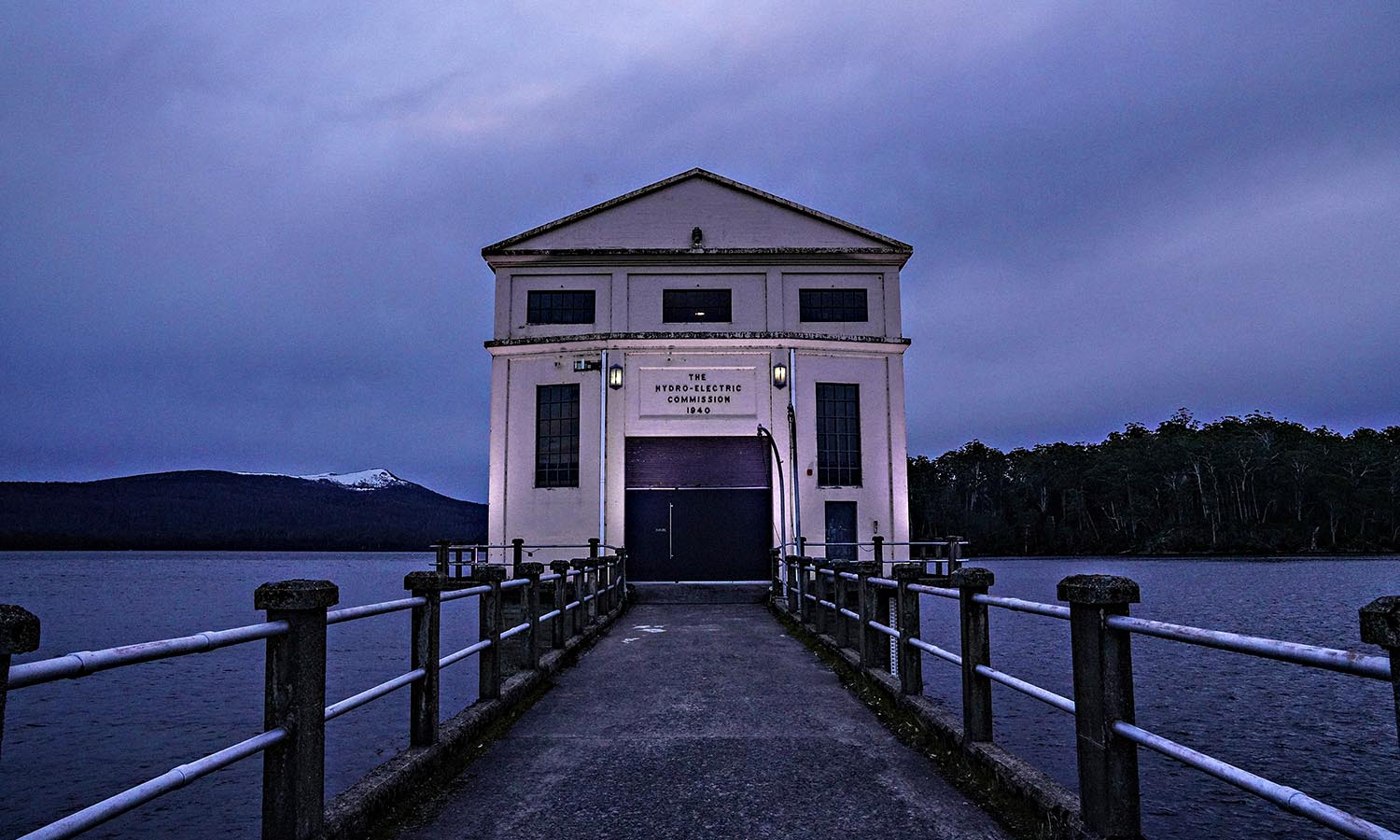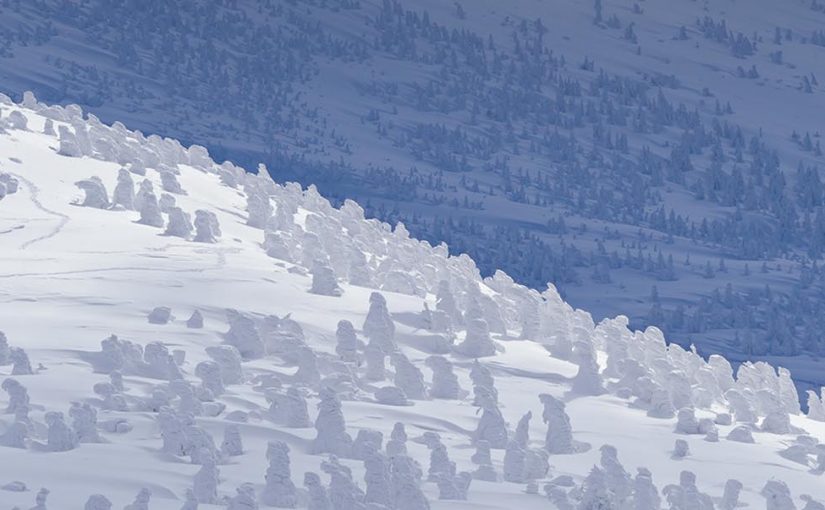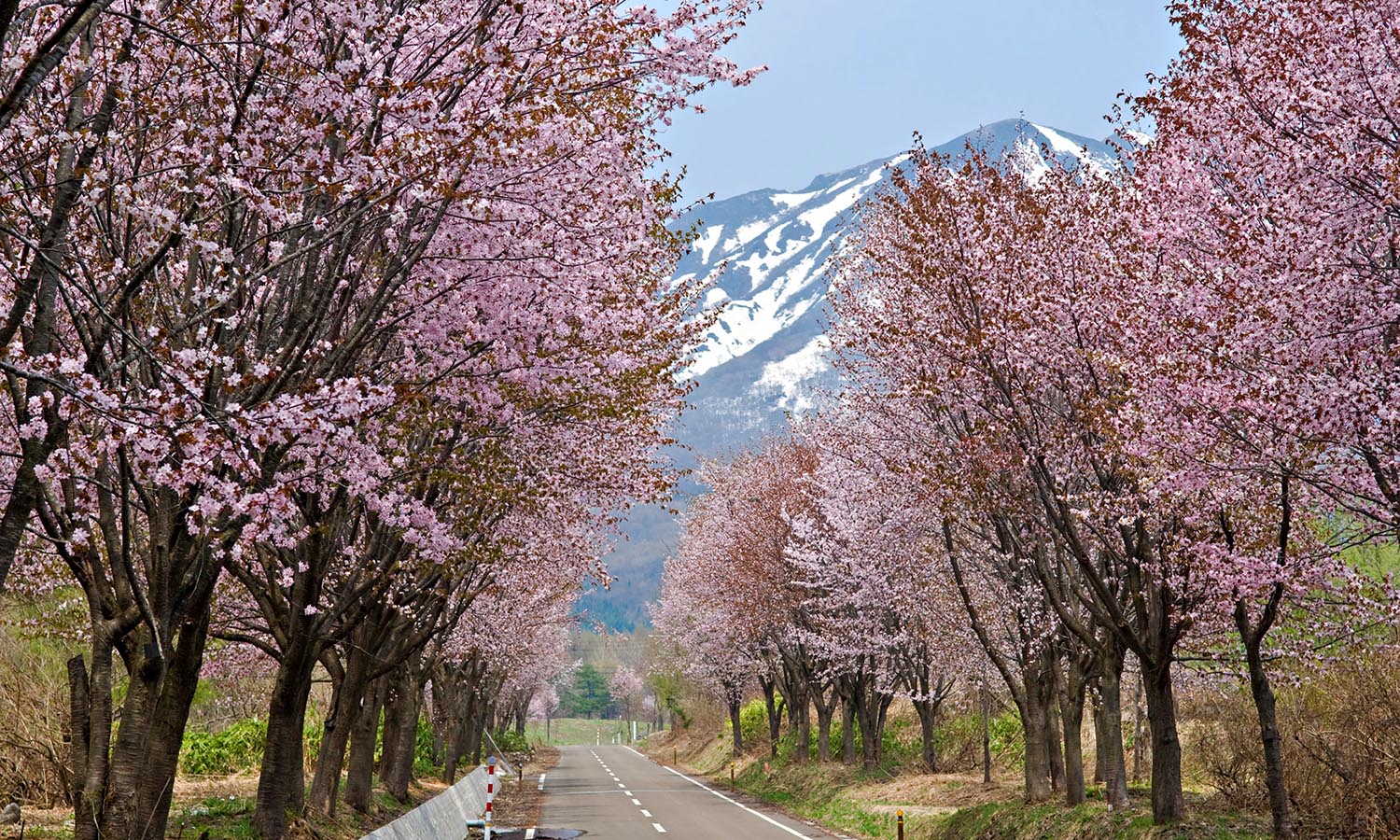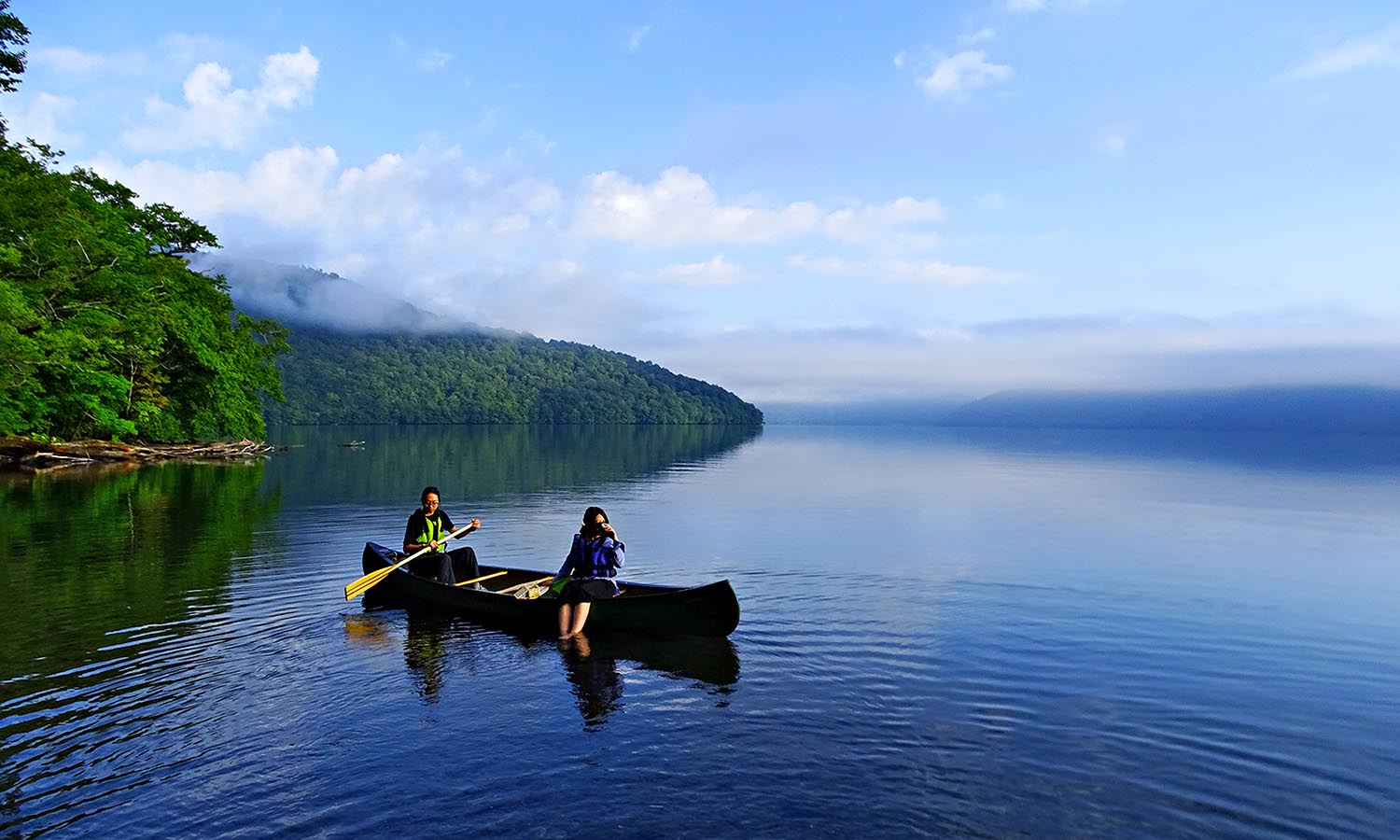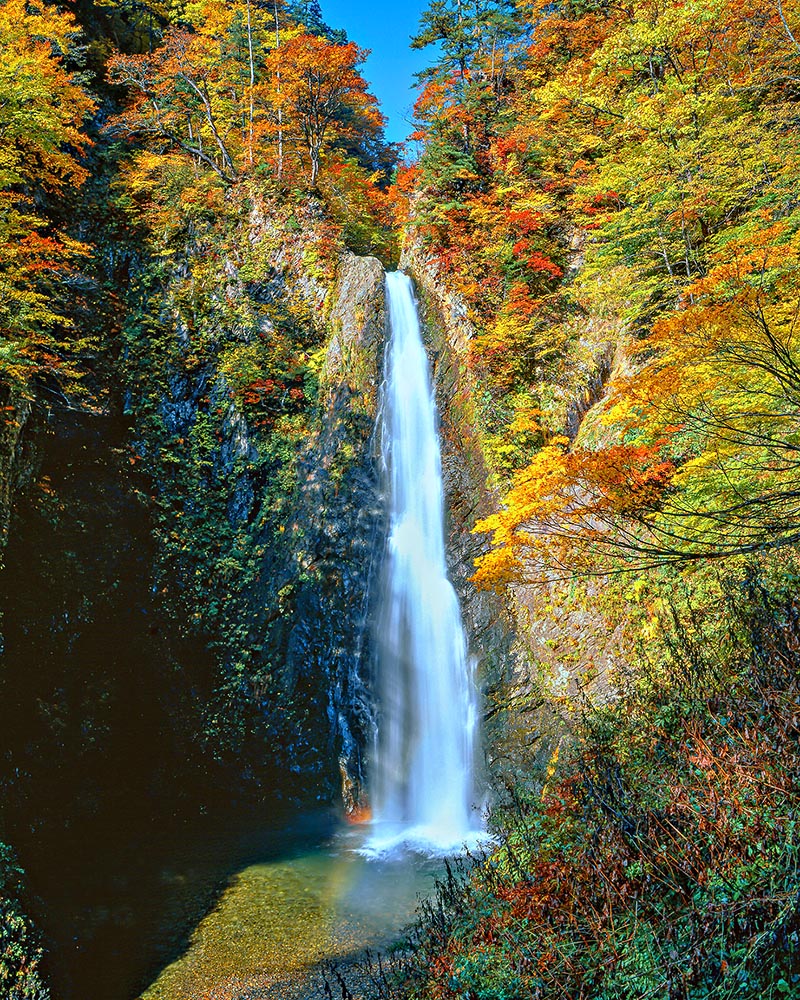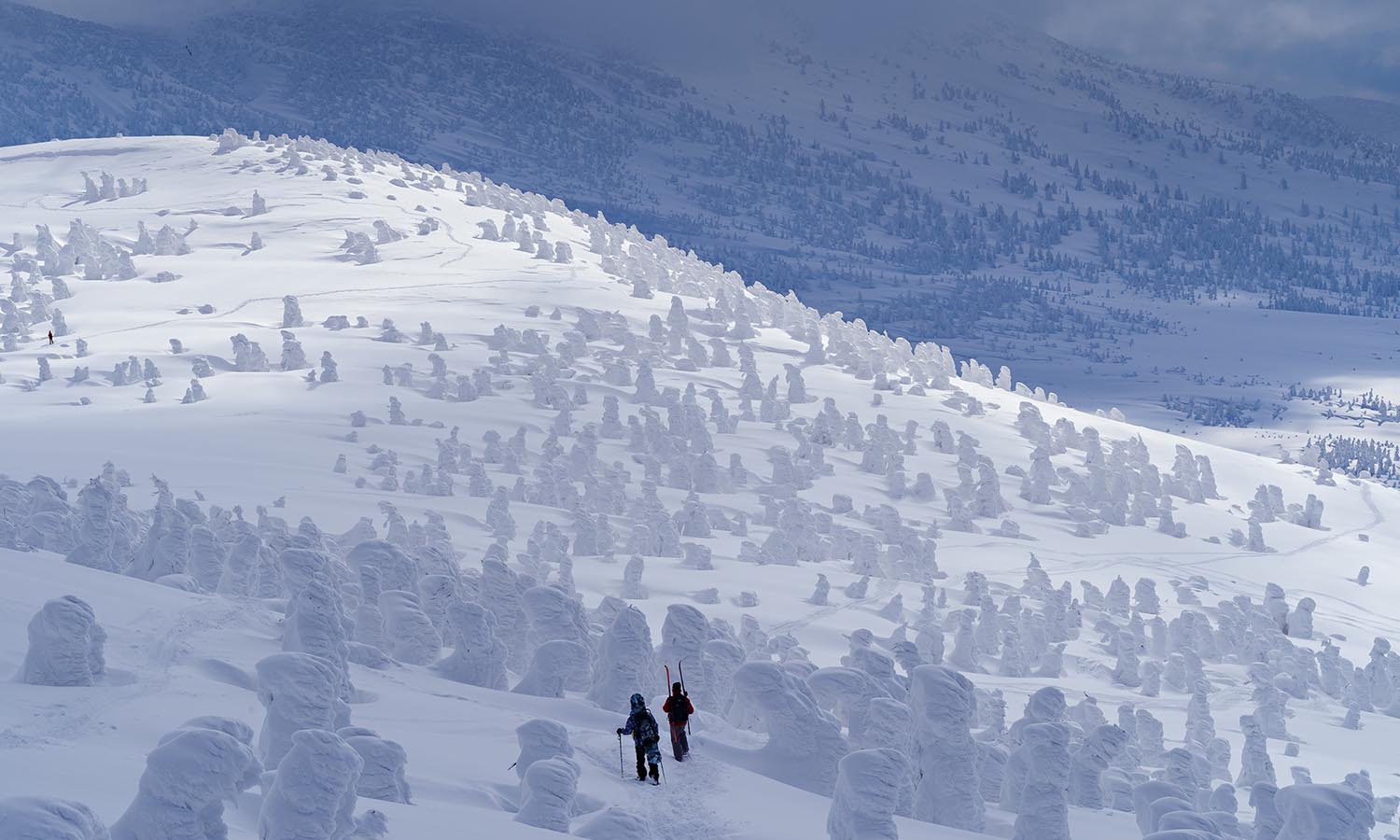

Siegerland, Germany
When the only neighbouring attraction is a service station littered with truckies and fast food restaurants it doesn’t take much to stand out. Yet the Autobahn Church Siegerland goes above and beyond to demand the attention of every passing motorist, with a curious modern design best described as a large, white replica of Batman’s headpiece. Its interior is equally bewitching, with a timber honeycomb dome and simple, box-like chairs. Situated on the busy A45 in Wilnsdorf, an hour’s drive west of Cologne, this chapel offers travellers space to reflect and worship or just relax beside the frantic pace of the motorway. Although this religious edifice is not the only one of its kind (there are some 40 other autobahn churches in Germany), Siegerland is arguably one of the country’s most original. Ducking across the highway for a quick roadside coffee post-sermon will have you revived and ready to hit the open road once again.
King George Island, Antarctica
A crowdfunded Russian Orthodox Church perched at the top of a craggy hill, on an island at the end of the world. No your eyes do not deceive you – this tiny clapboard structure, shackled to the coast, can weather polar winters, and has done so since its consecration in 2004. Situated on one of the most isolated and barren stretches of land on the planet, Trinity Church is manned year-round by two priests who hail from the Trinity Lavra of St Sergius, which is said to be the most important monastery in all of Russia. Aside from delivering mass to the resident population (which fluctuates between 100 denizens in winter and 500 in summer) the clergymen stationed here are also responsible for the occasional baptism and even wedding. The surreal surrounds of this lone sub-zero church might just offer churchgoers a spiritual awakening.
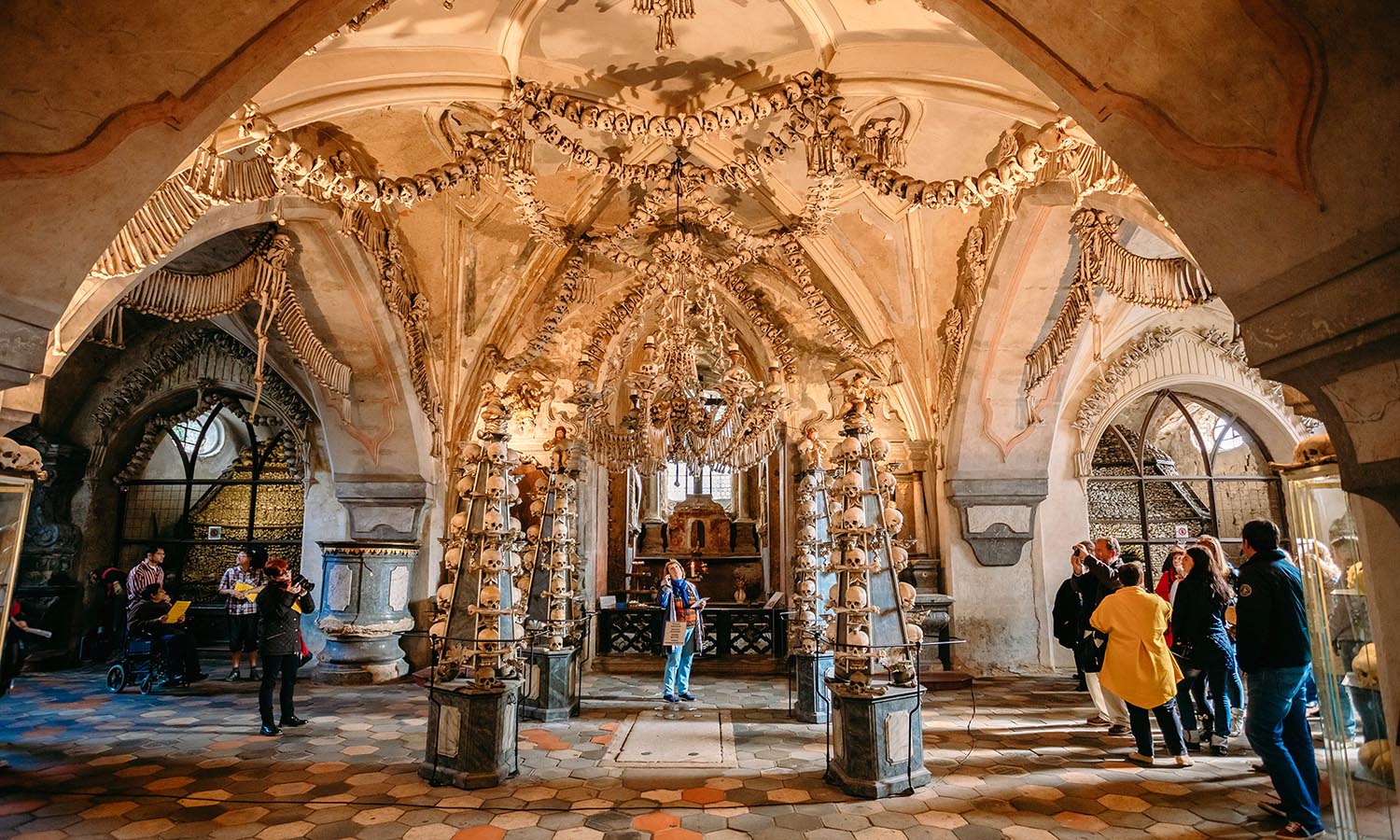

Kutná Hora, Czech Republic
When life gives you human remains, make art. That appears to be the principle woodcarver František Rint followed when he revamped the Sedlec Ossuary in the 1870s. His interior design arsenal? Tens of thousands of bones. And the result? A spellbindingly macabre interior festooned with skulls, femurs and tibias. Even the imposing candelabras, coat of arms, chalices and bunting are fashioned out of skeletons from the plague of 1318. Located in the suburbs of the UNESCO World Heritage-listed city of Kutná Hora, about an hour’s drive east of Prague, this small Roman Catholic chapel was originally built in 1400. For anyone touring Europe and suffering from a serious case of church fatigue, this kooky house of worship will no doubt offer some respite.
Eureka Springs, Arkansas
Almost abandoned due to lack of funds, the glorious 15-metre tall Thorncrown Chapel is a feat of both persistence and faith. Back in the 70s, retired schoolteacher Jim Reed noticed tourists frequently roamed through his property to scope out the beauty of the Ozark Mountains. Rather than fence them out, he teamed up with renowned architect E. Fay Jones to develop Thorncrown, a place of worship immersed in a forest of oaks, pines and maples. As soon as it opened in 1980 the structure began raking in accolades, including the Design of the Year Award bestowed by the American Institute of Architects in 1981. Constructed with 425 windows holding 152 metres of glass and a roof soaring to the heavens, the building blends in with its surroundings so well that you’ll forget you’re inside a church. Settle into a pew atop the stone floor and worship at the altar of Mother Nature.
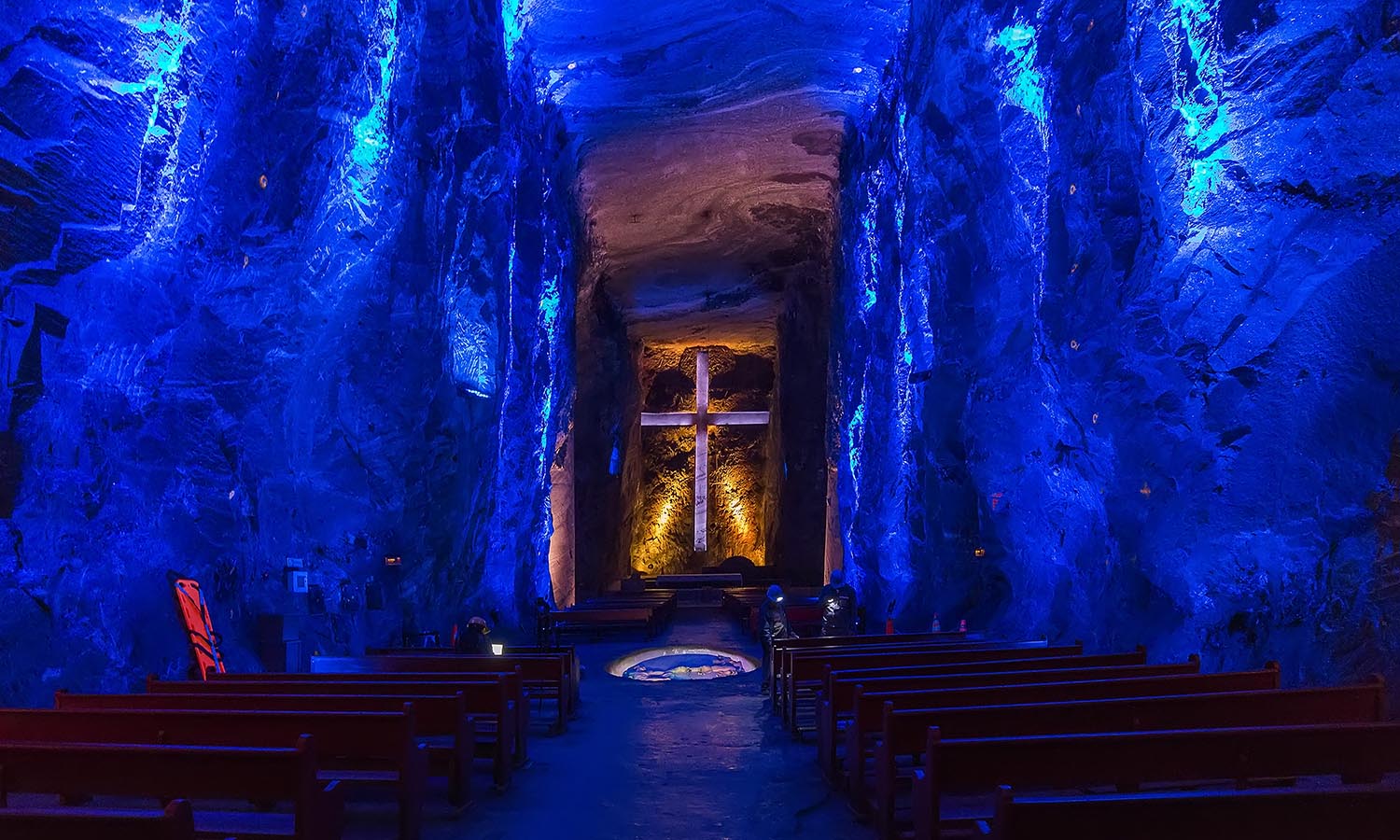

Zipaquirá, Colombia
Who would’ve thought that Berlin warehouse rave-style lighting and religious symbology could intertwine so harmoniously? Colombian Catholics appear to have stumbled upon this exact enlightened conclusion 25 years ago, while transforming an abandoned salt mine into an illuminating site of supplication. The glowing lights add more than a dash of the 90s to the cavernous space that featured a (rather more modest) holy site even in the 30s, when miners would pray before a day of hard labour. Now you no longer need to don a hard hat – or fear for your life – to journey to its depths, 180 metres underground. Instead you can simply marvel at its 14 small chapels and carved salt sculptures, such as a five-metre tall cross, all dedicated to Our Lady of Rosary, the patron saint of miners. Should you ignore basic hygiene and sneak a quick lick of the cathedral’s walls, you’ll taste 250-million-year-old salt. And if all that sodium’s left you thirsty there’s even Colombian coffee on offer in an adjoining subterranean cafe.
 (
(
